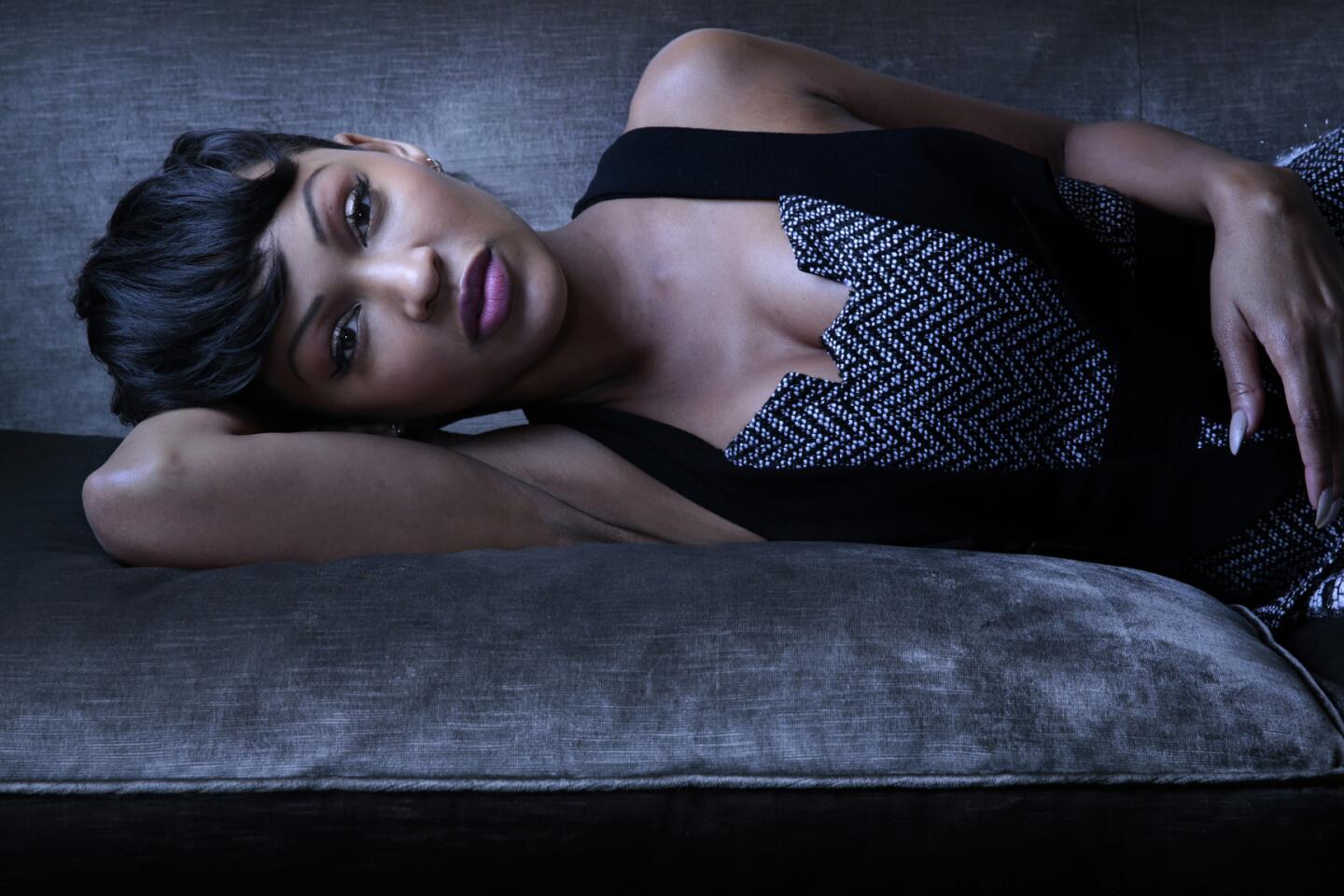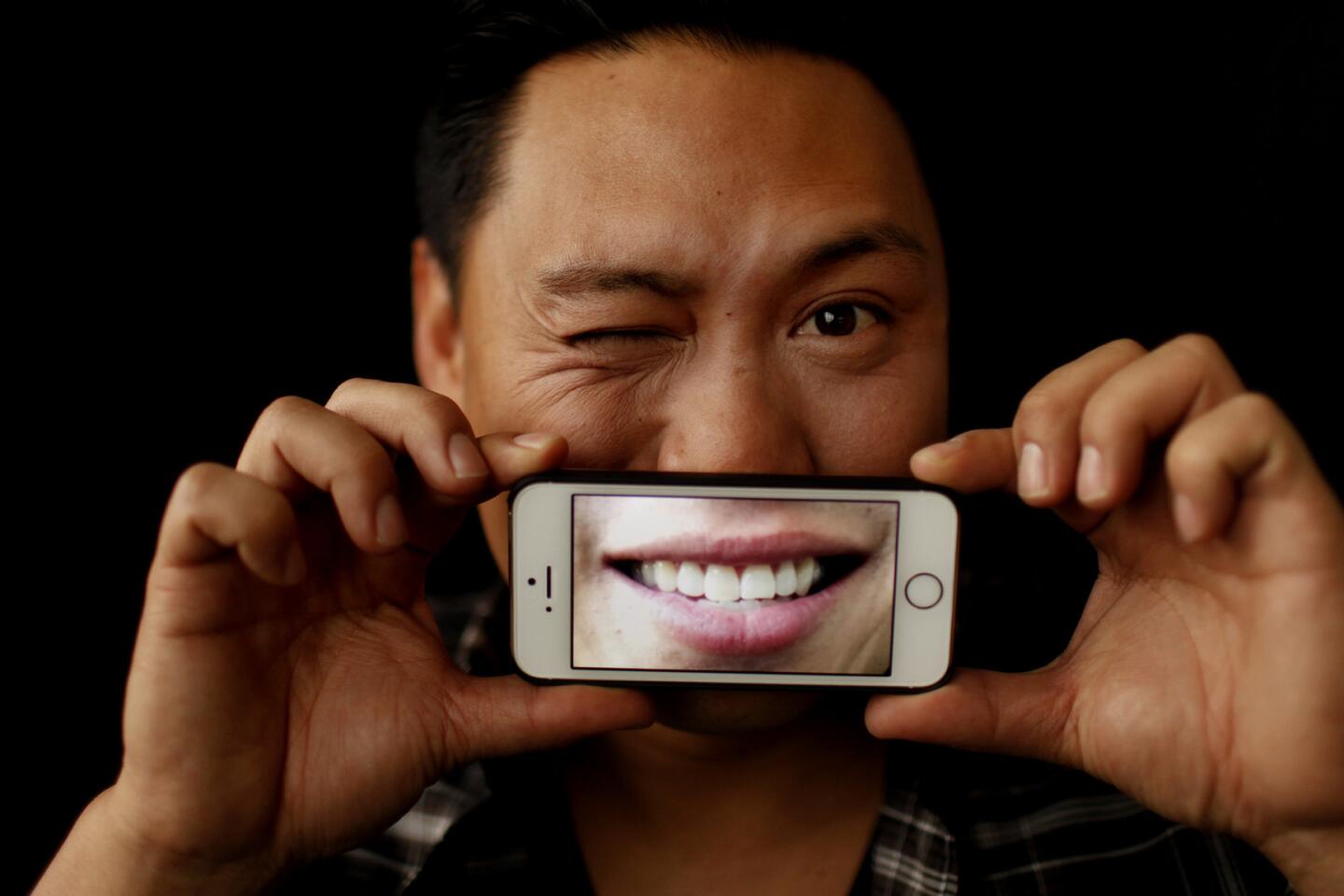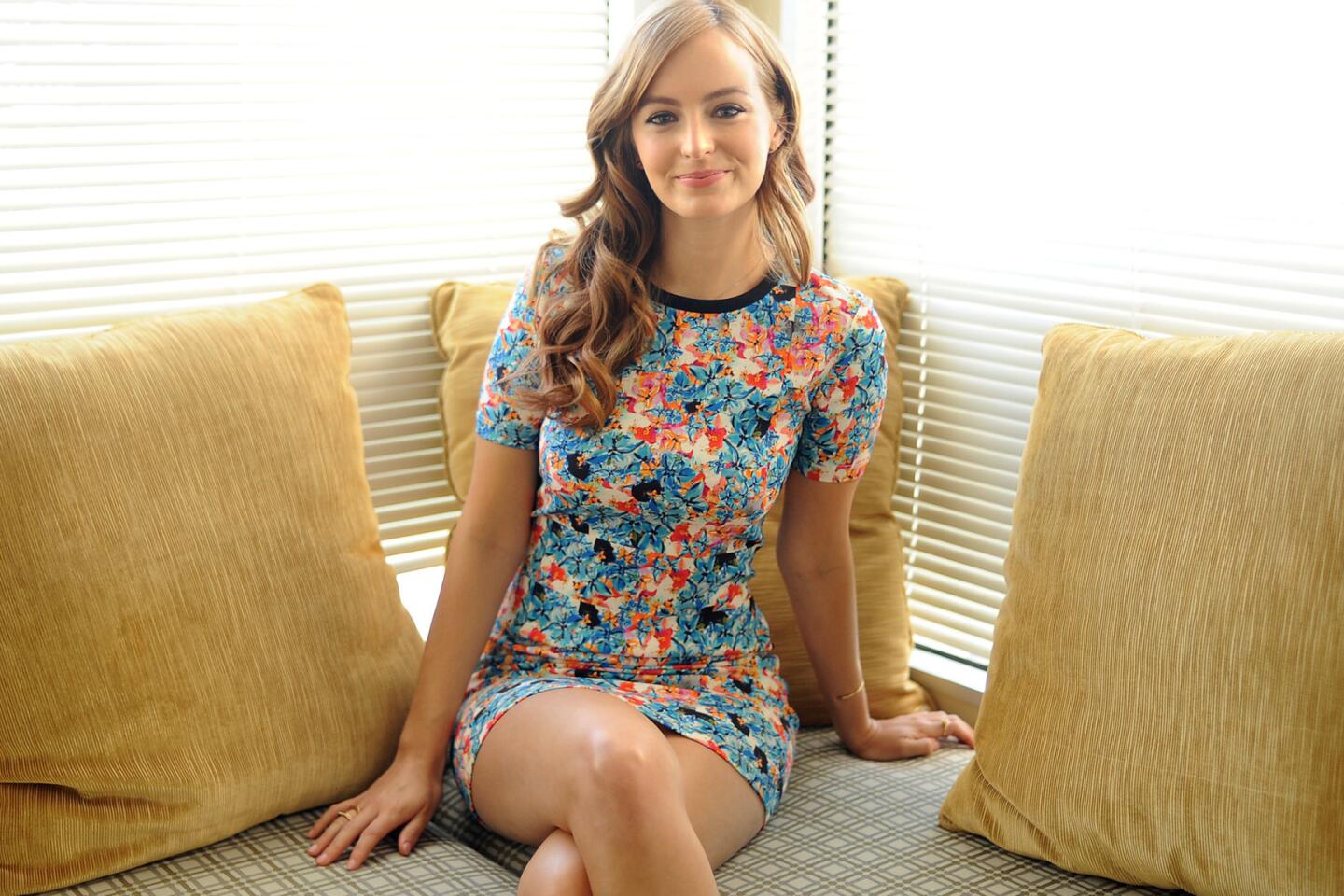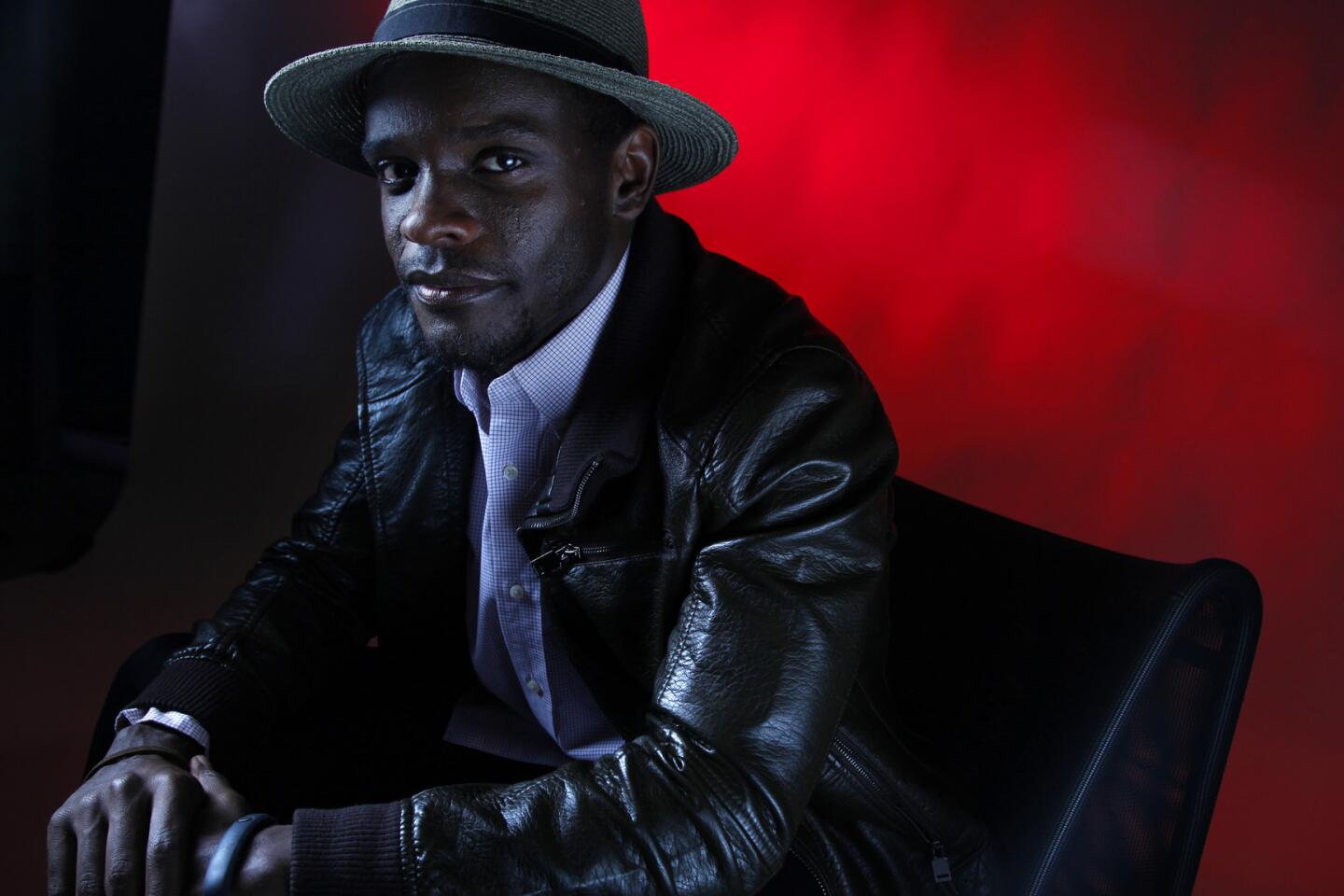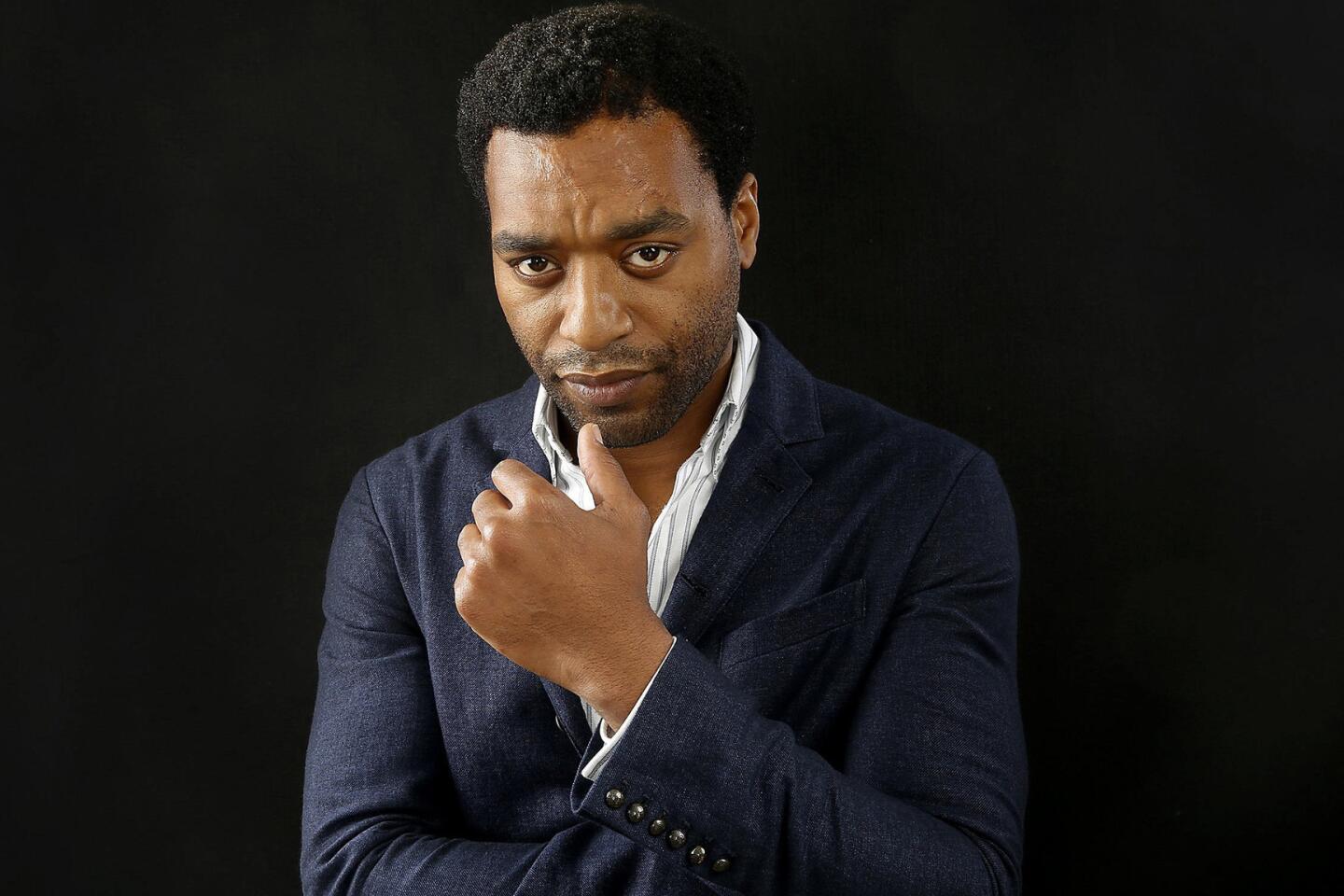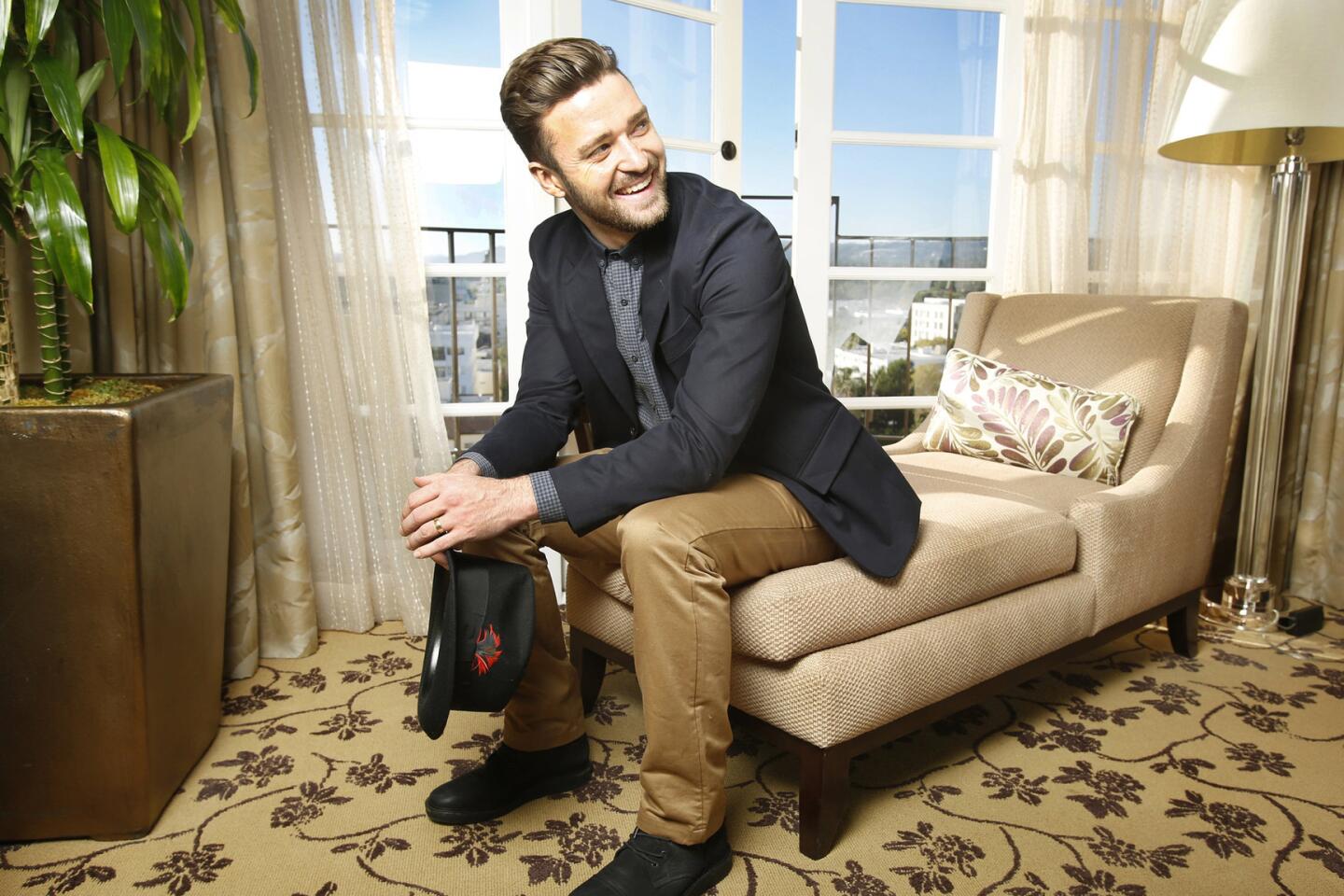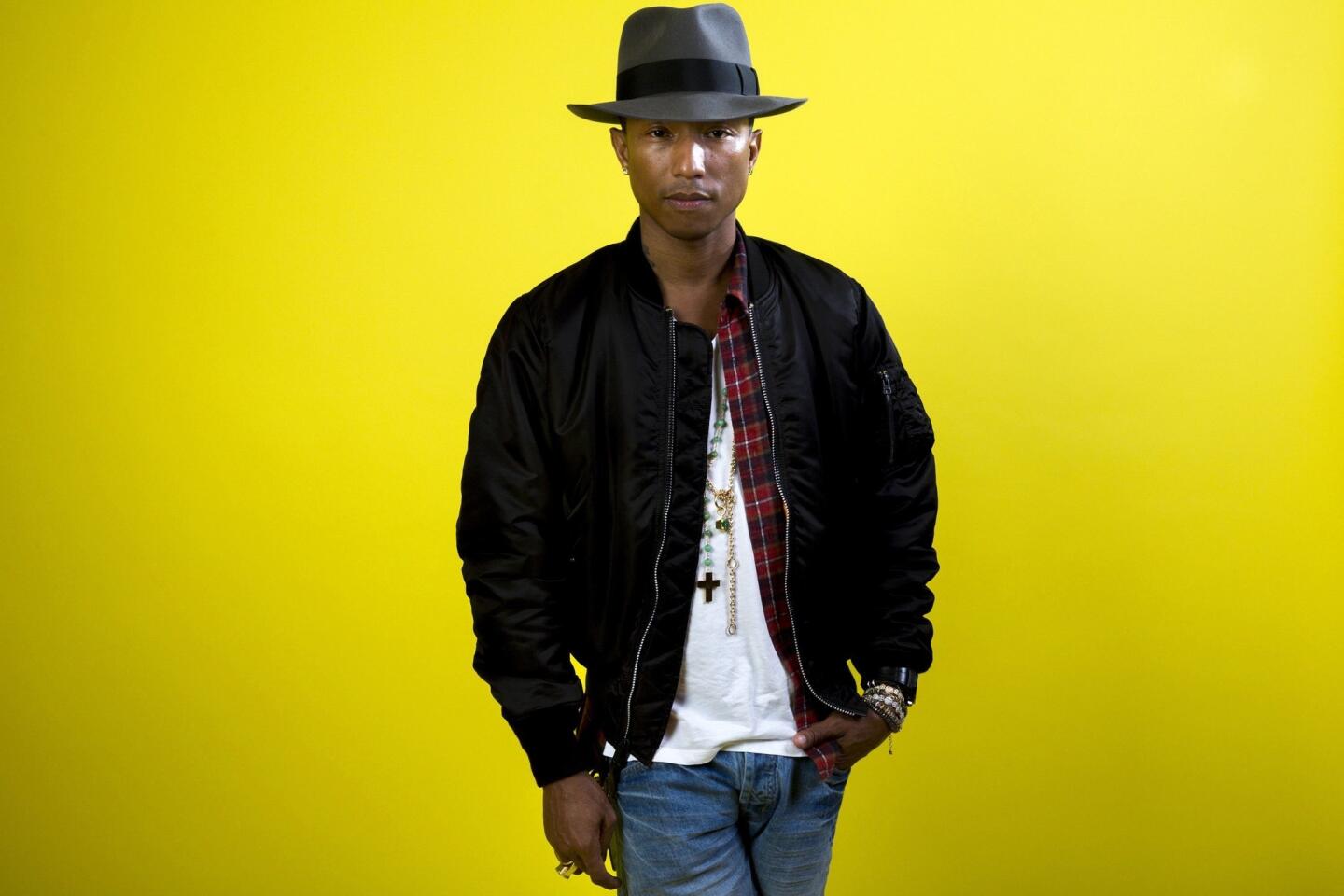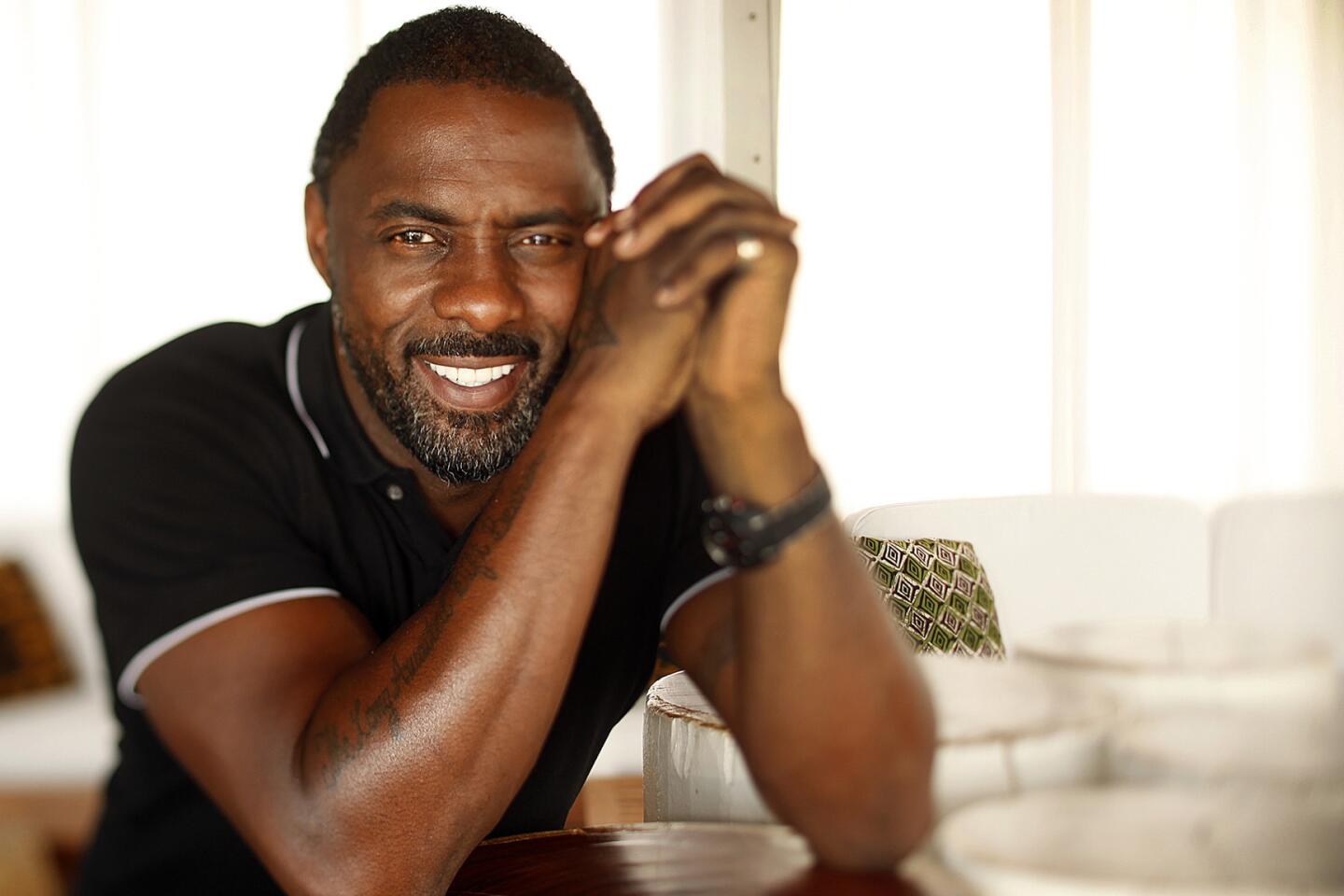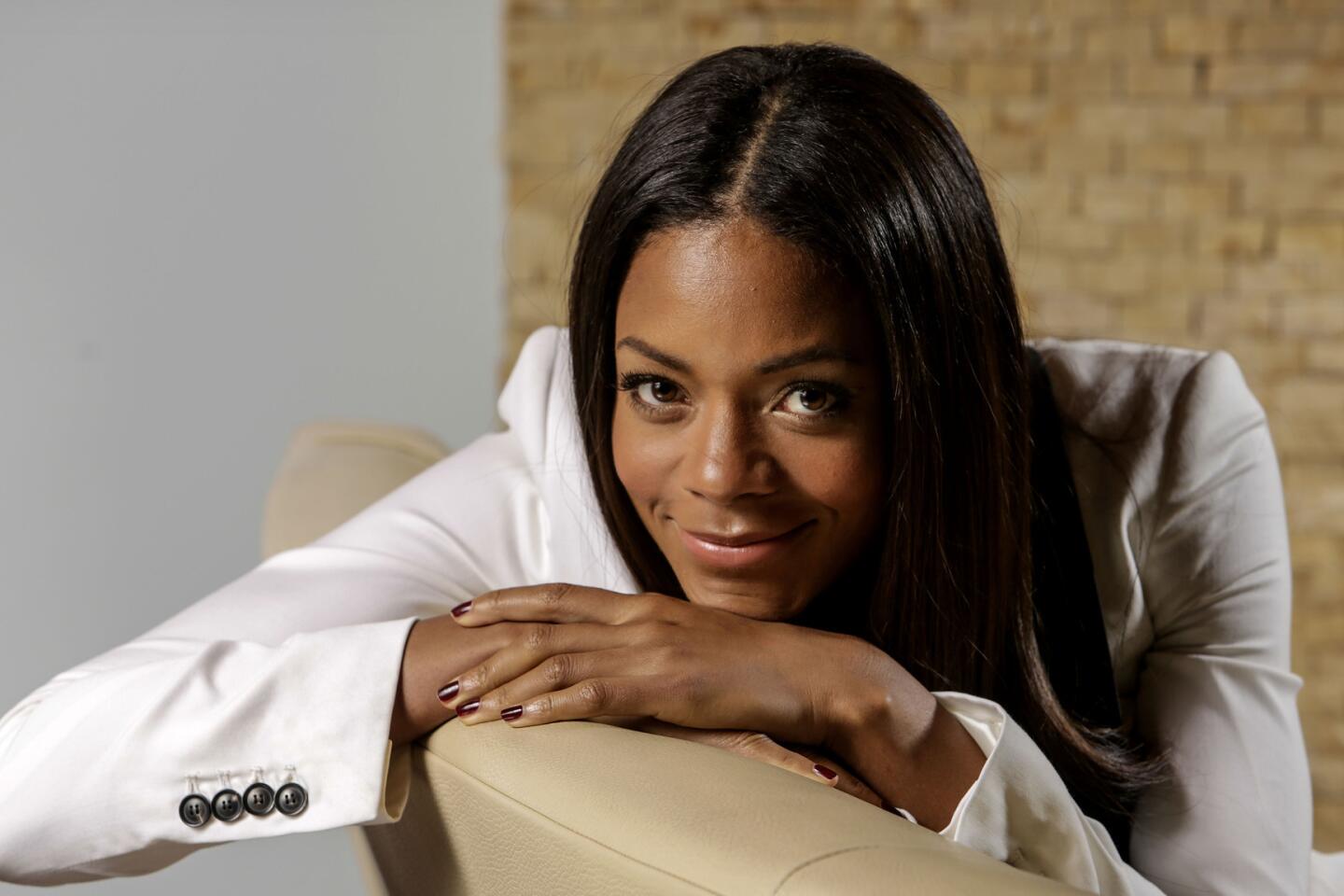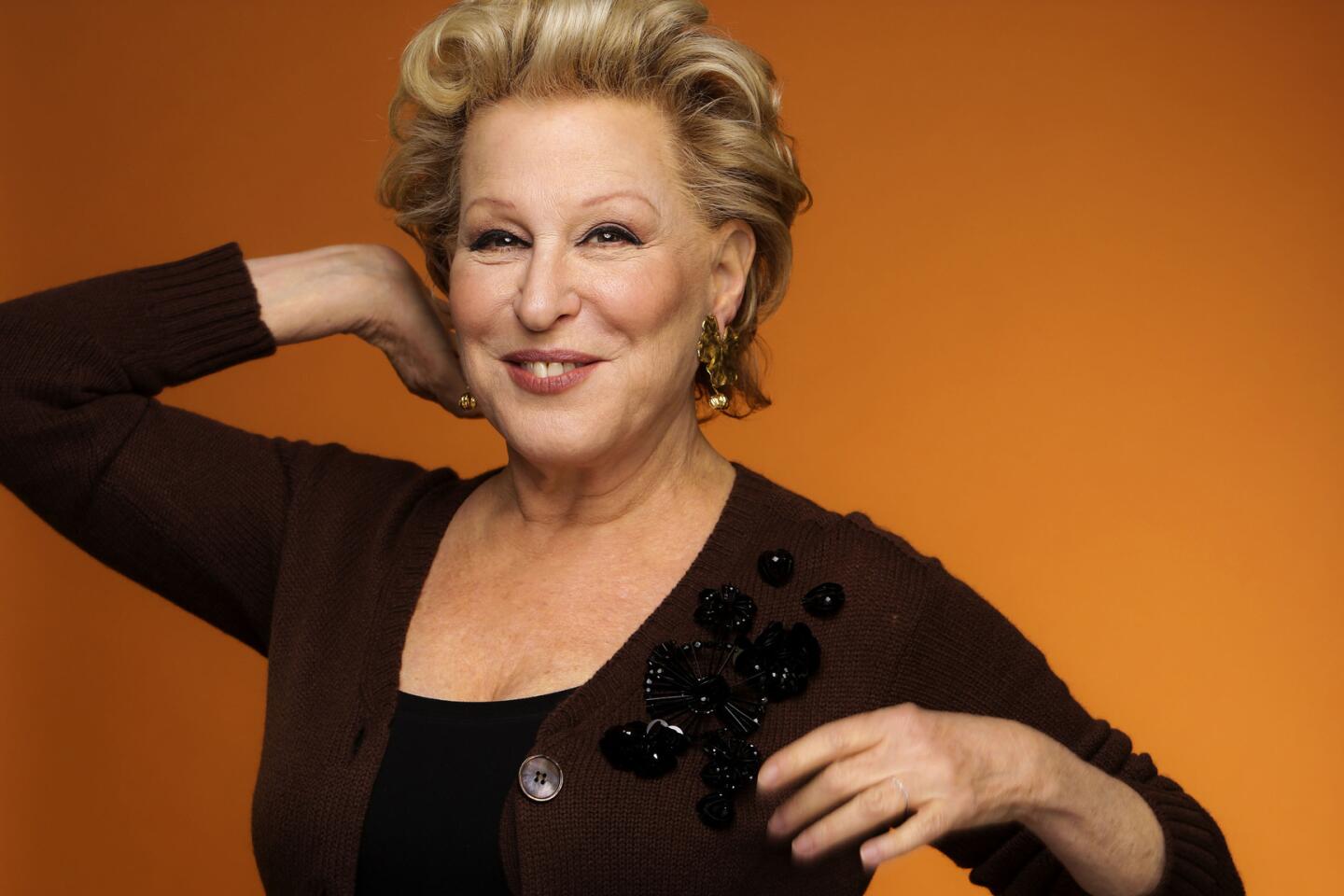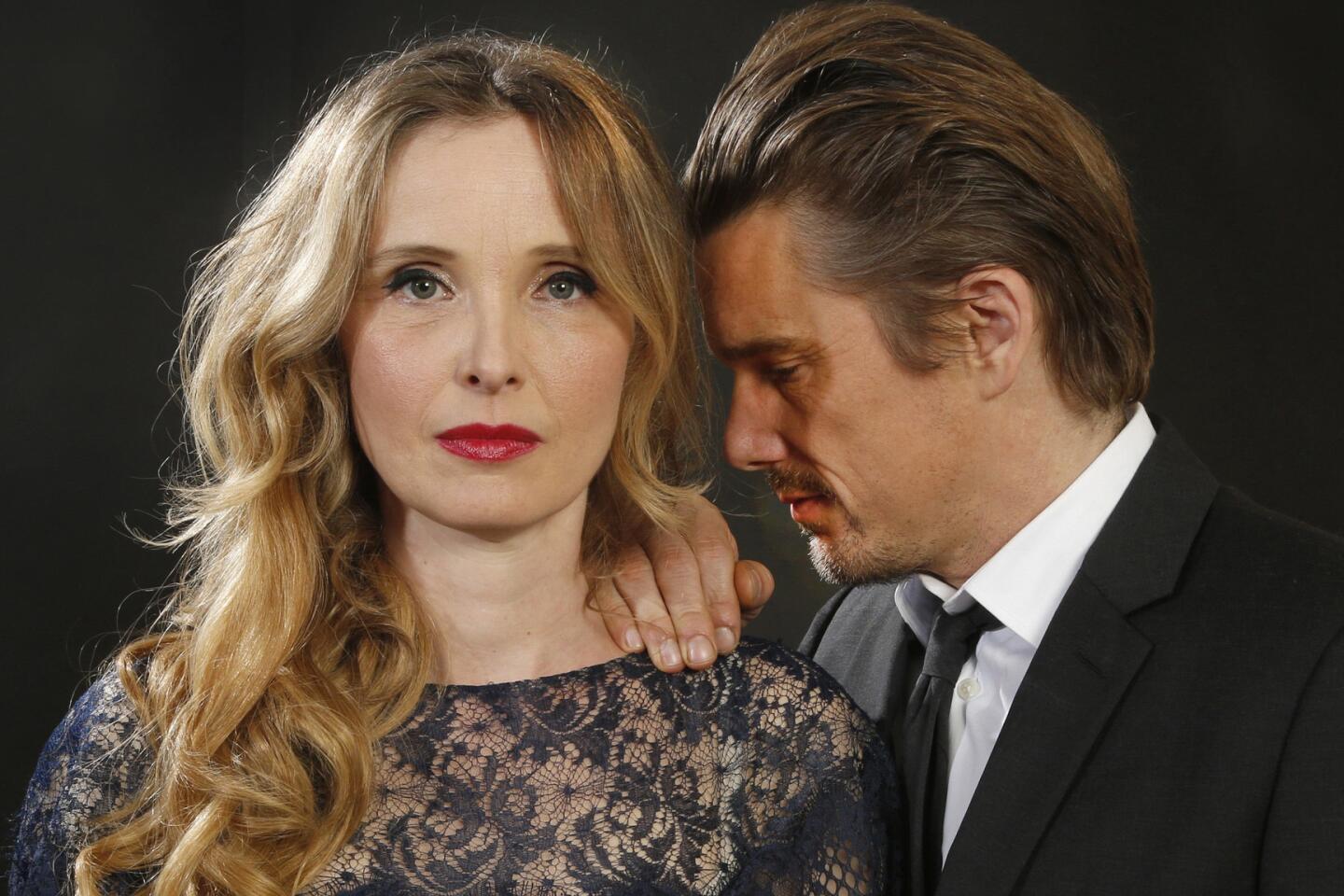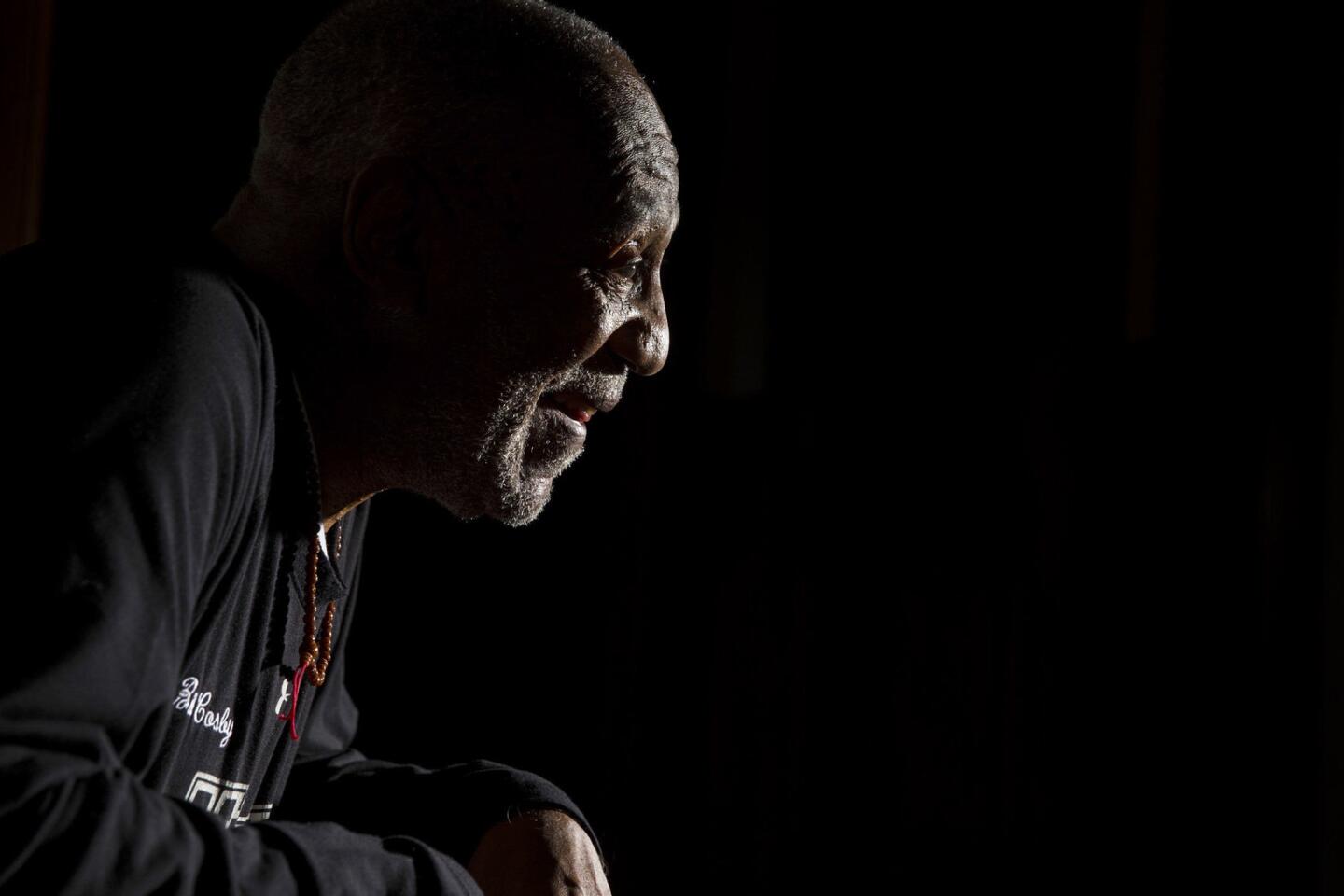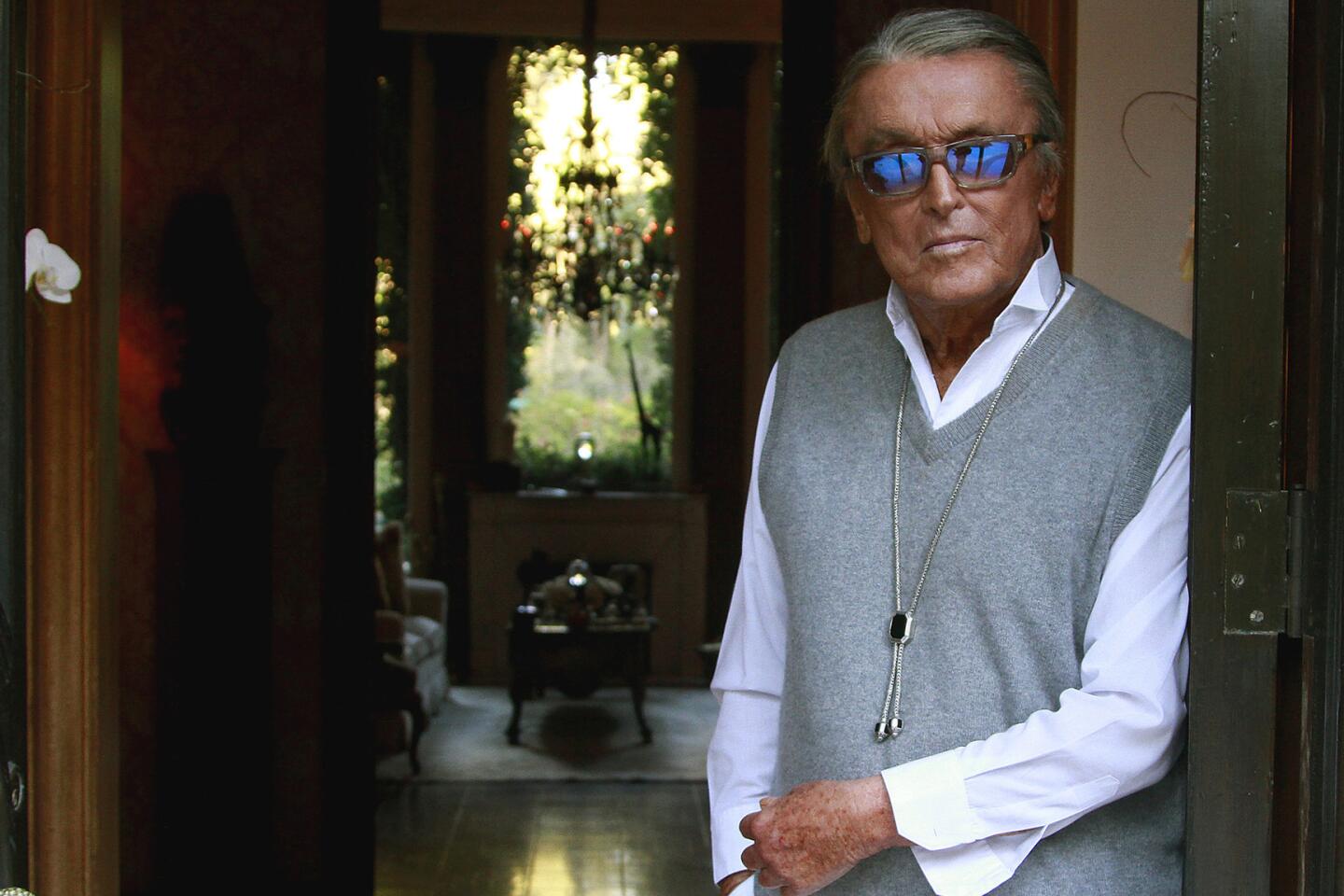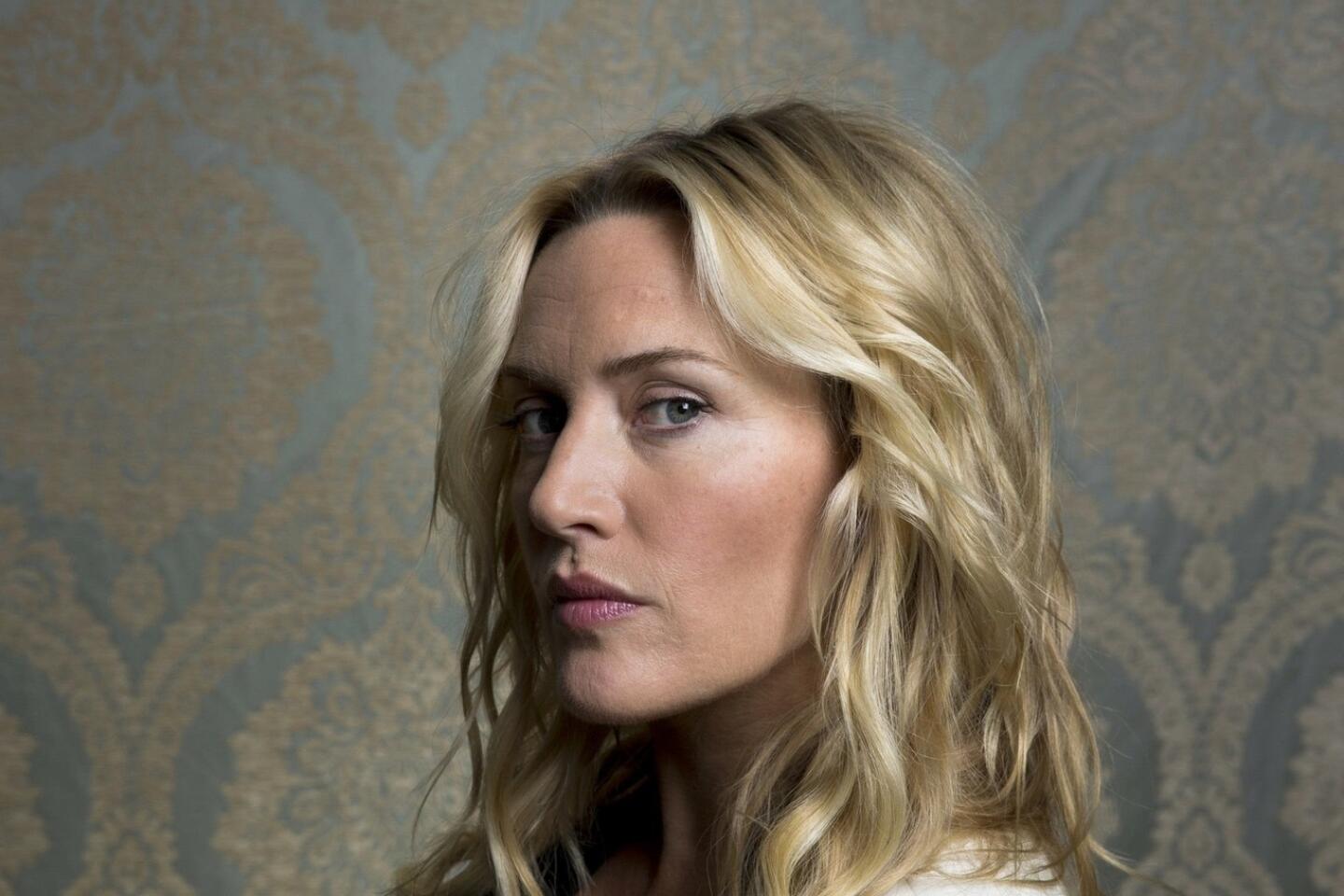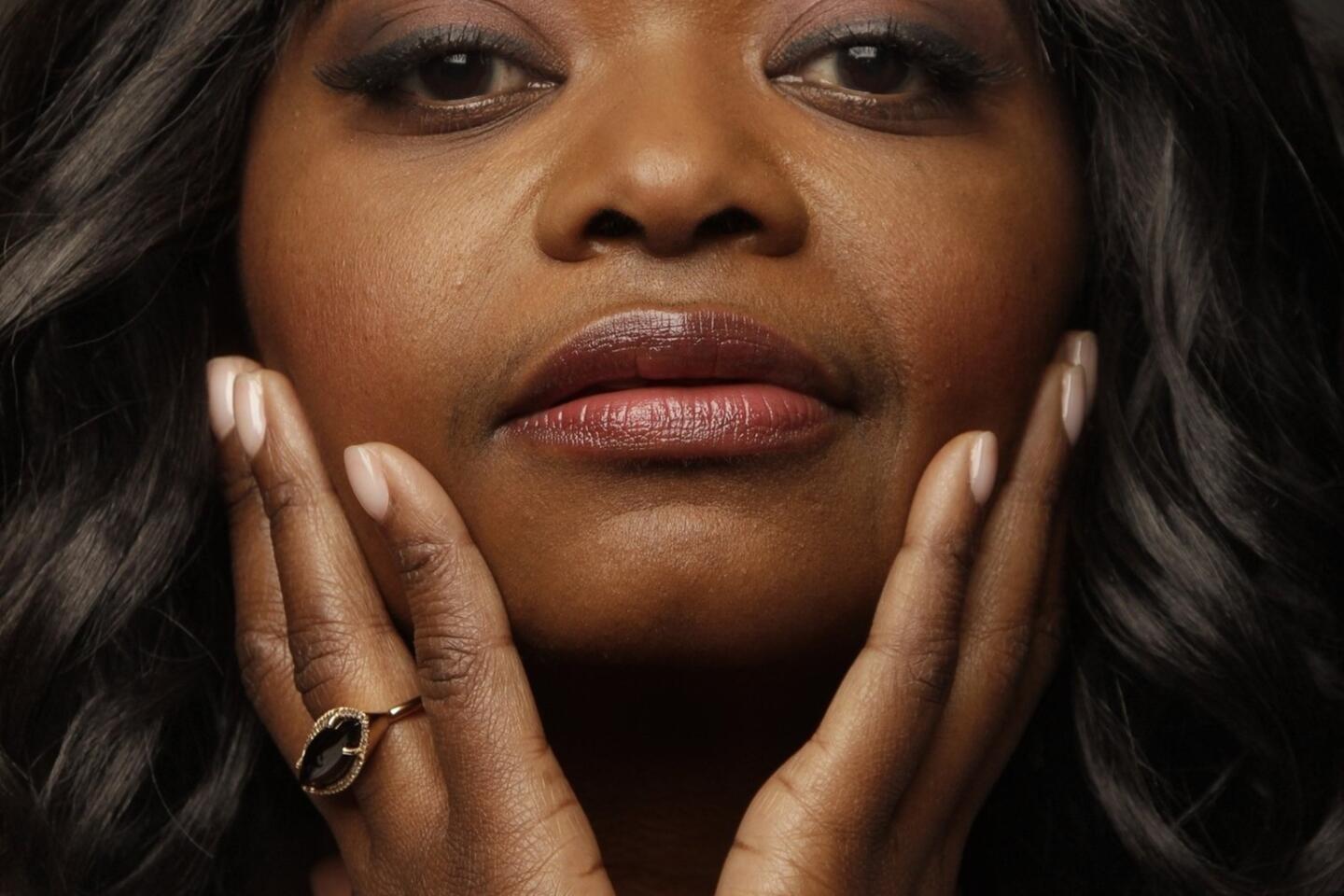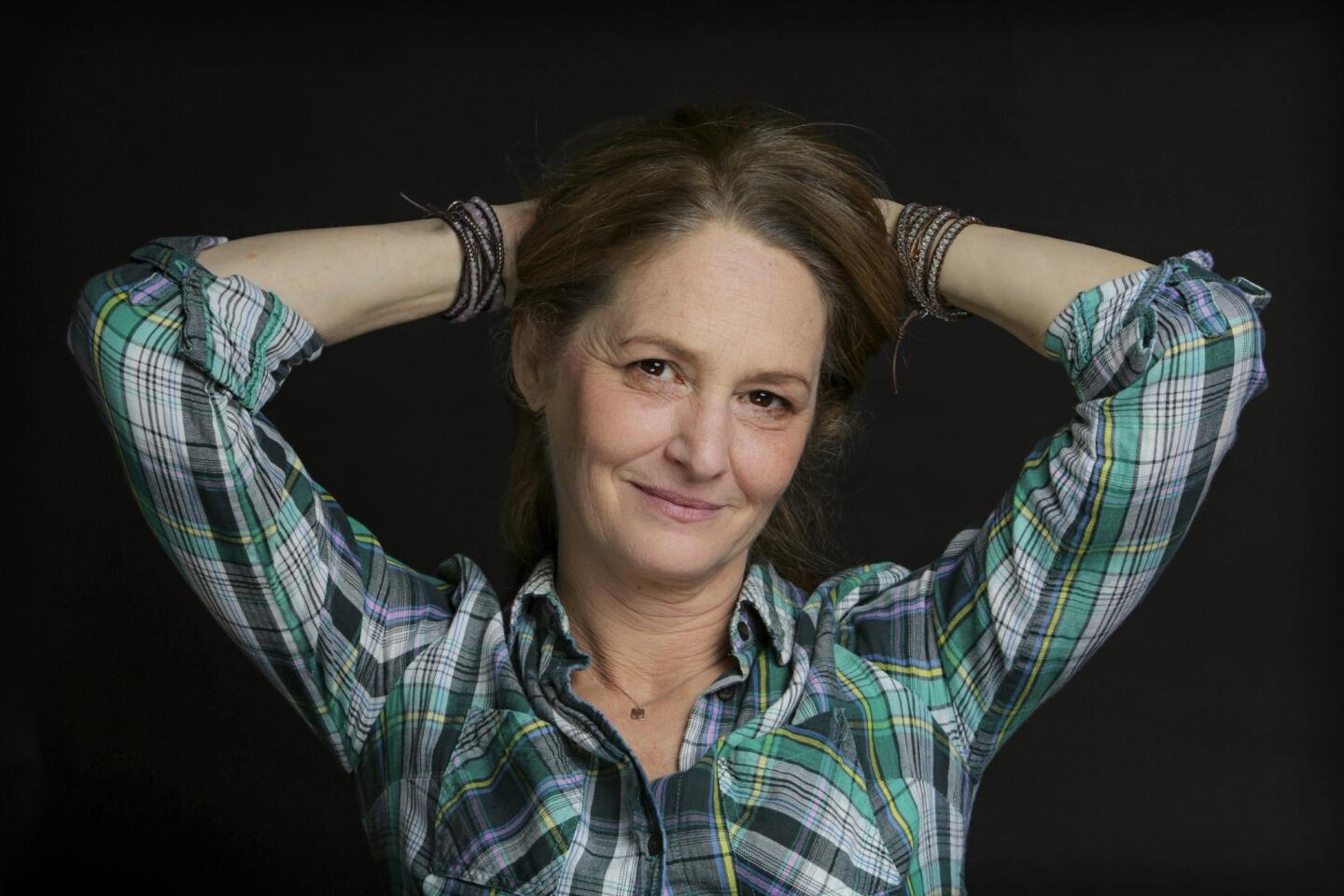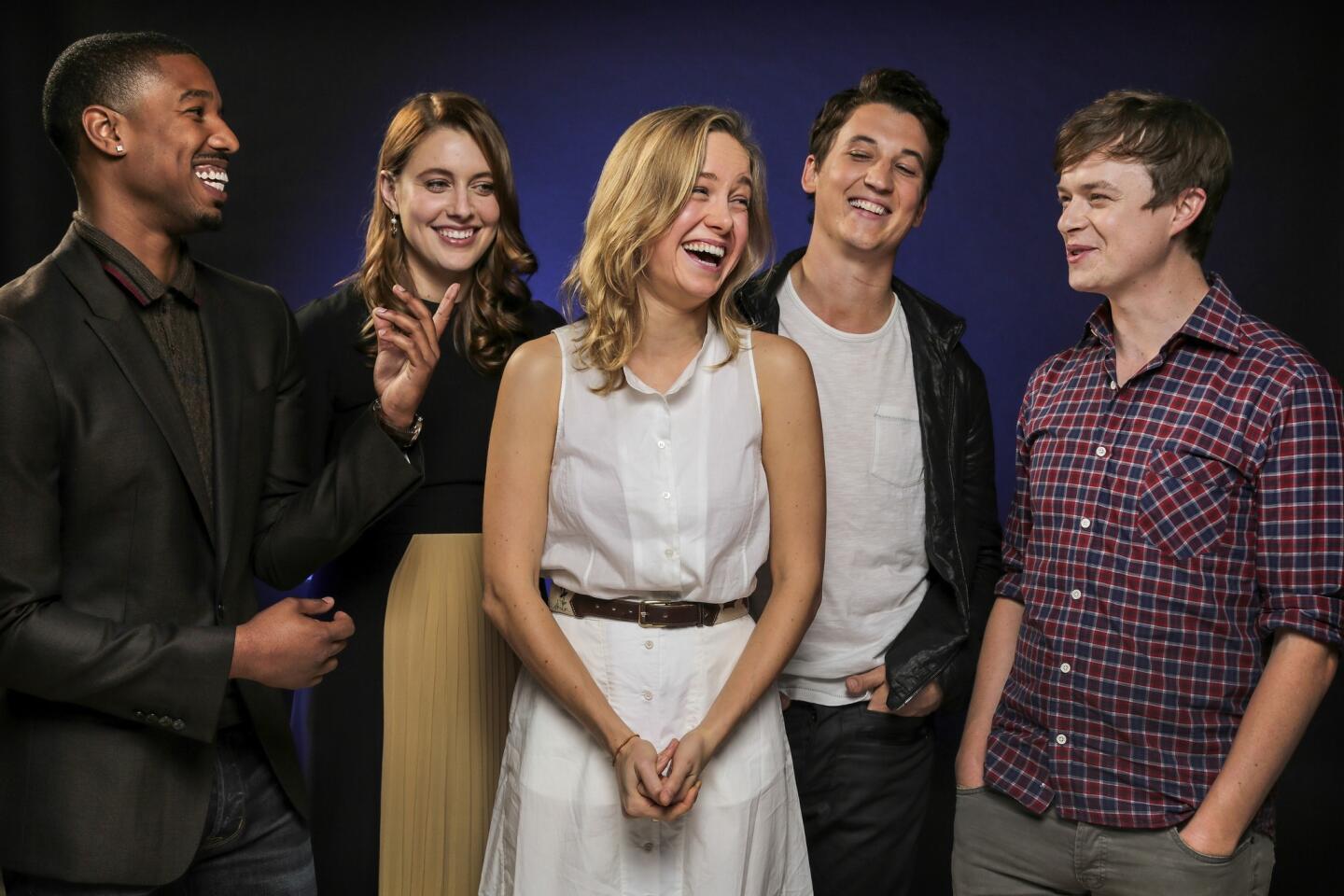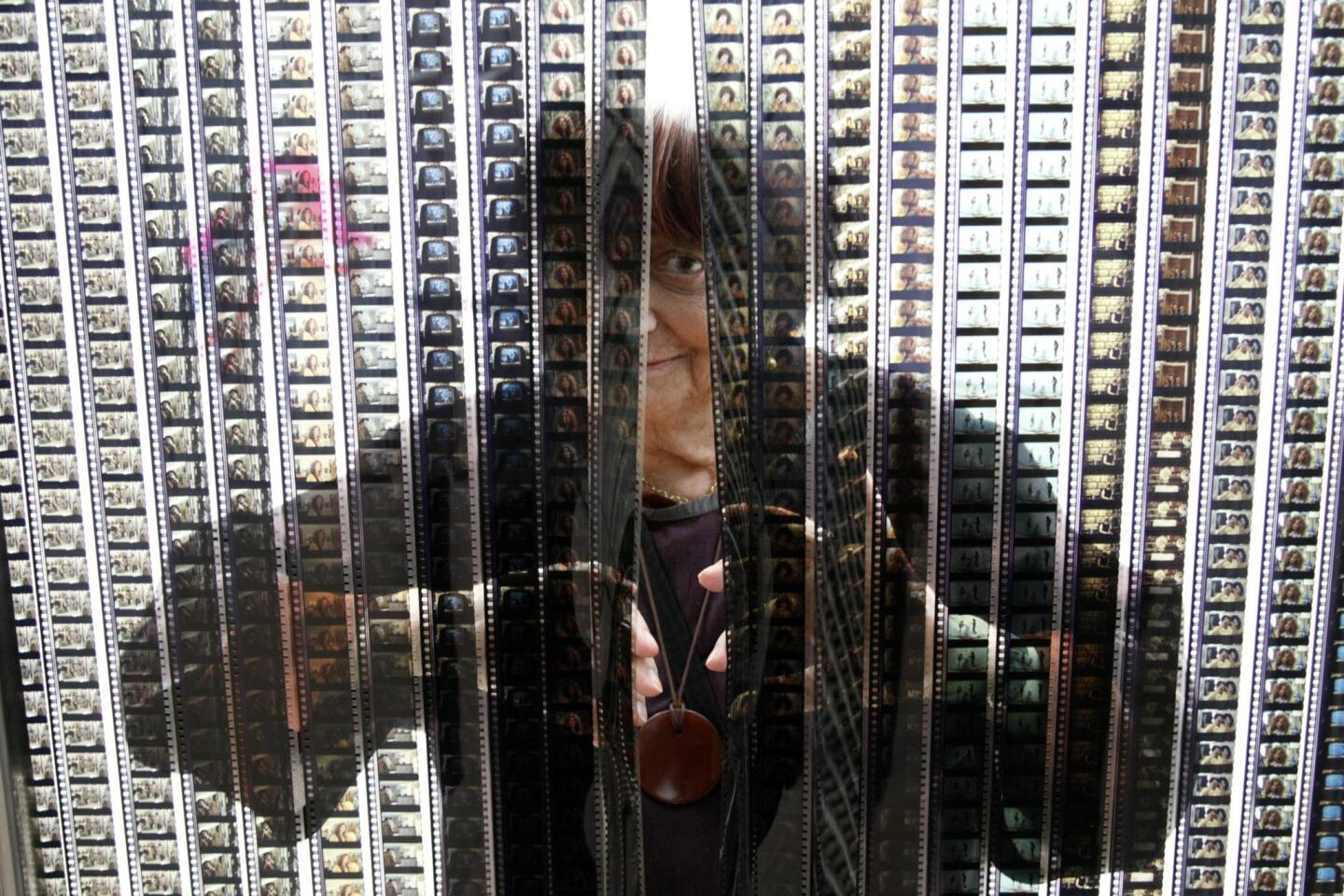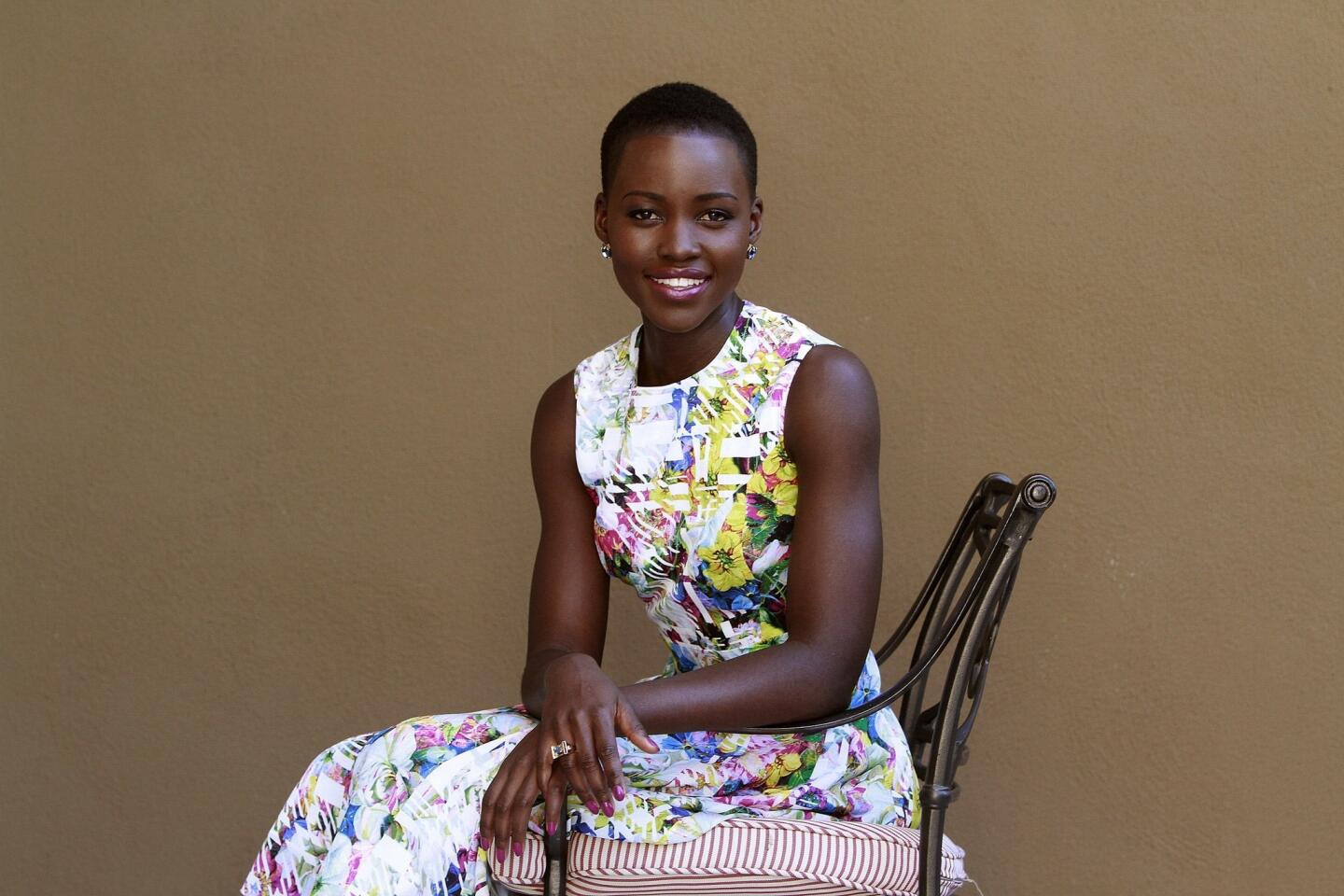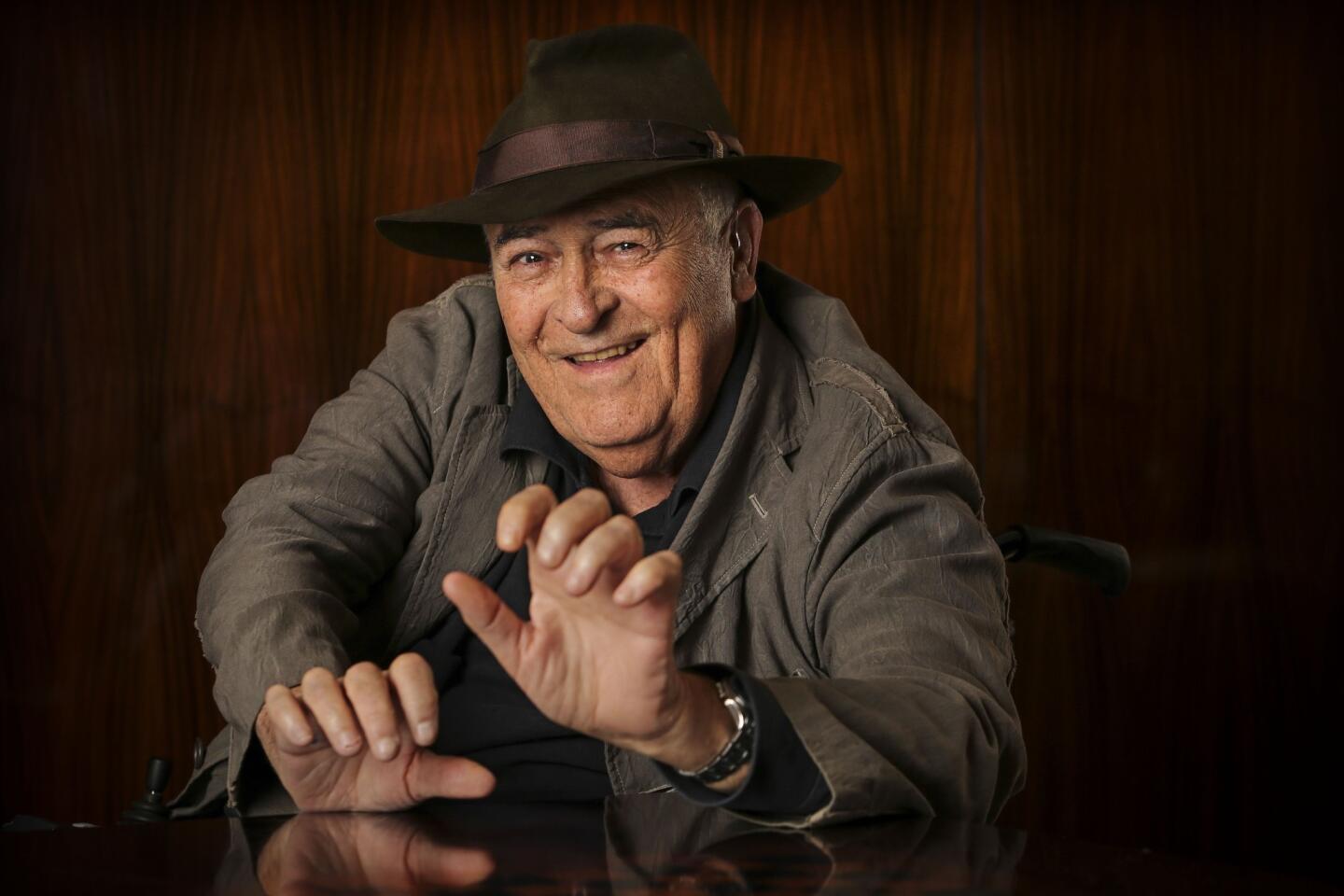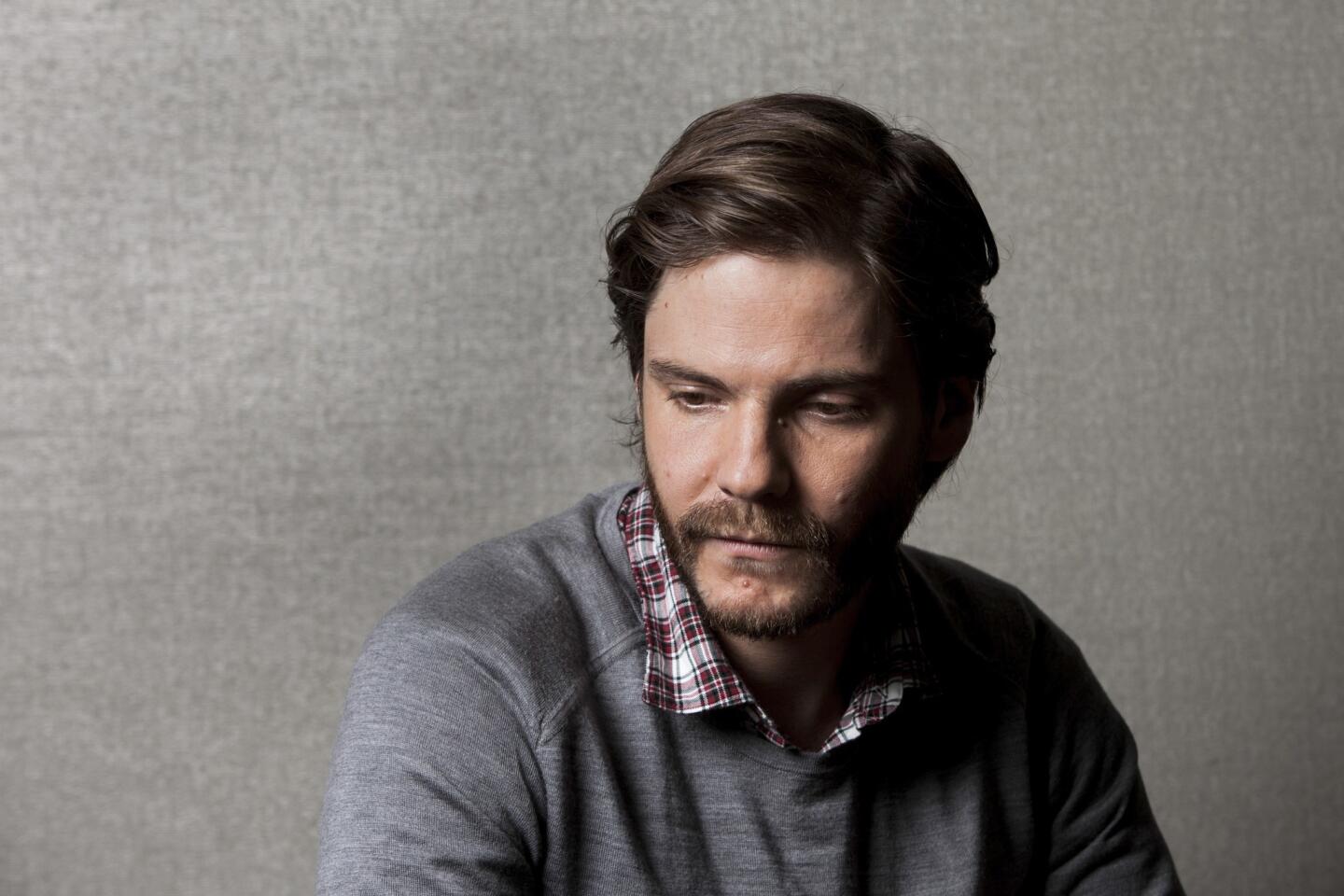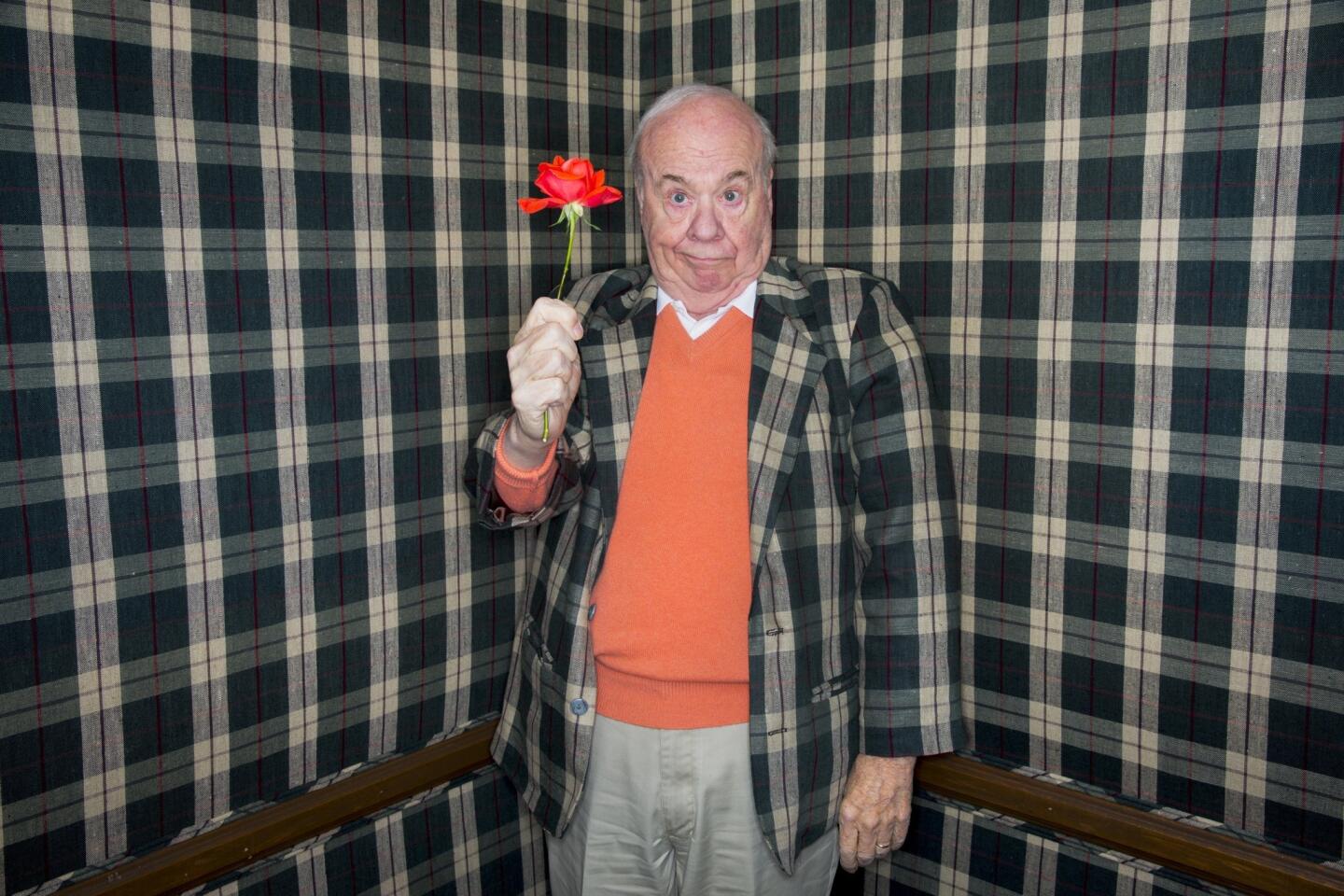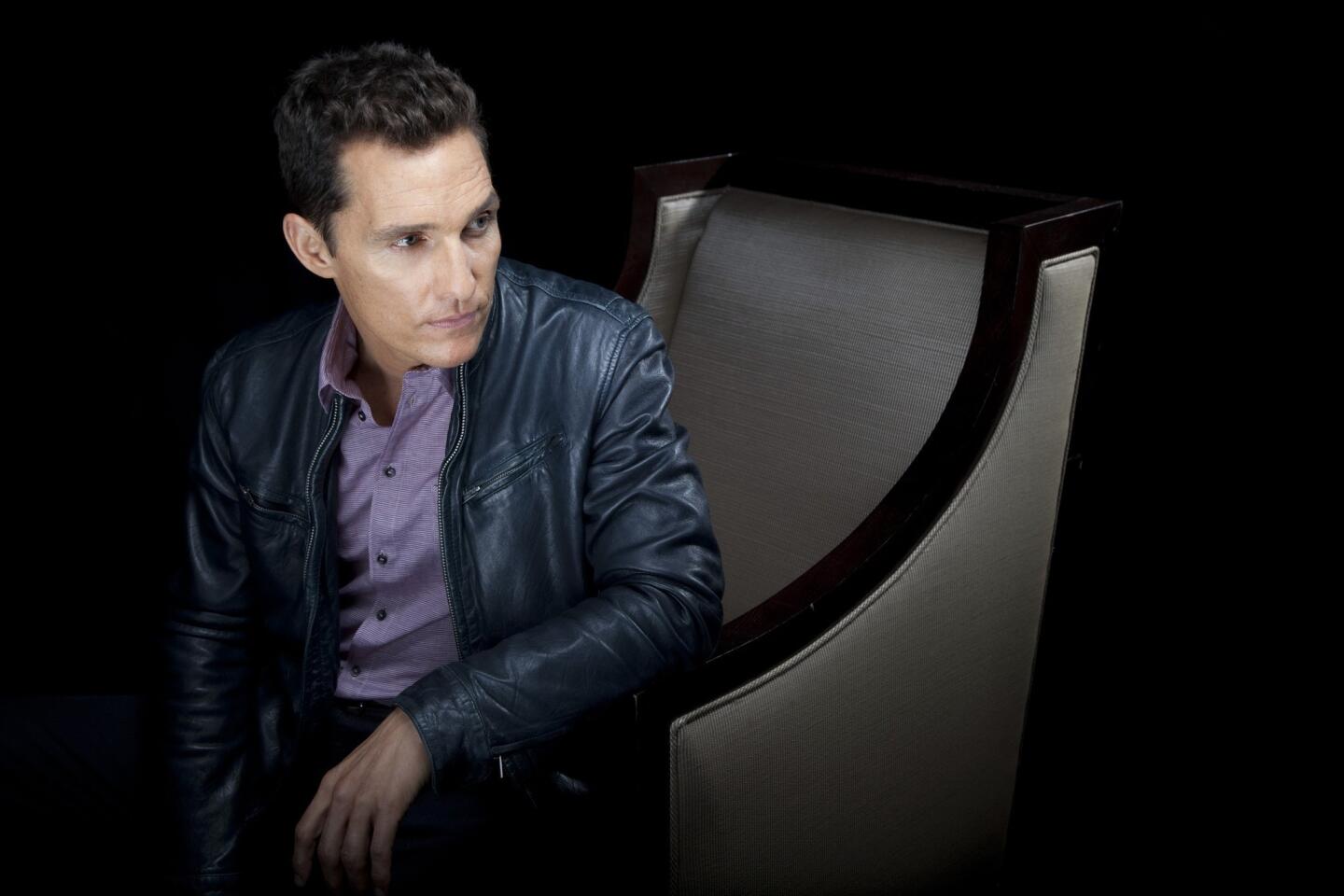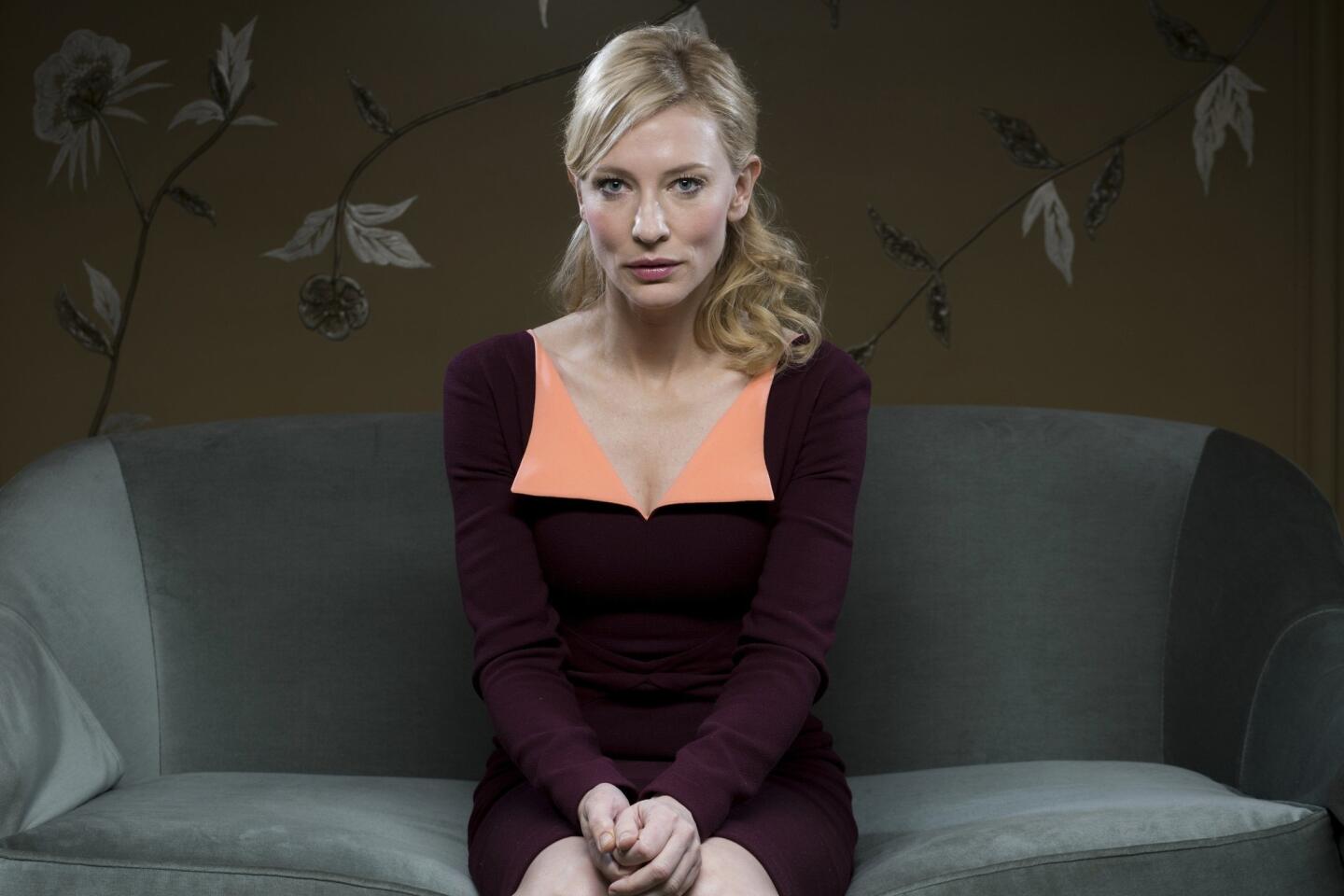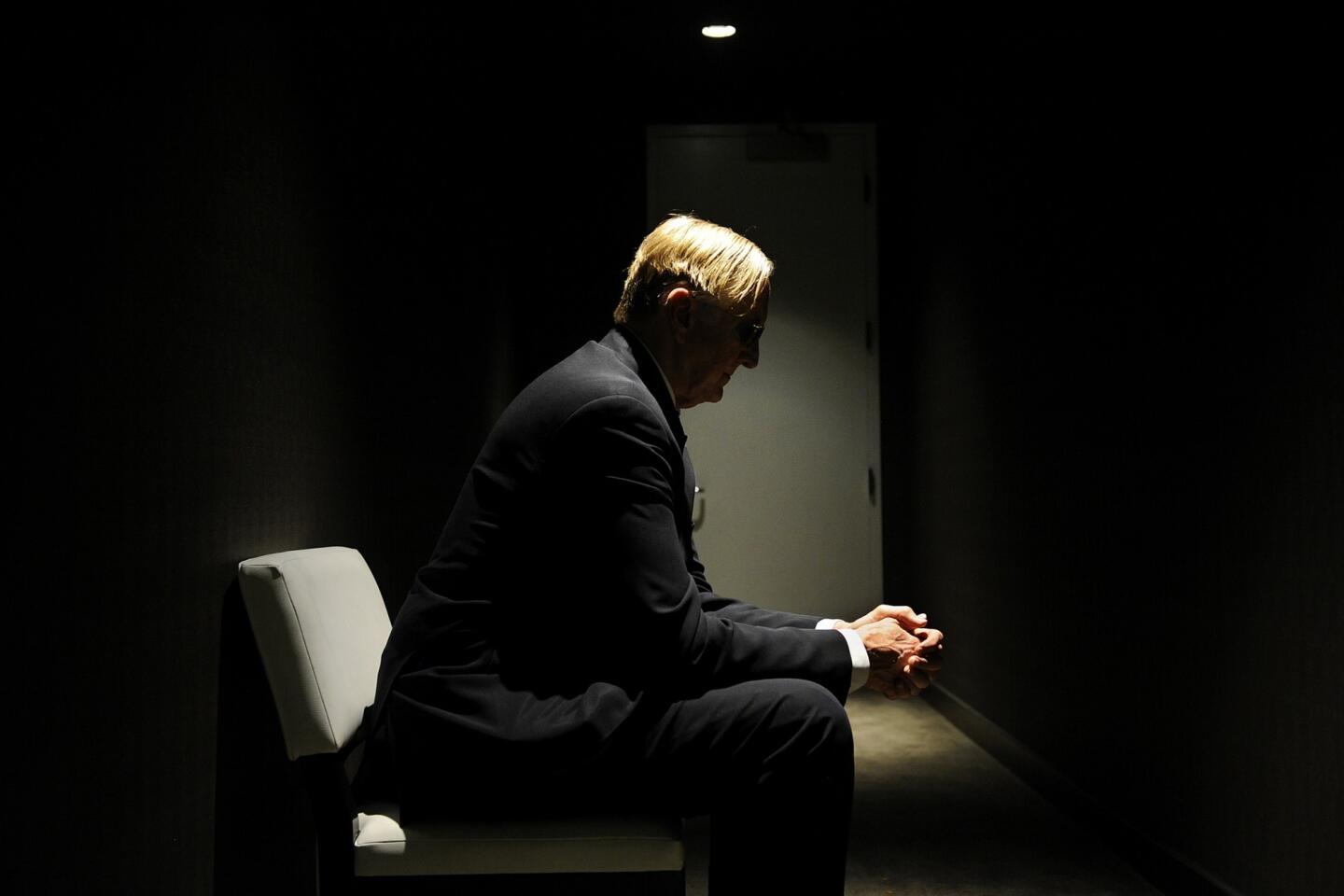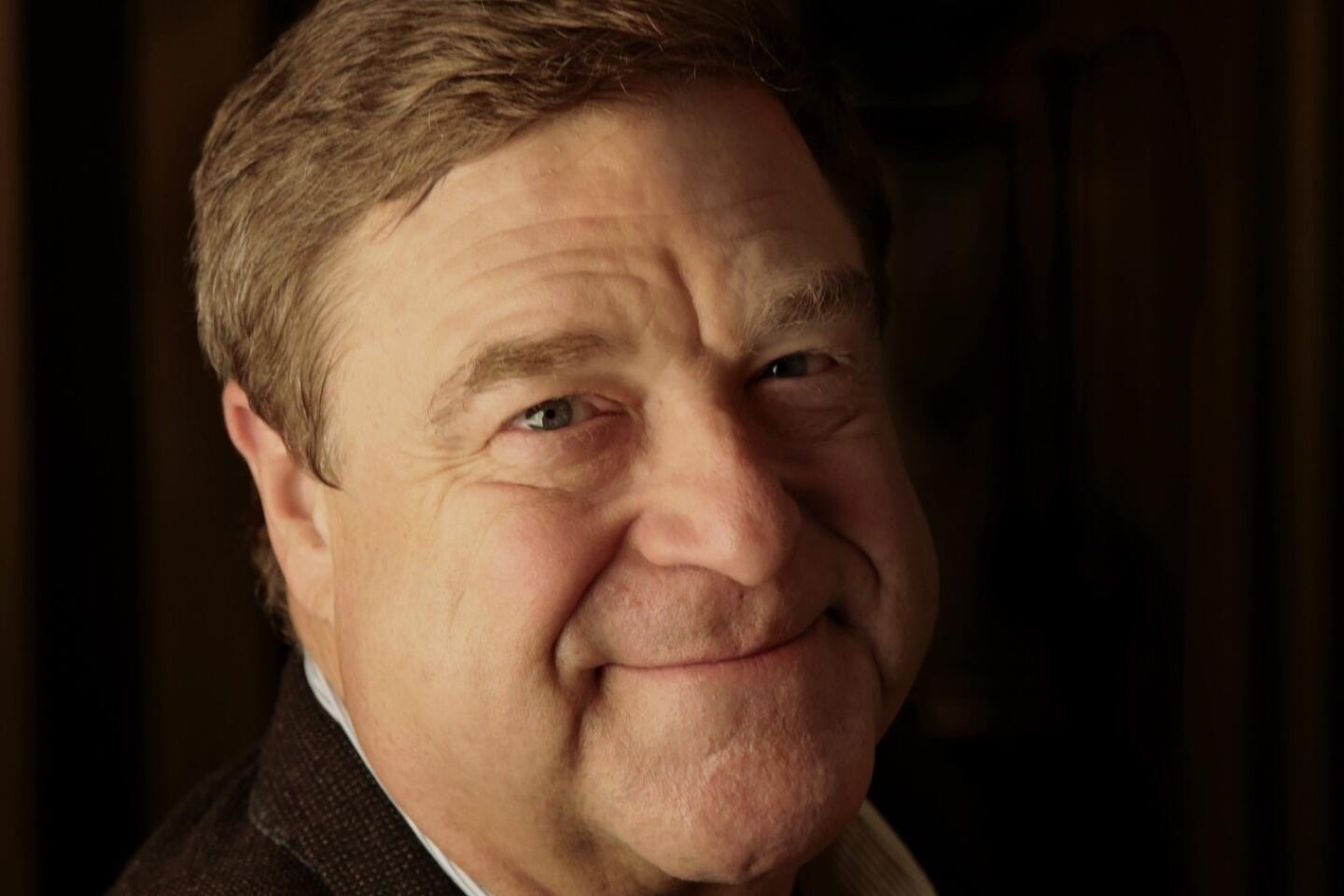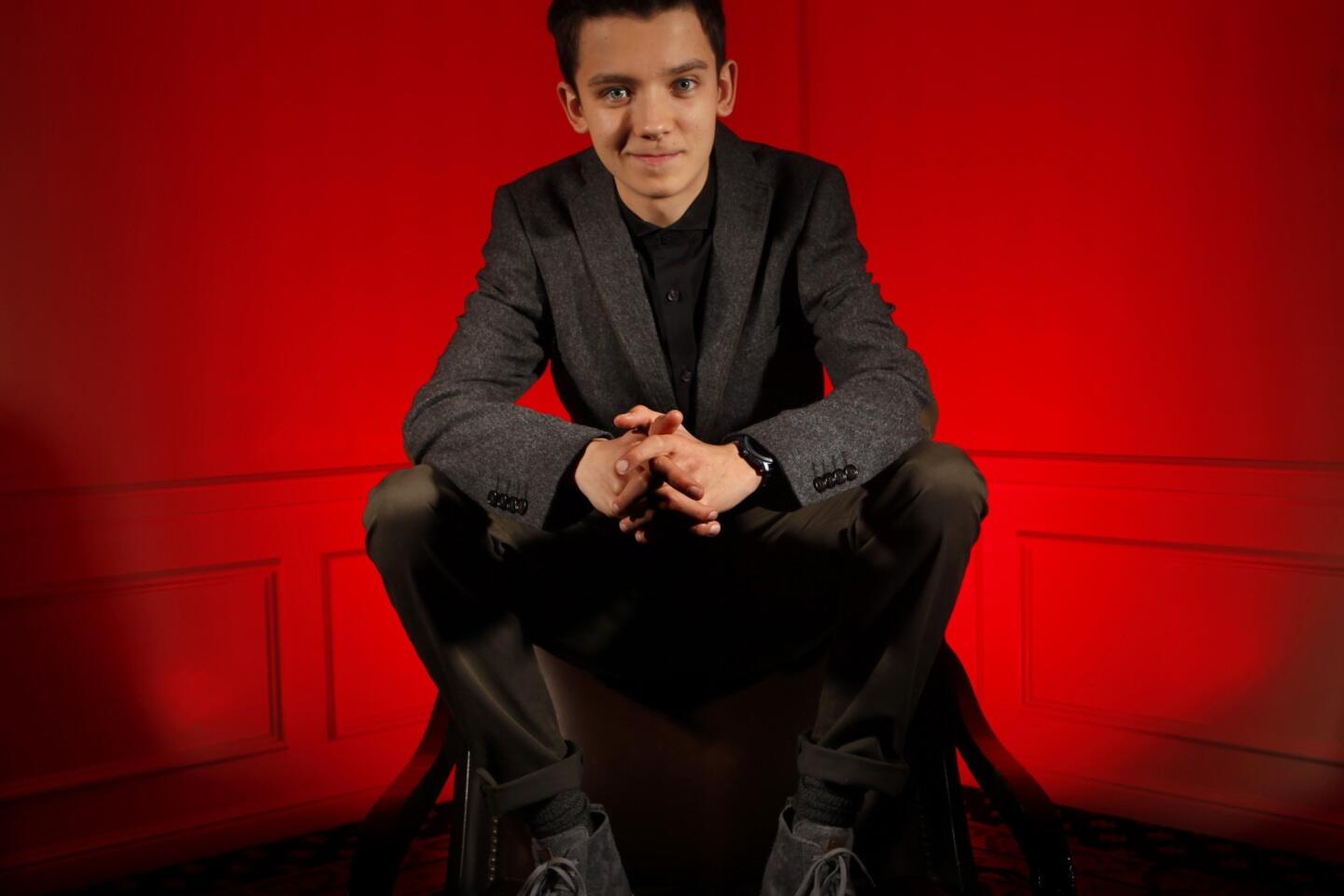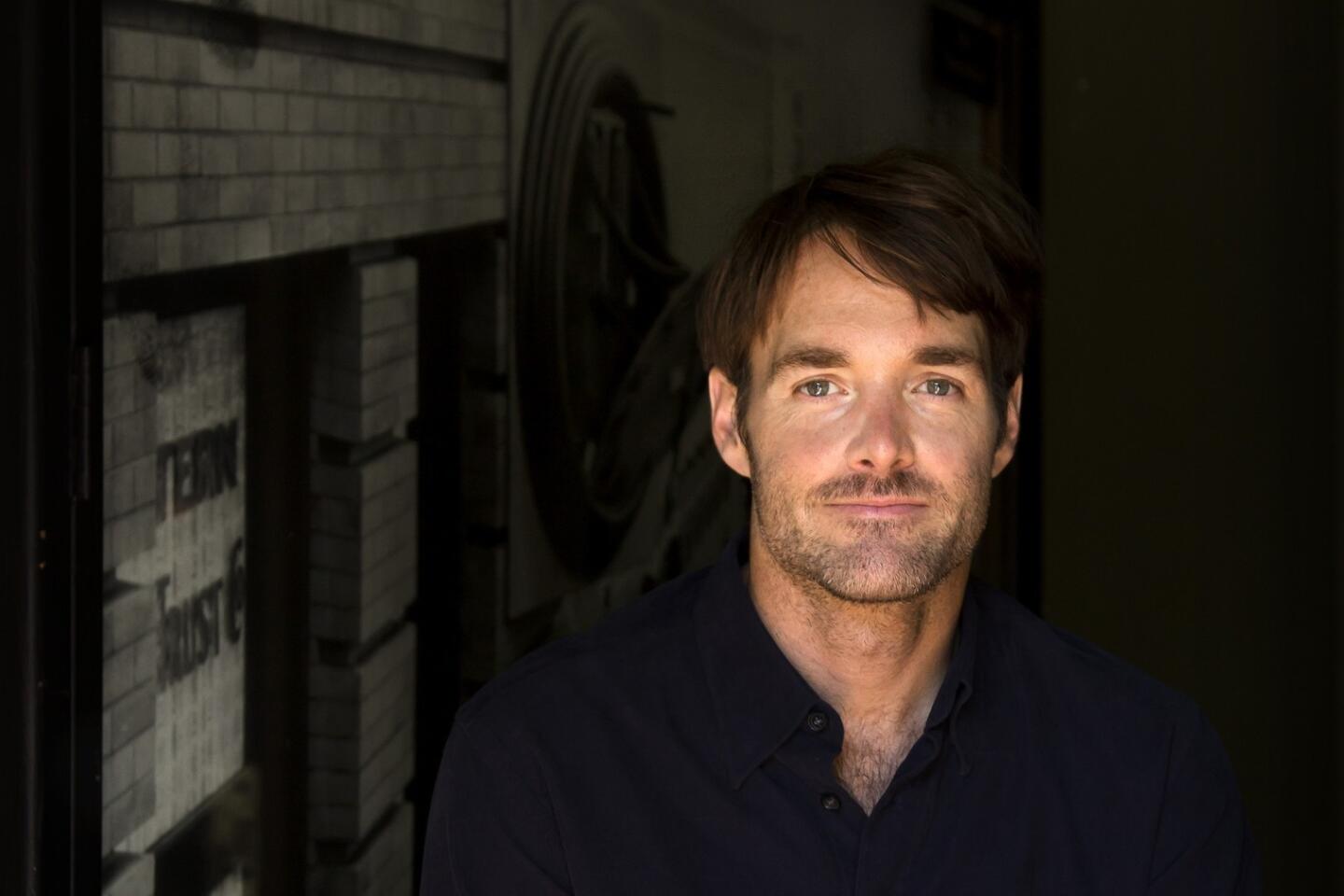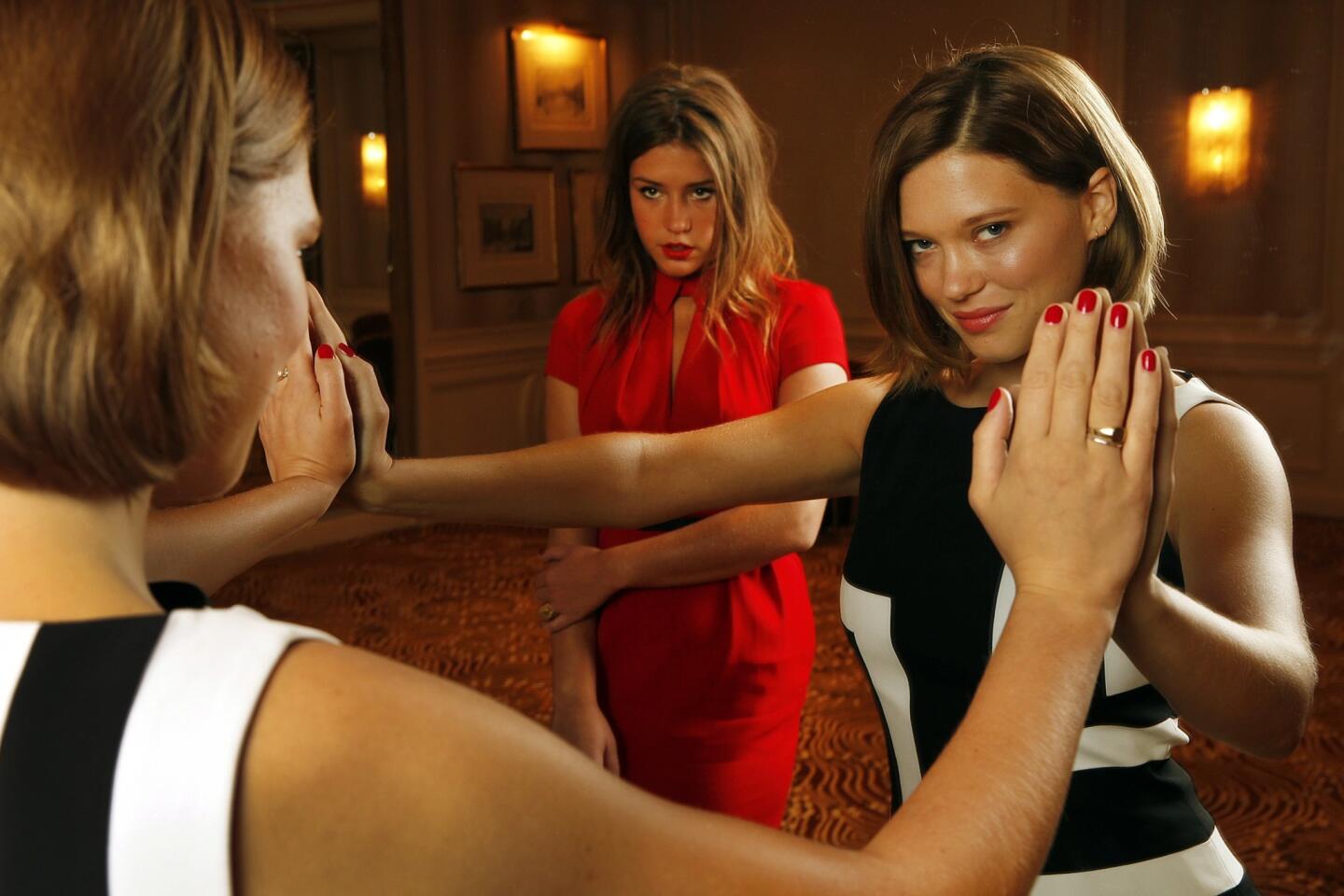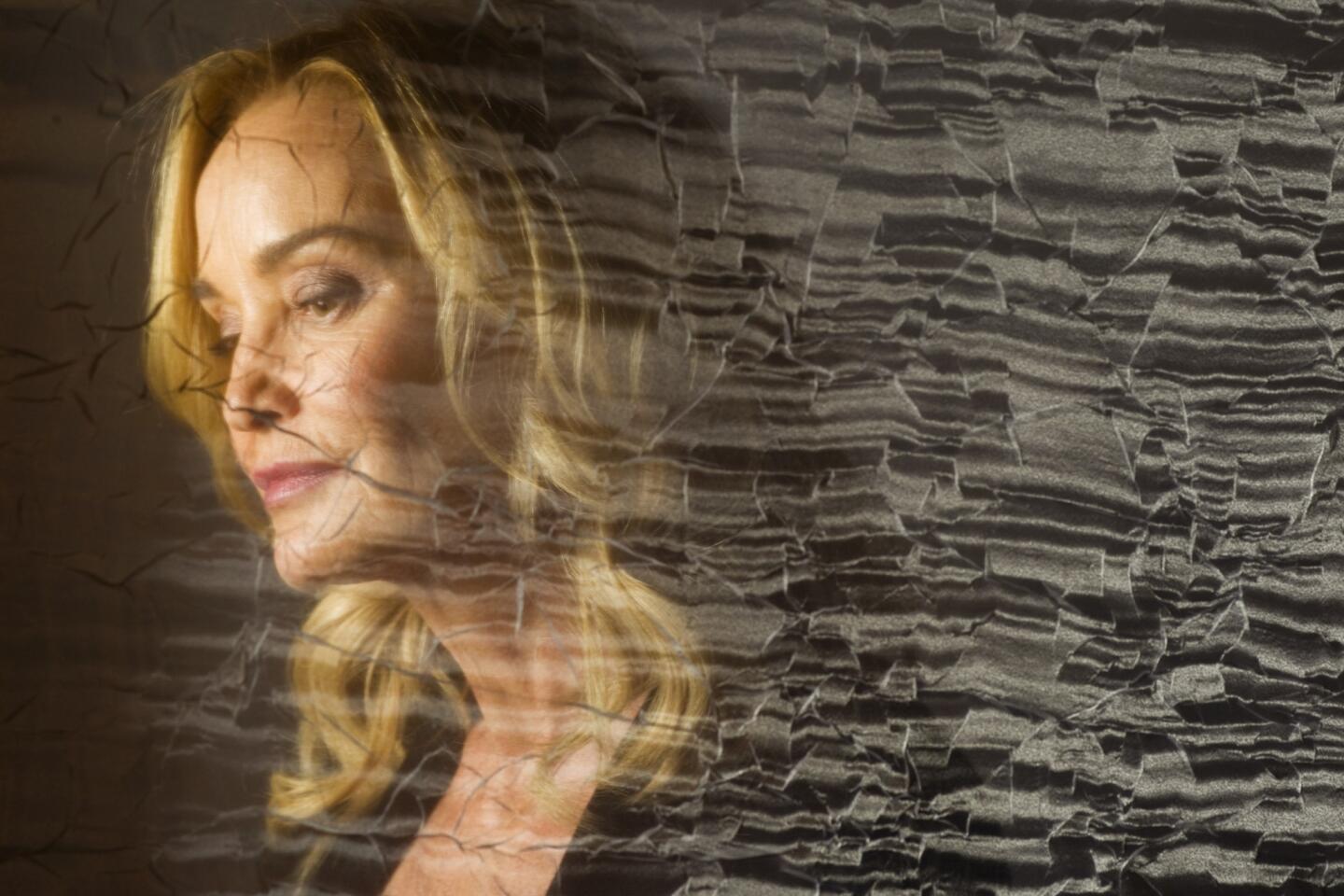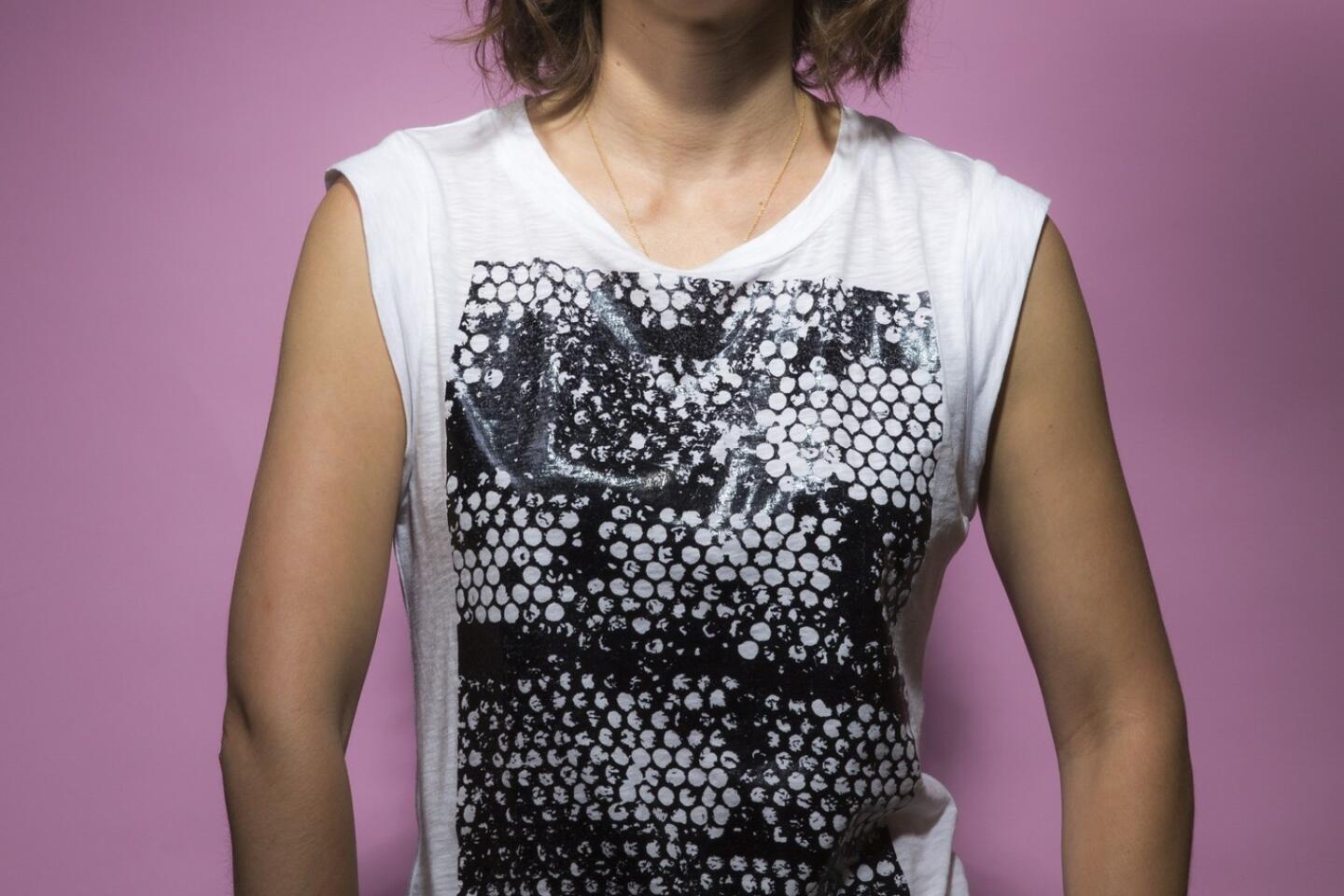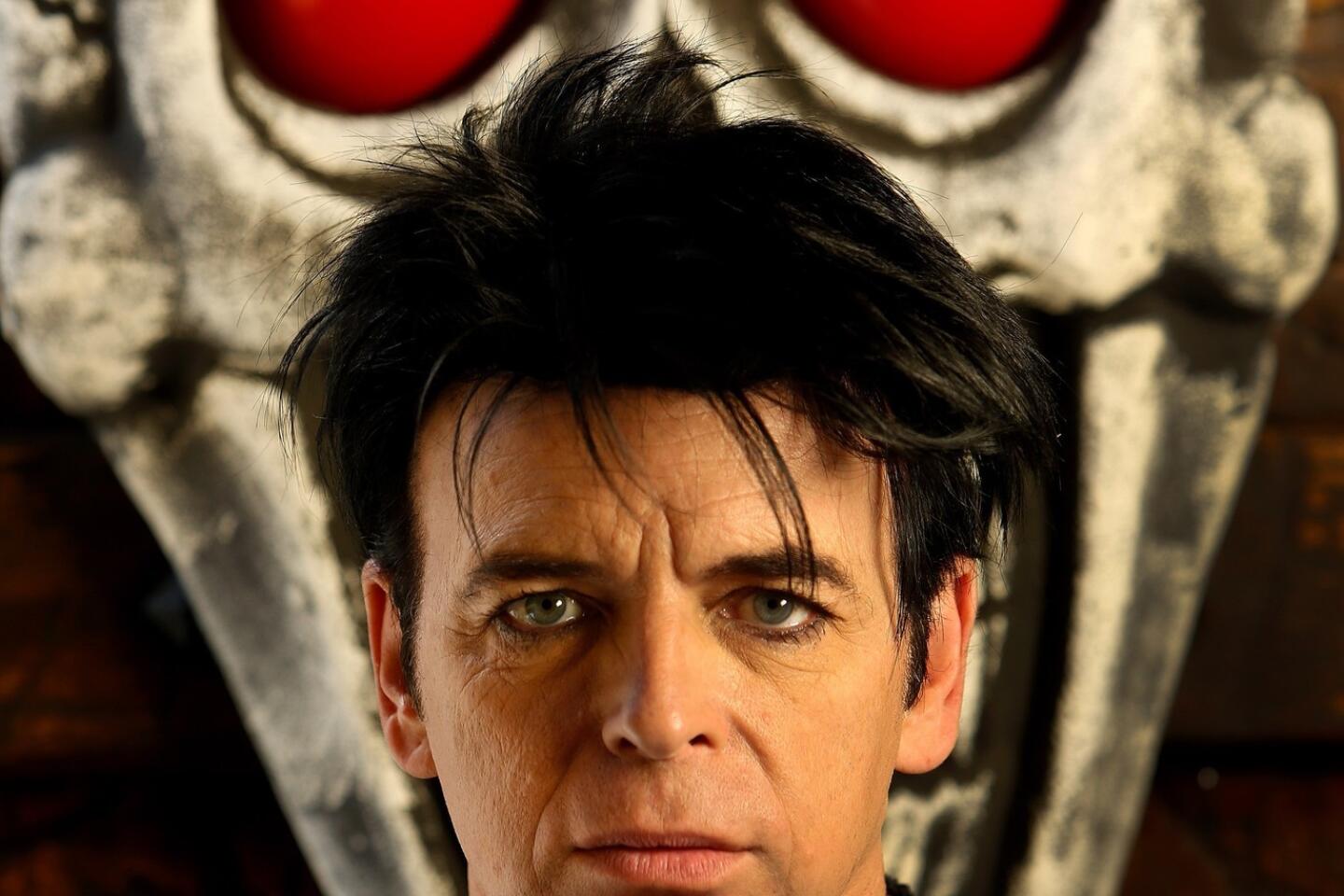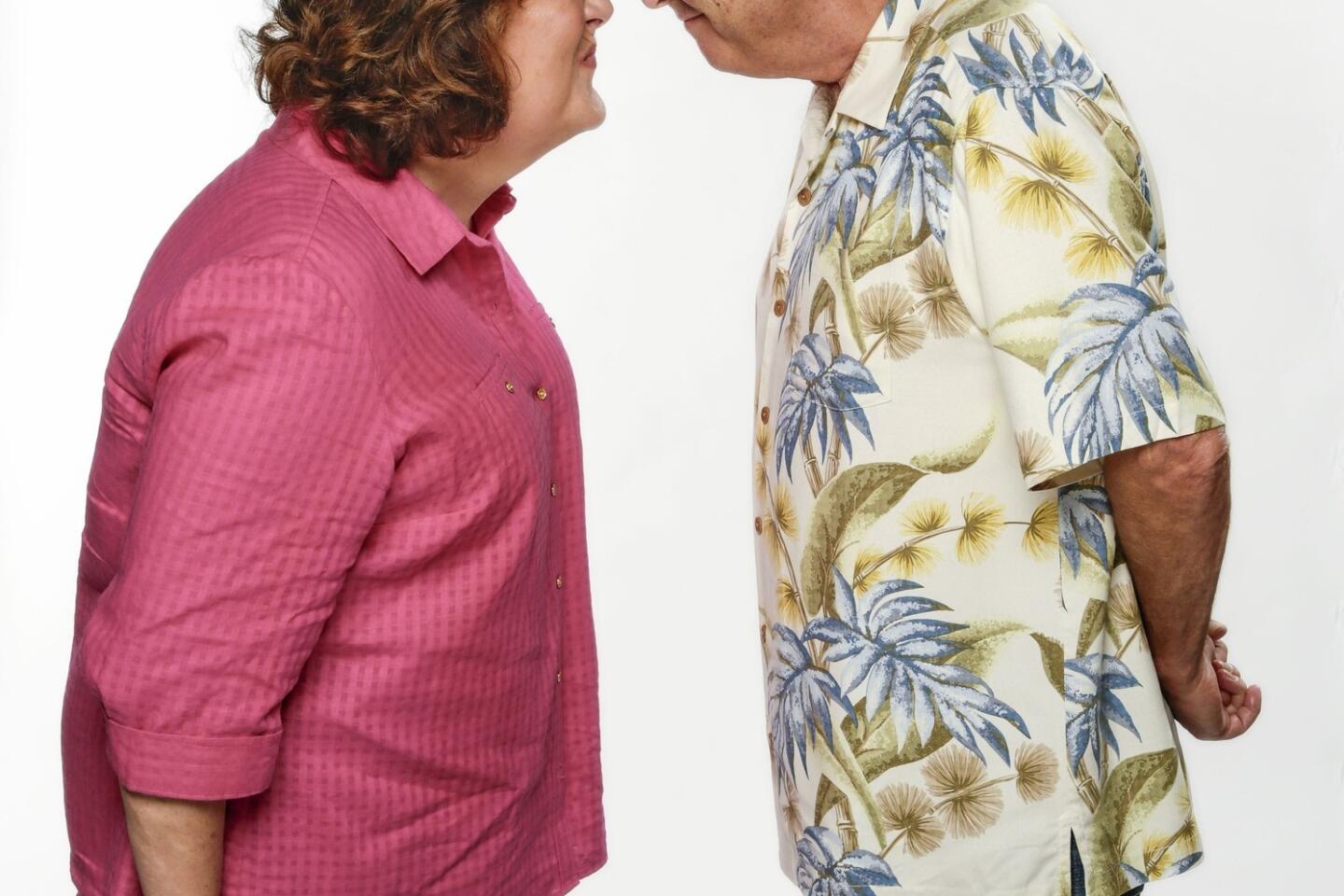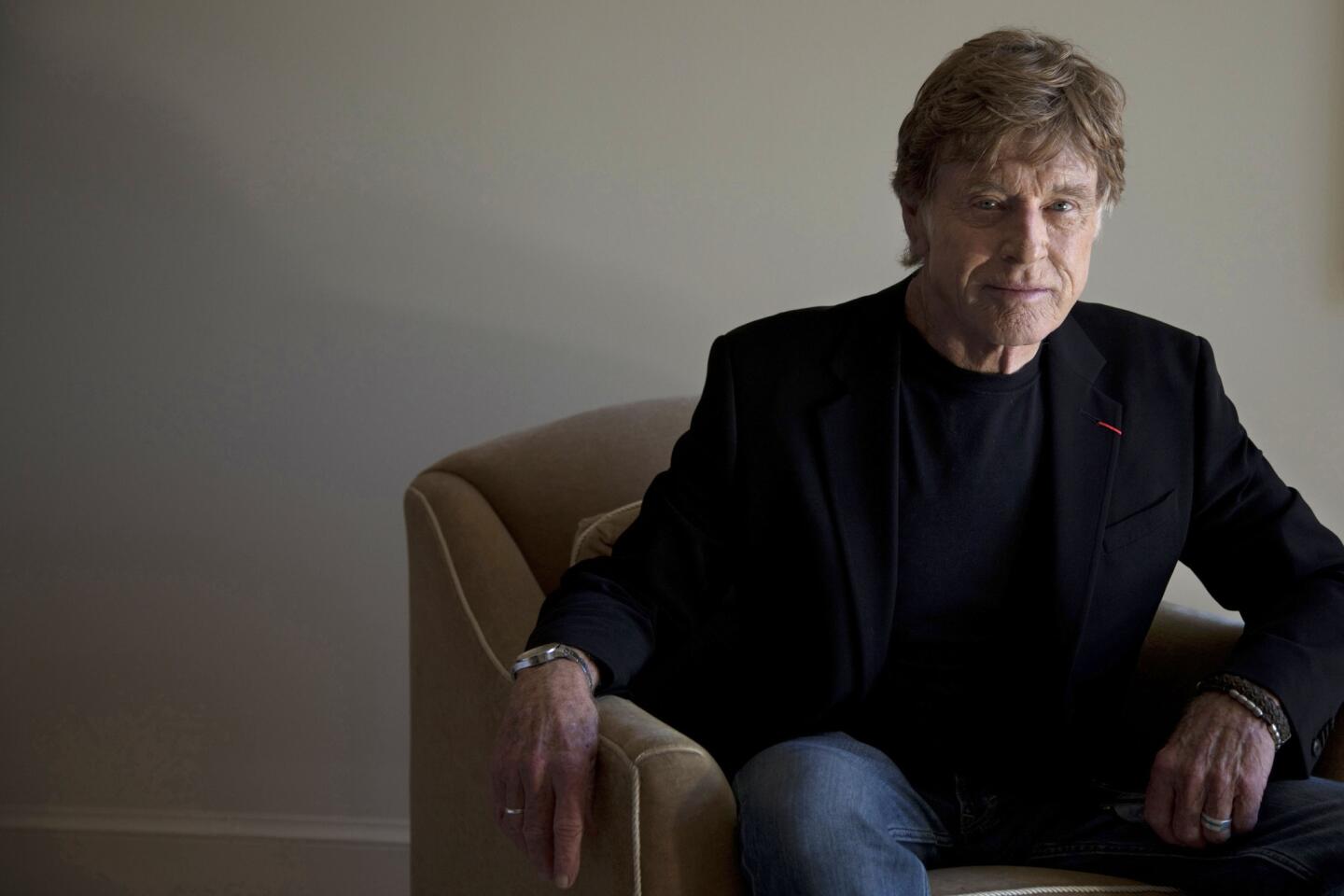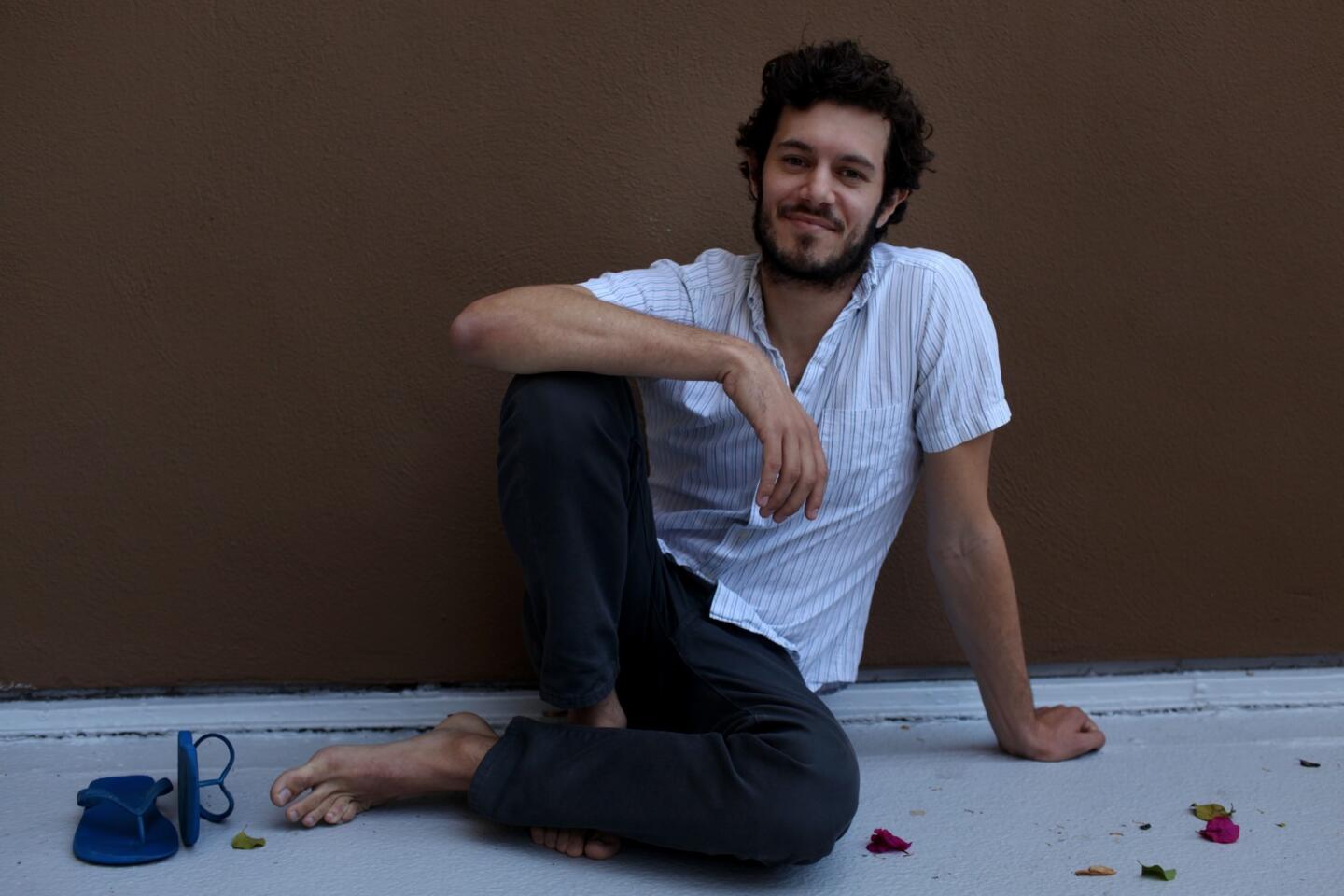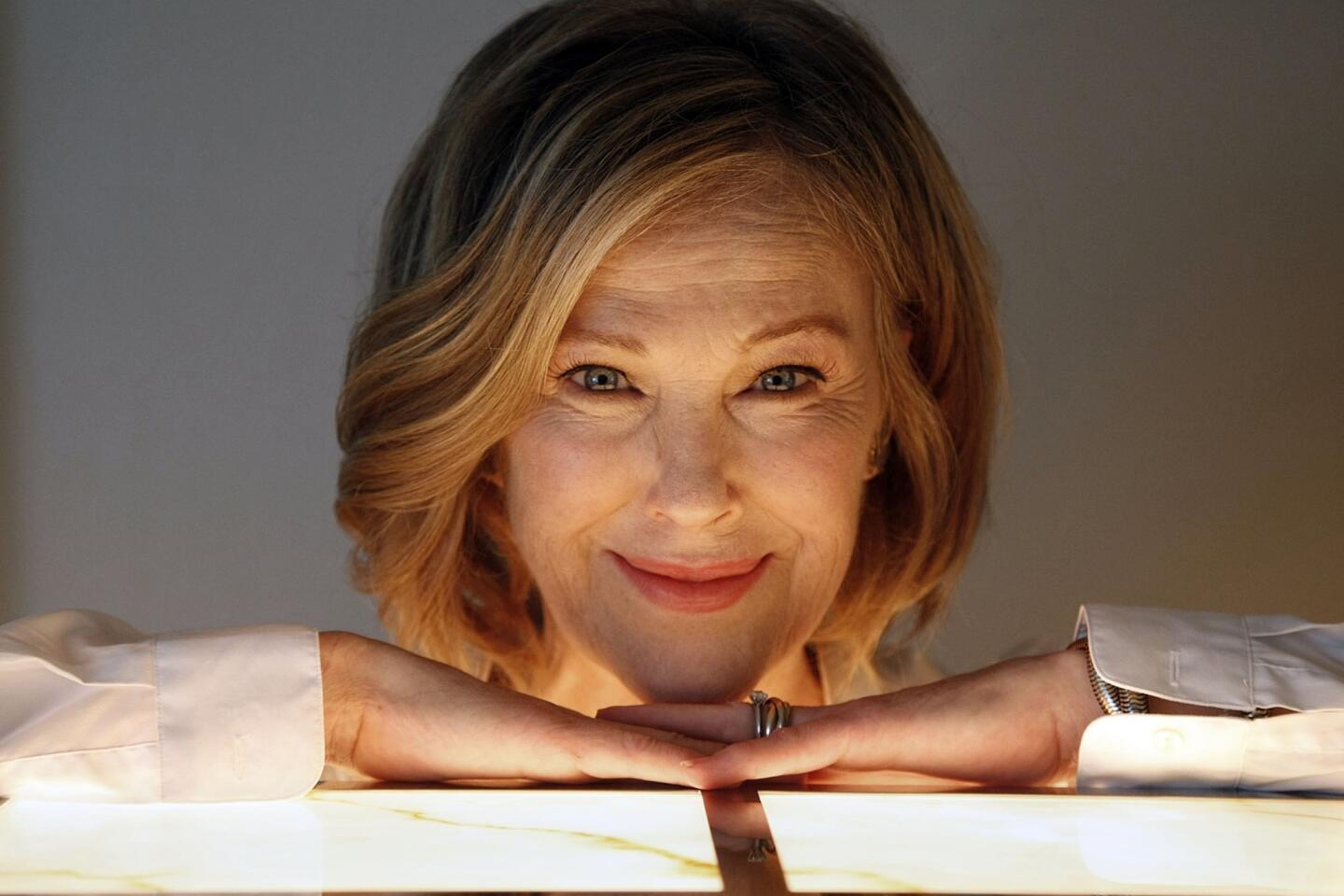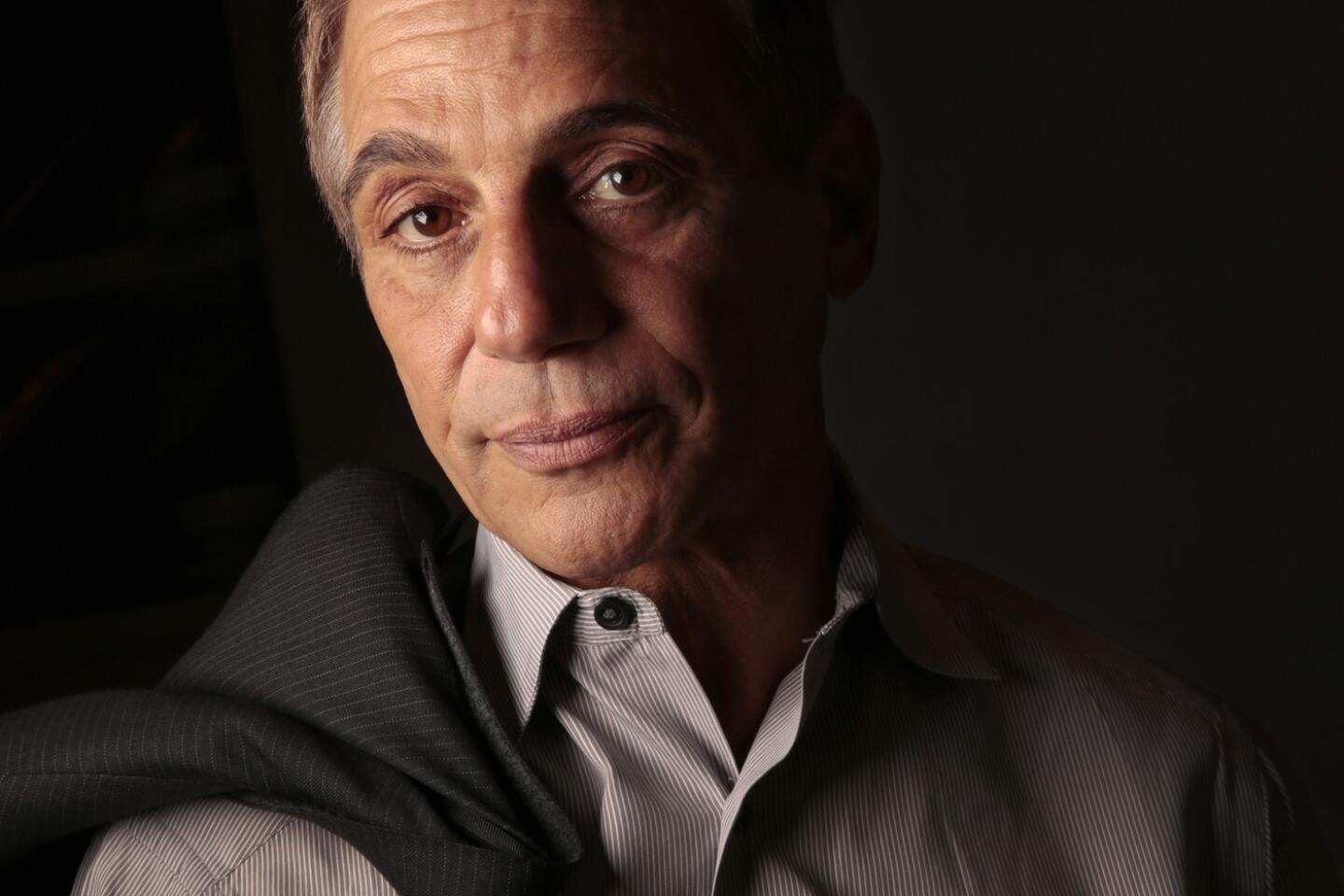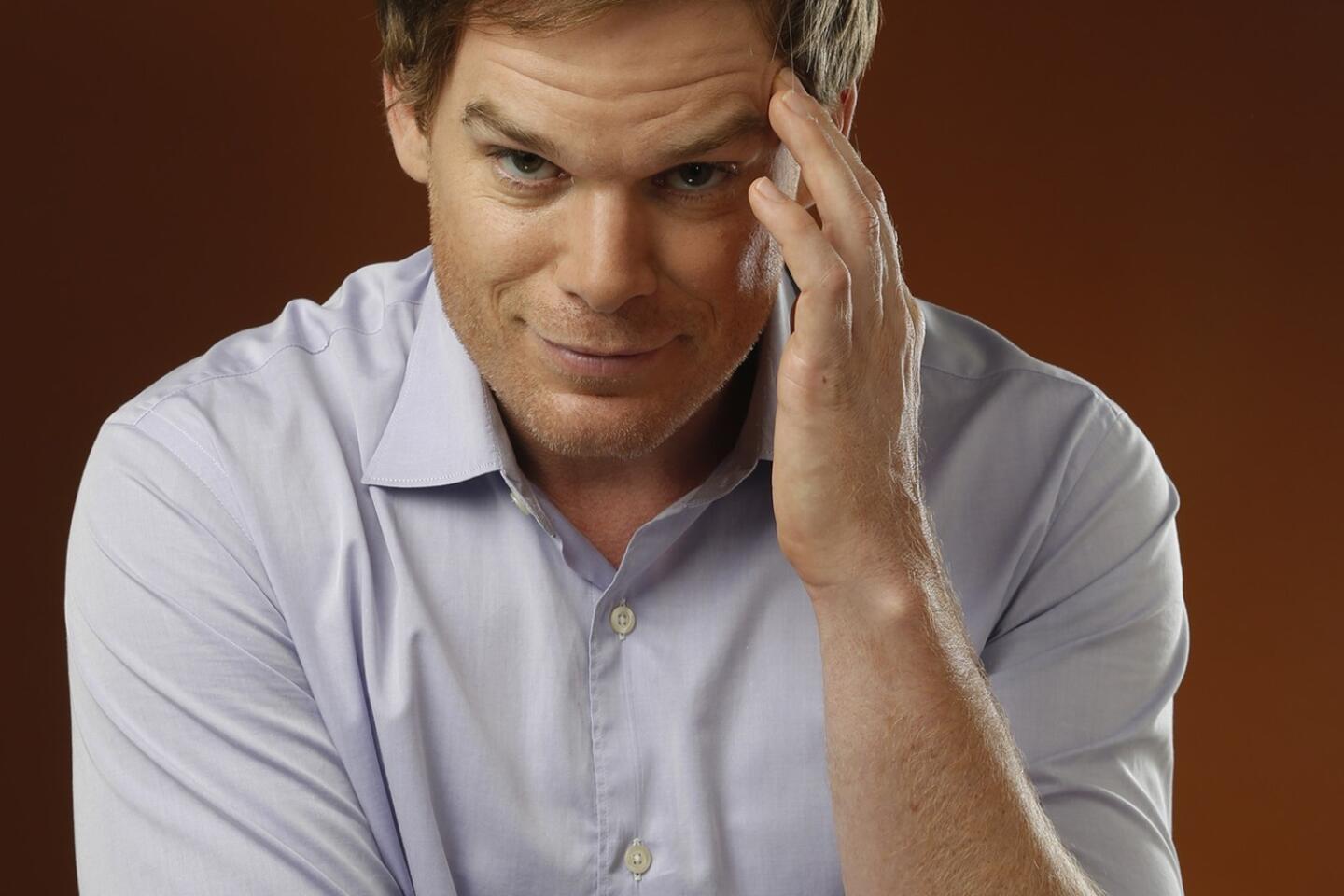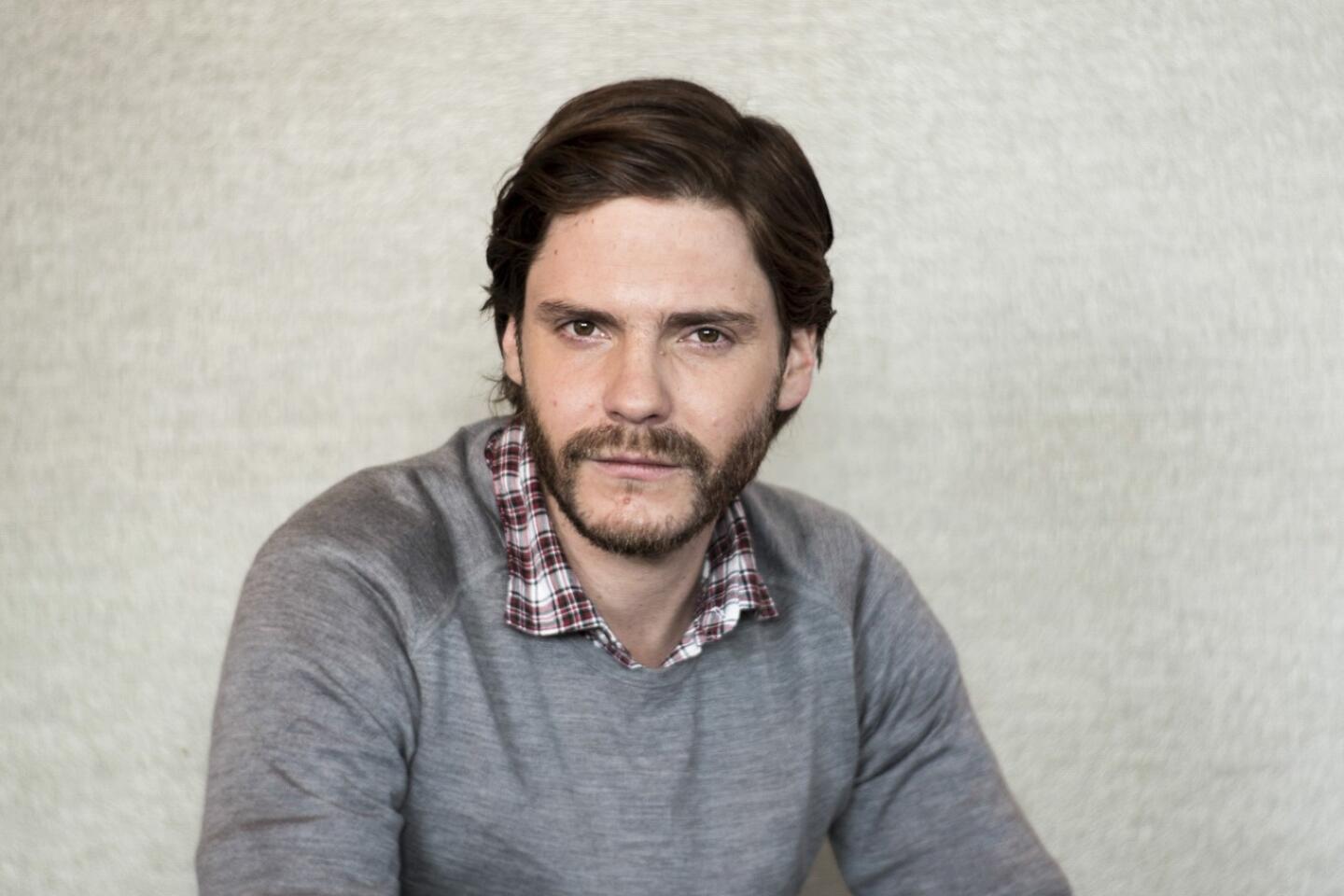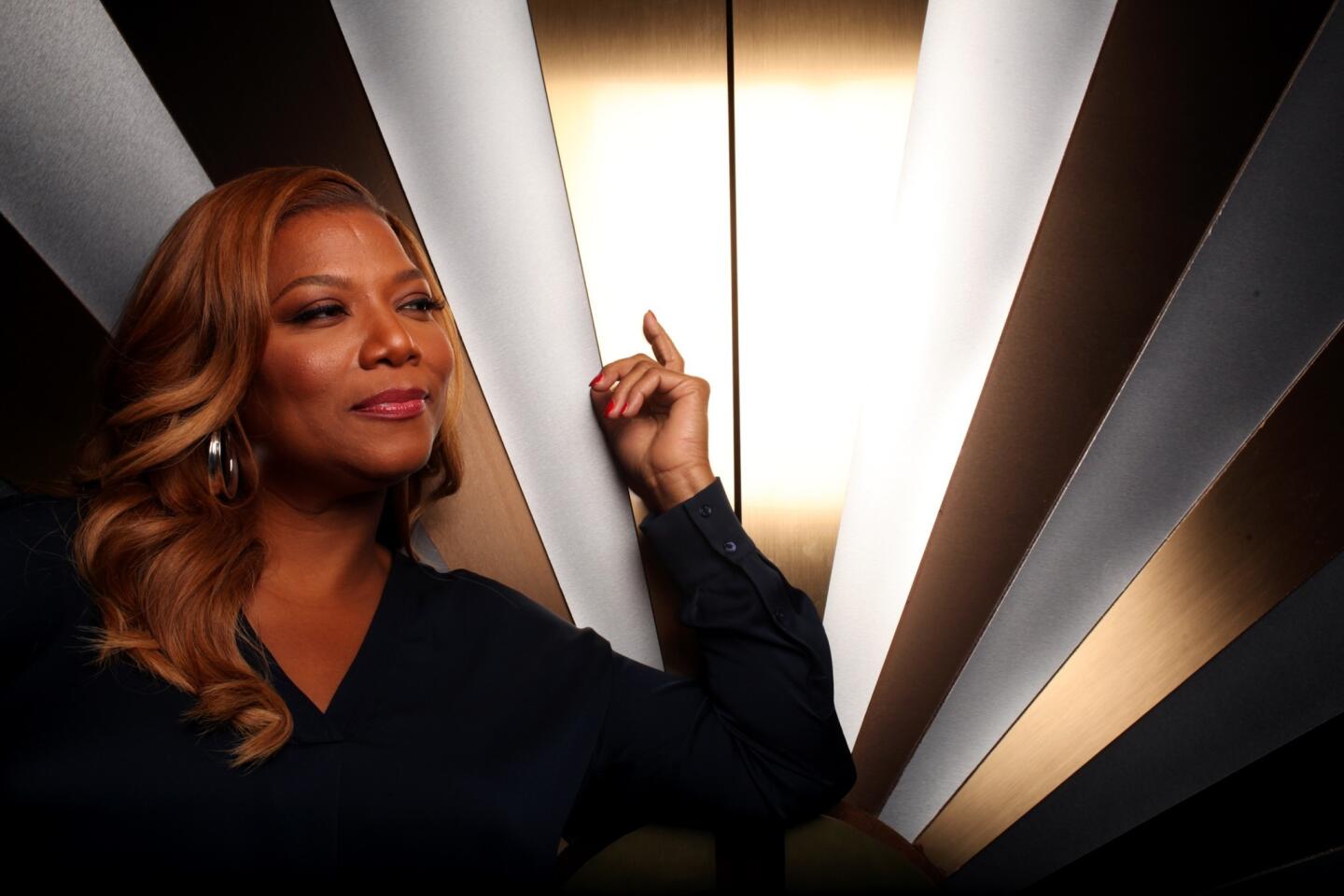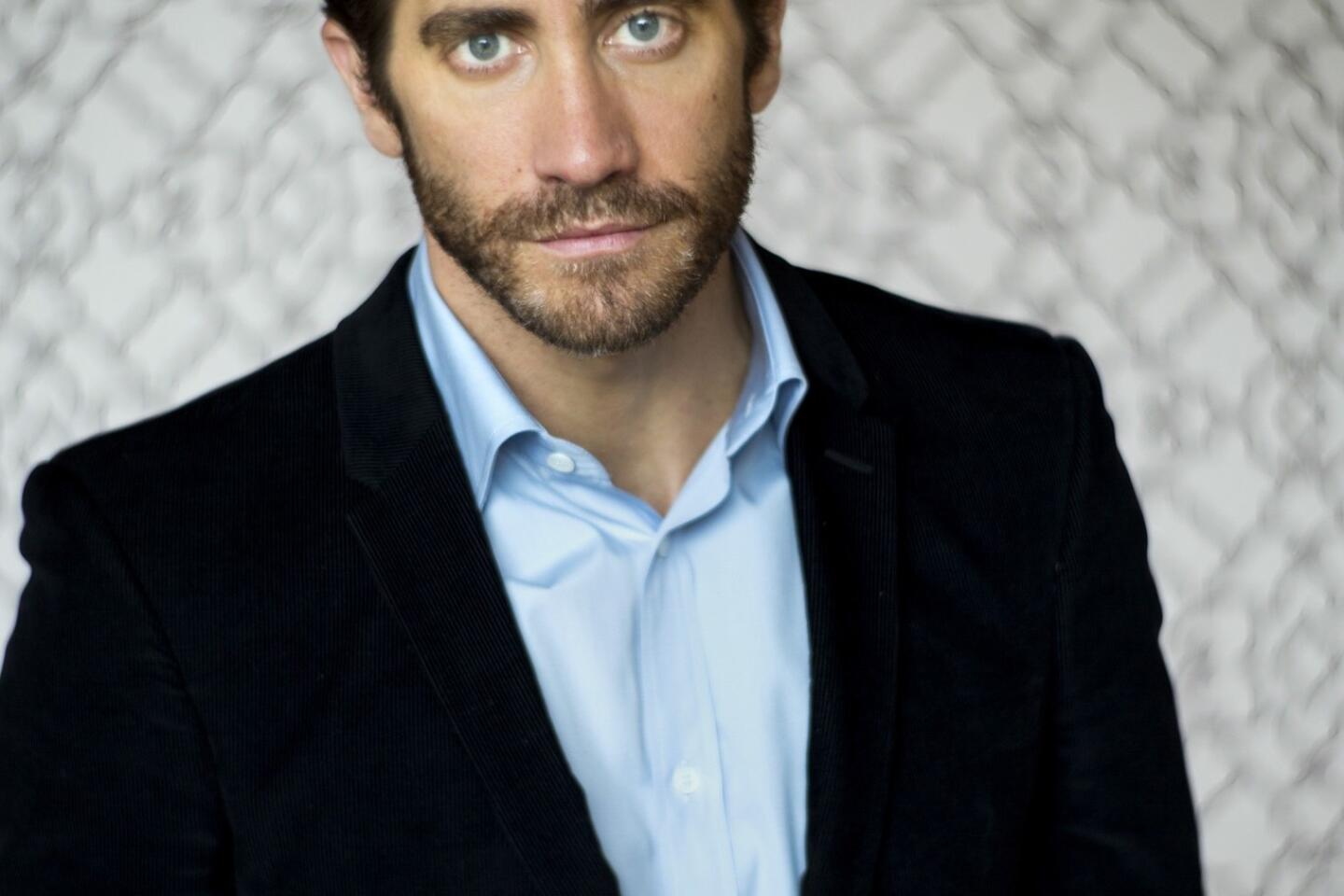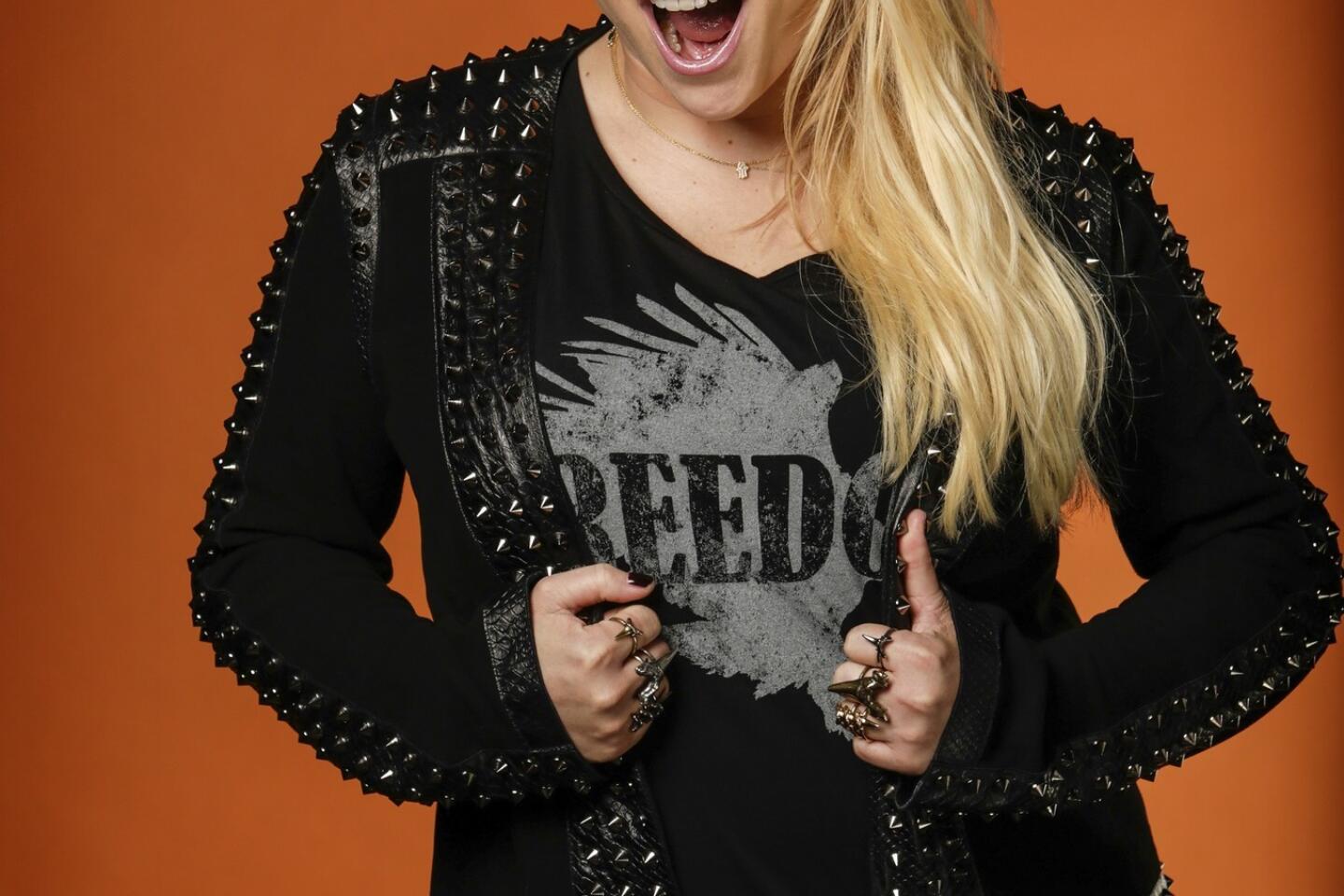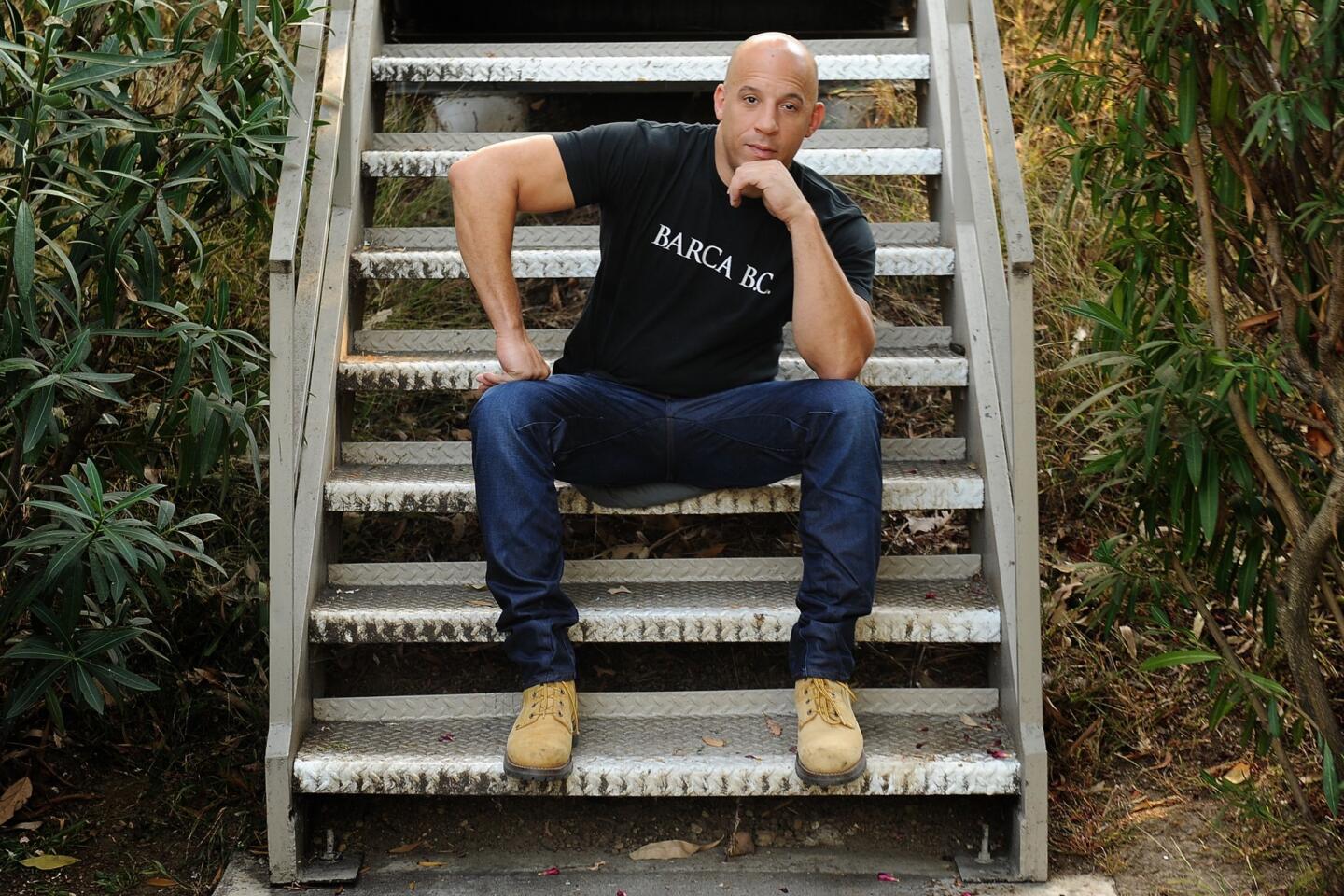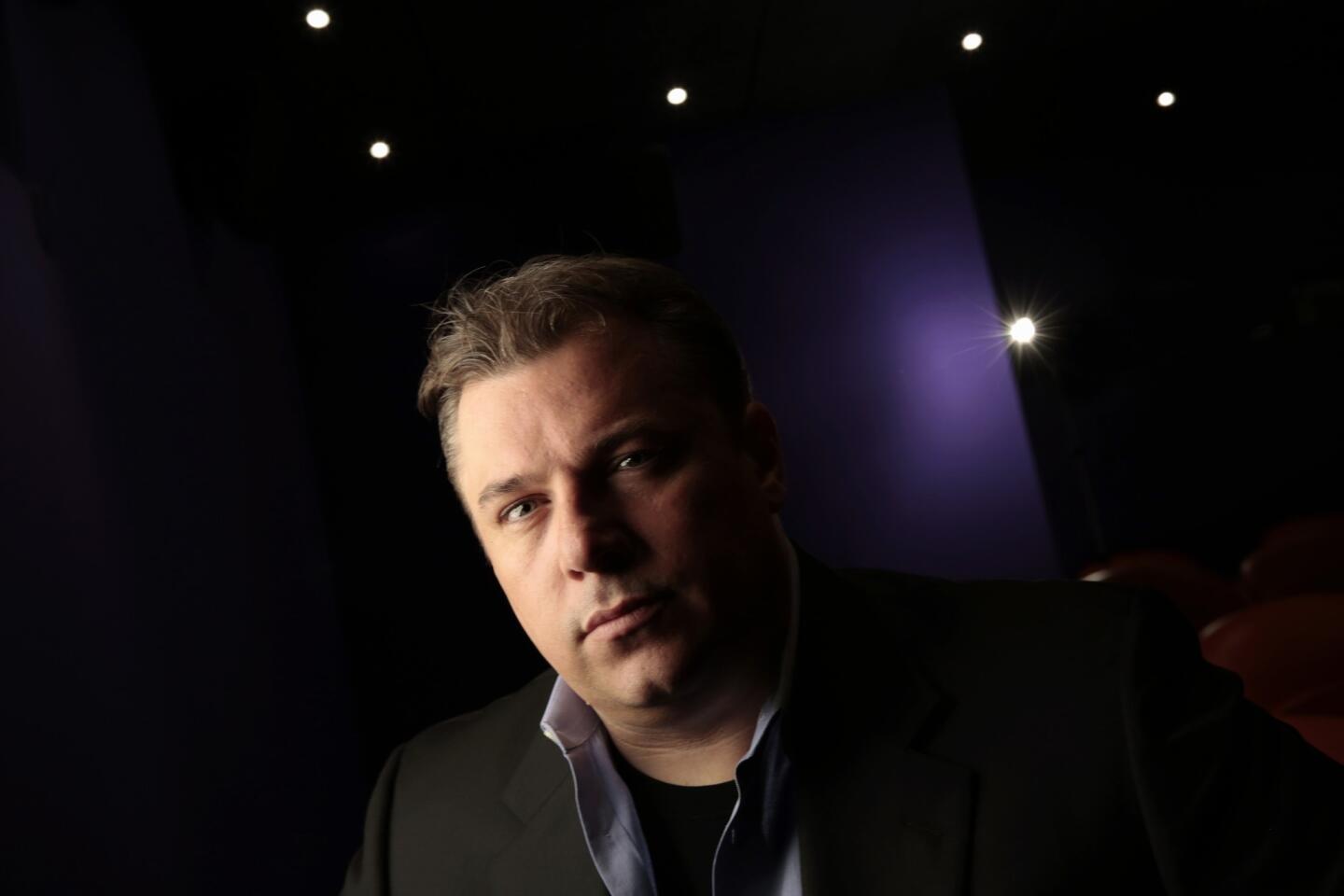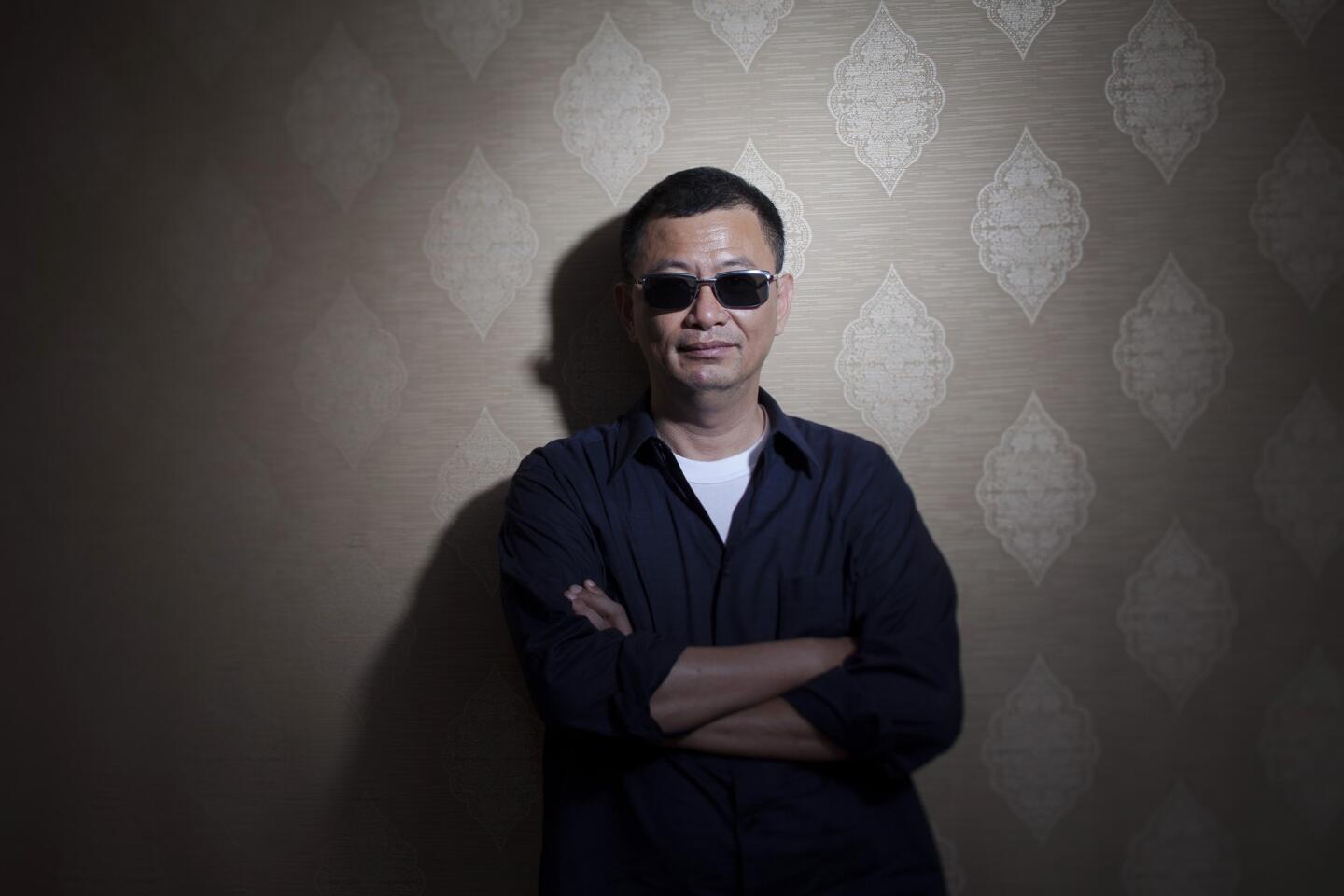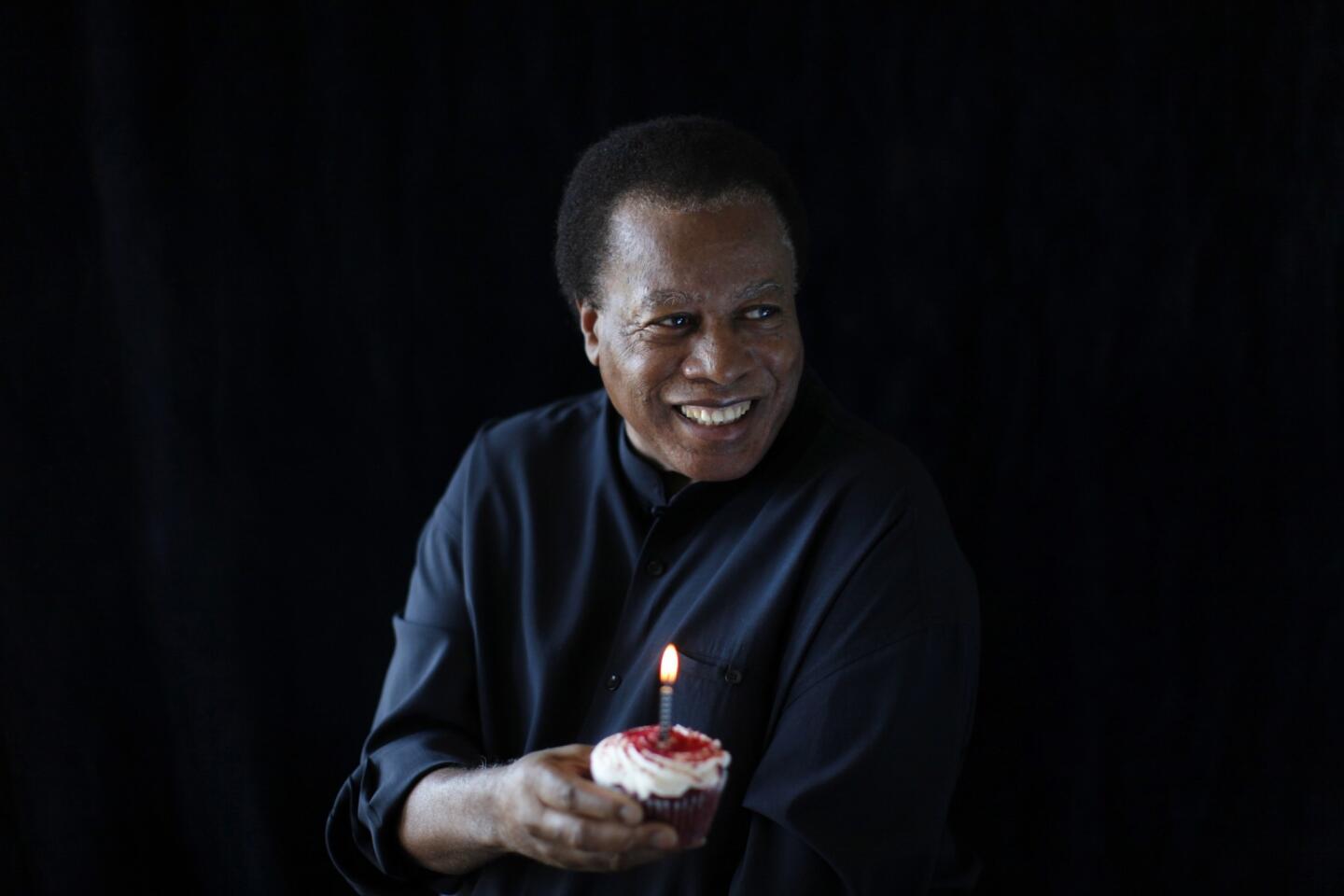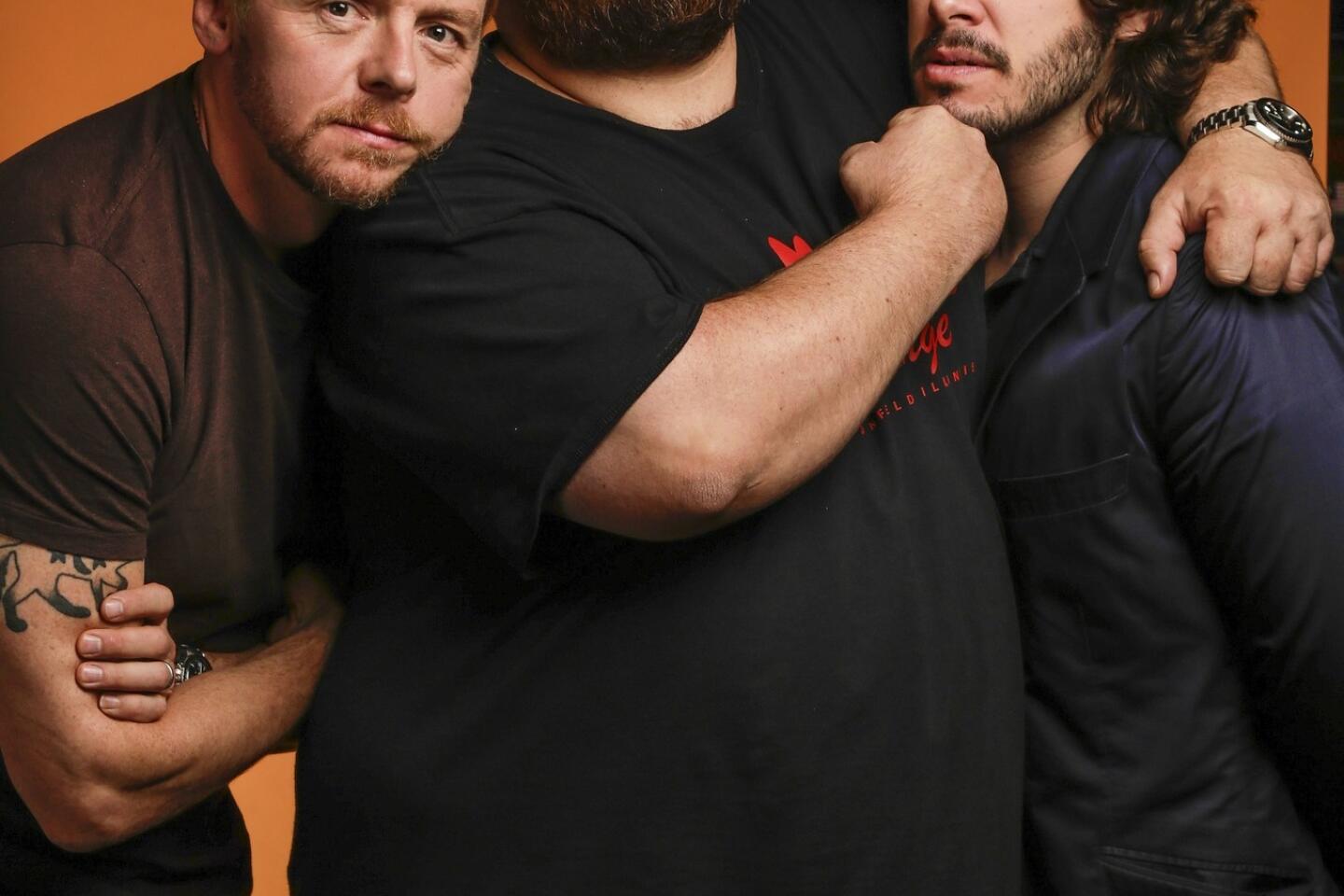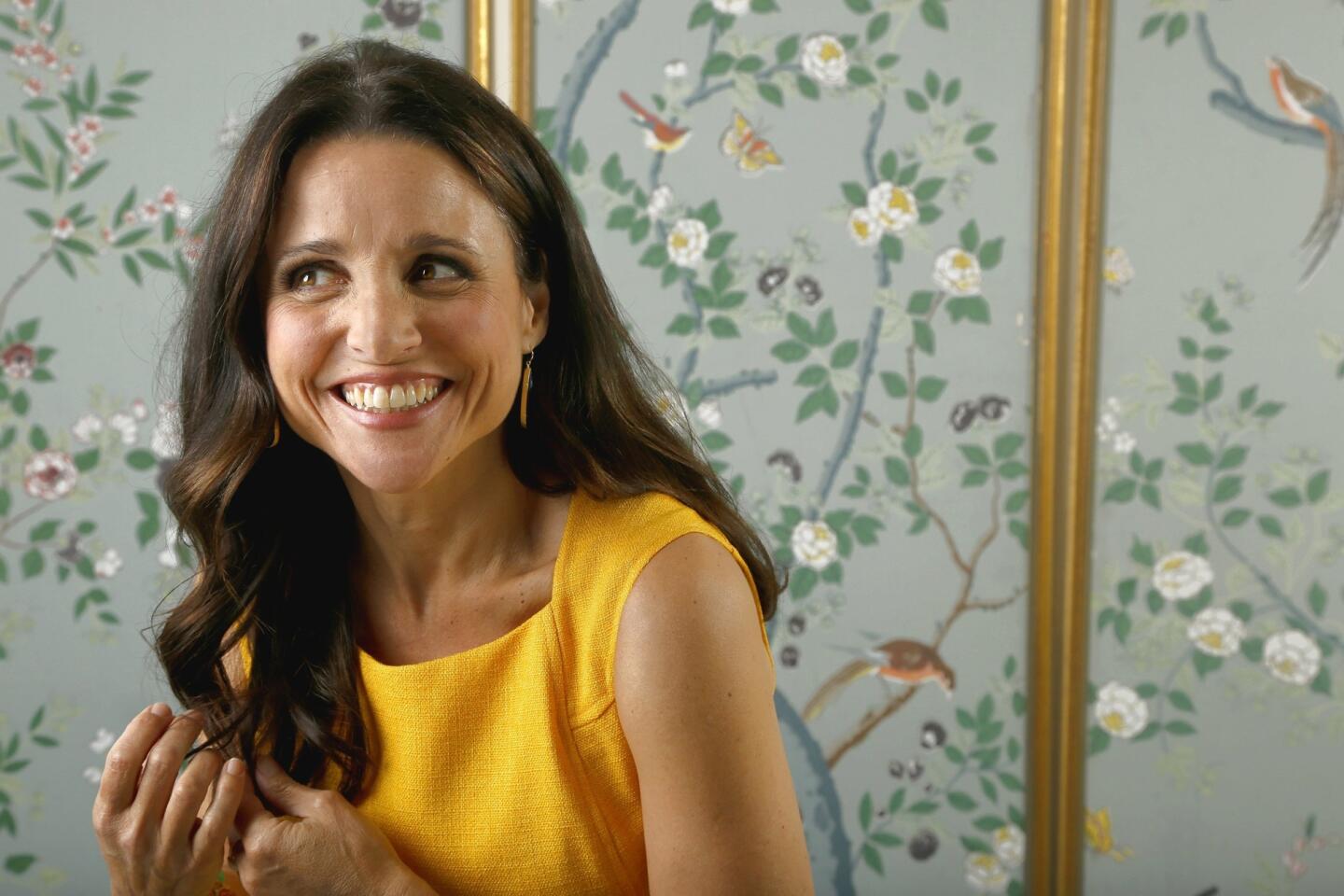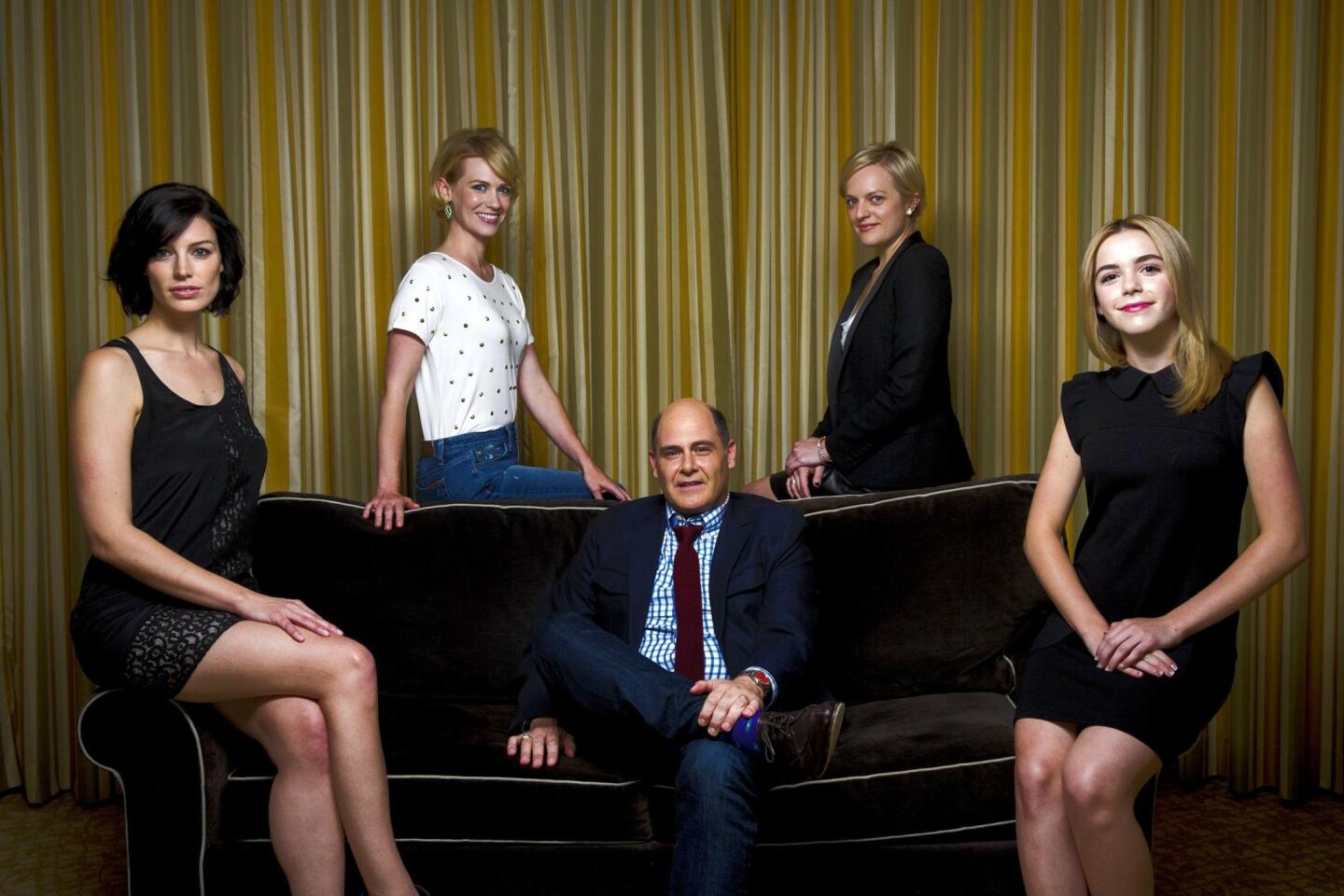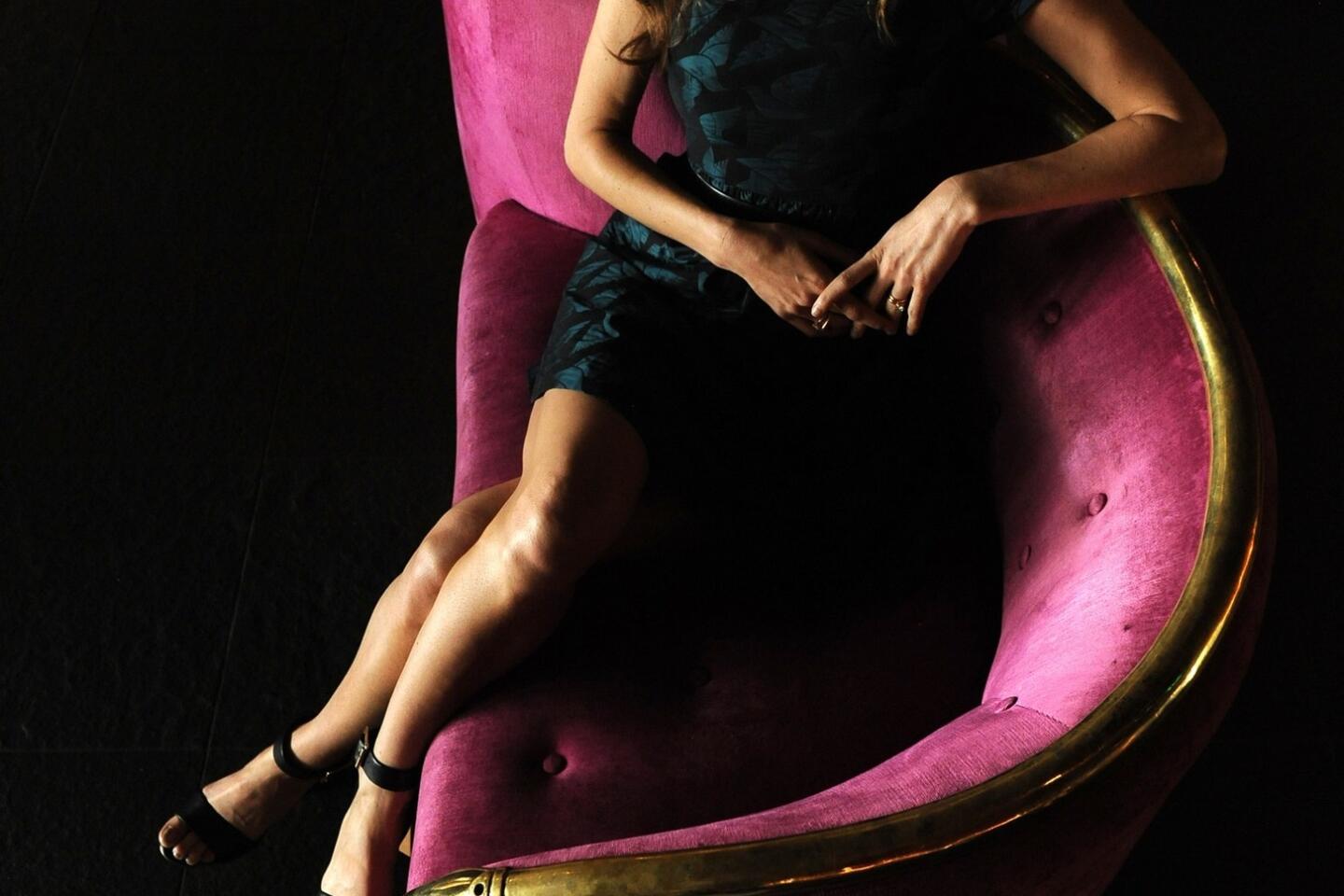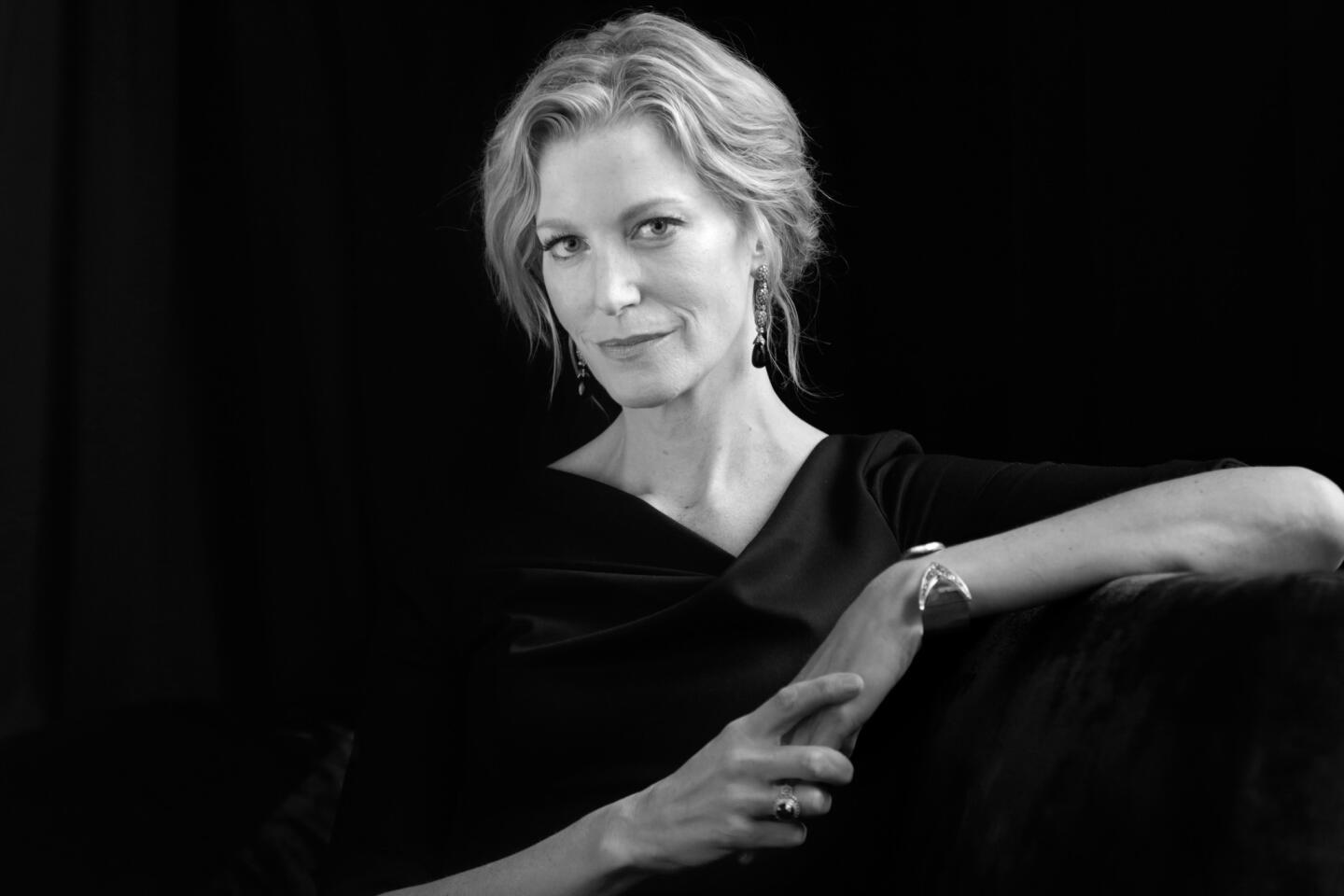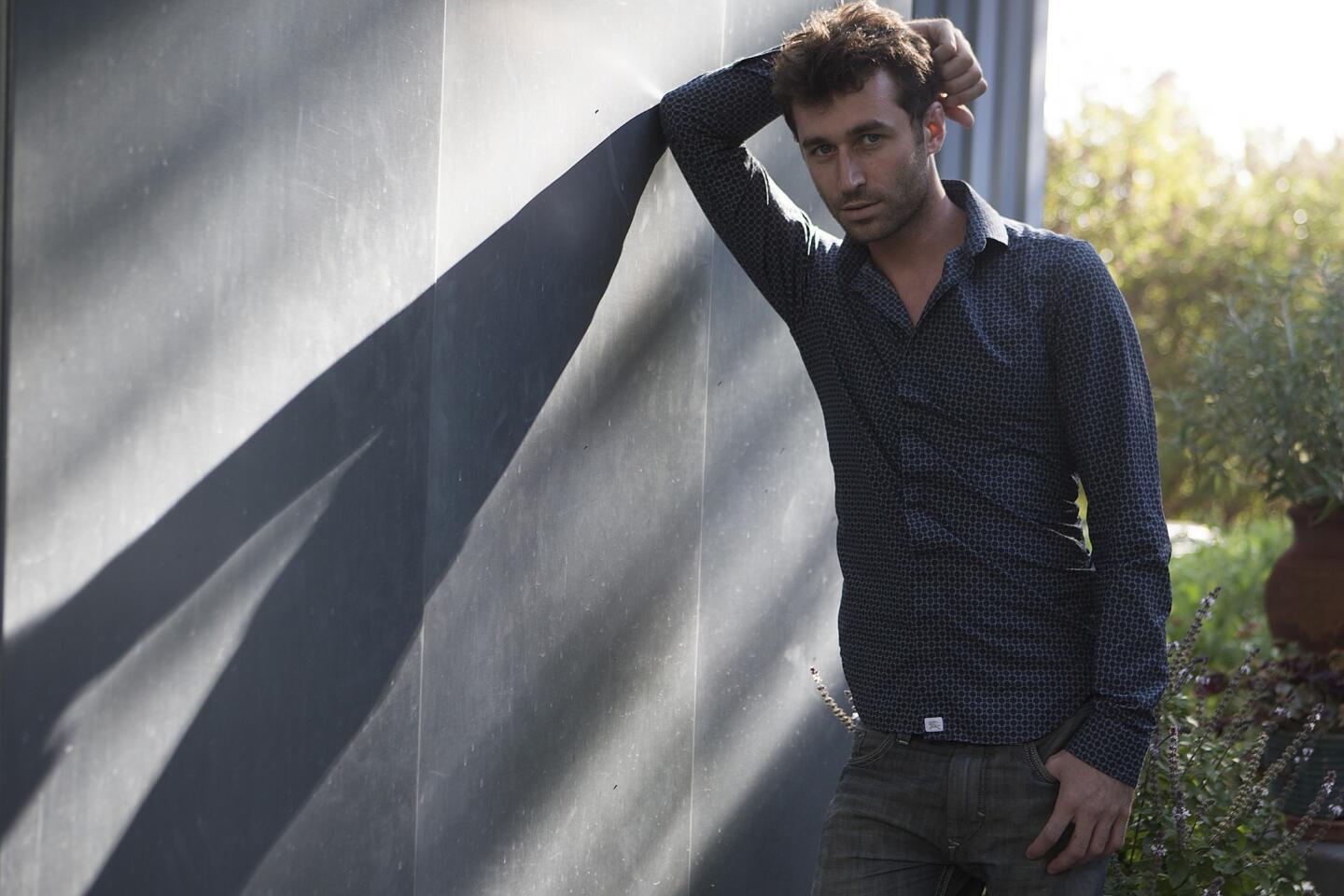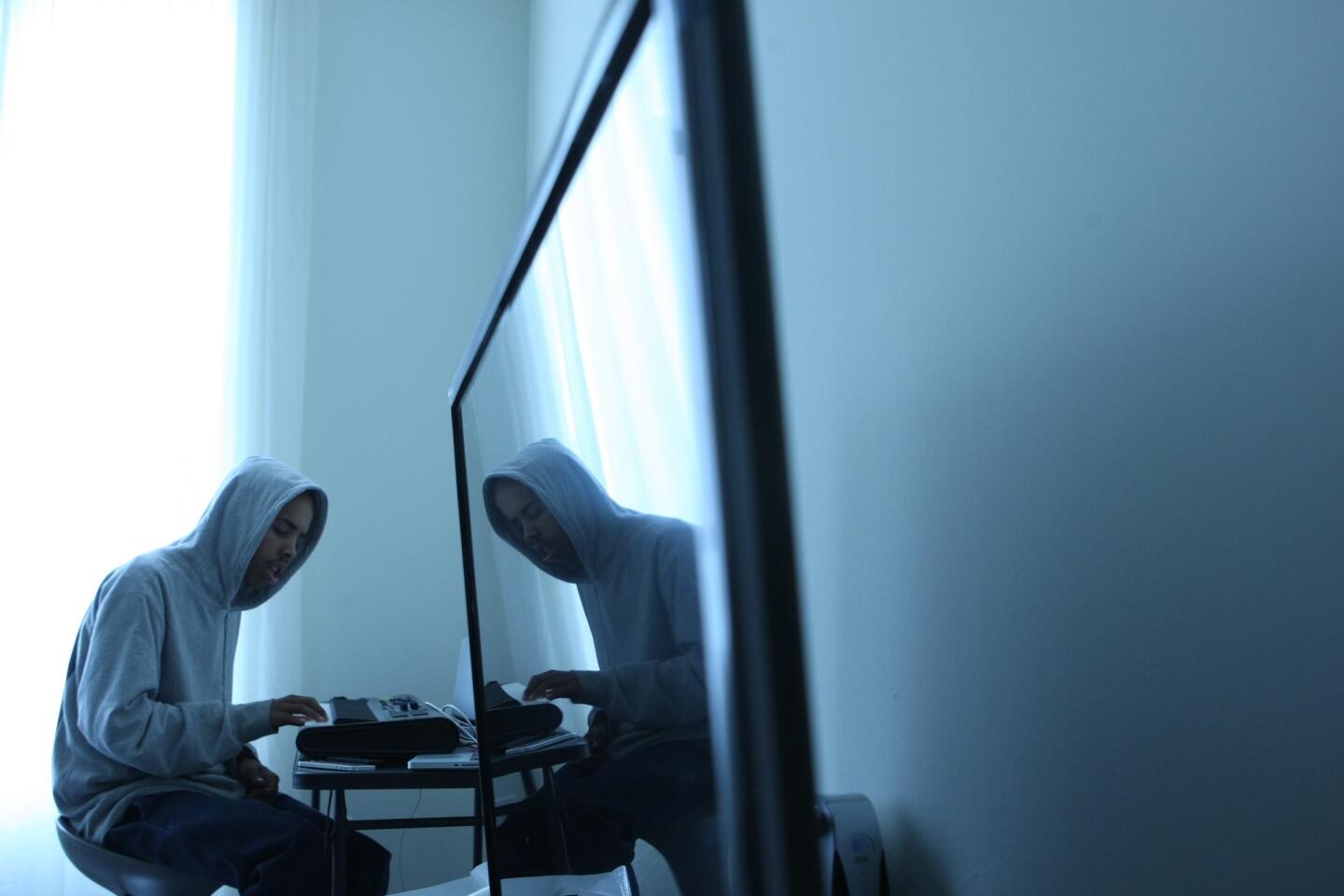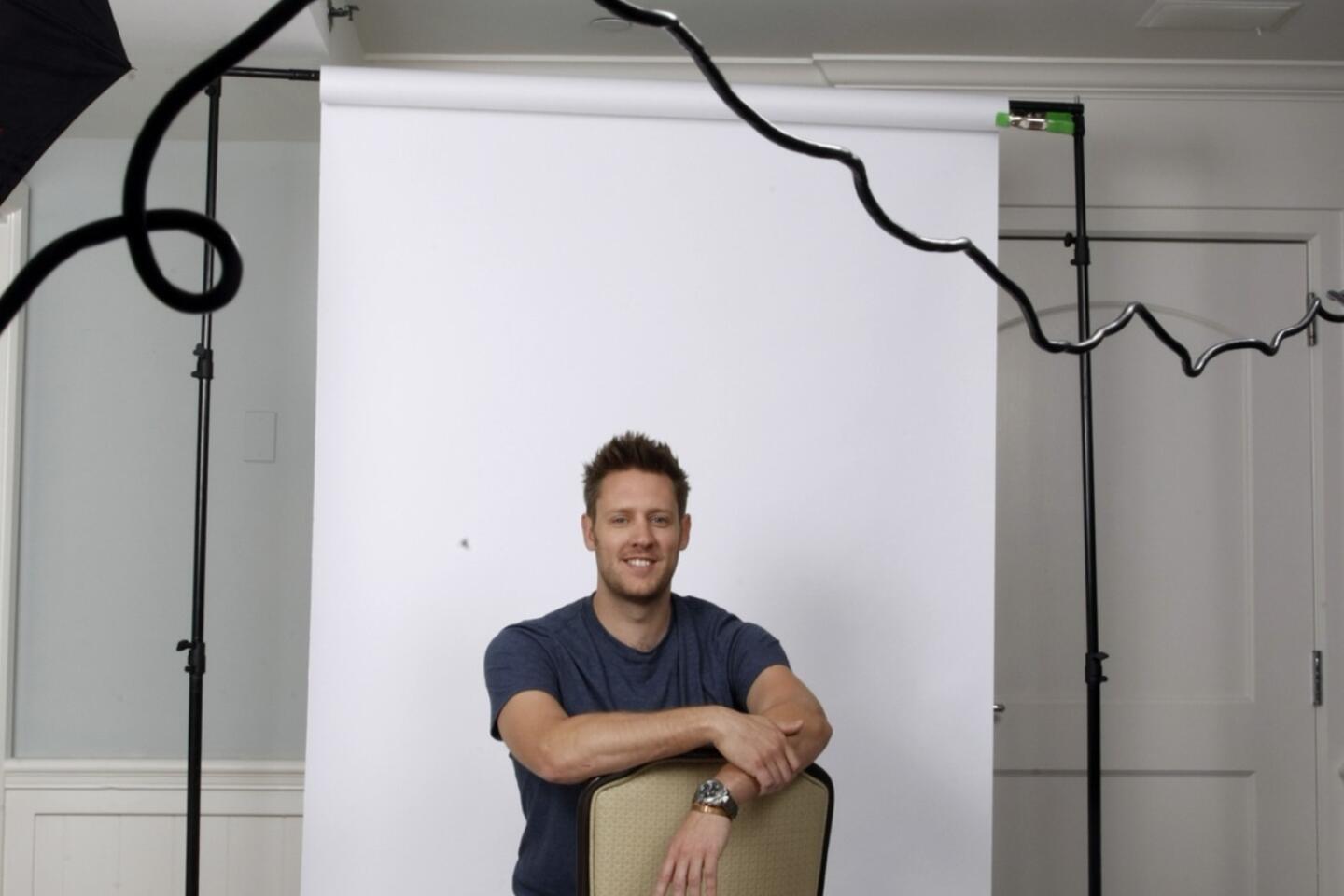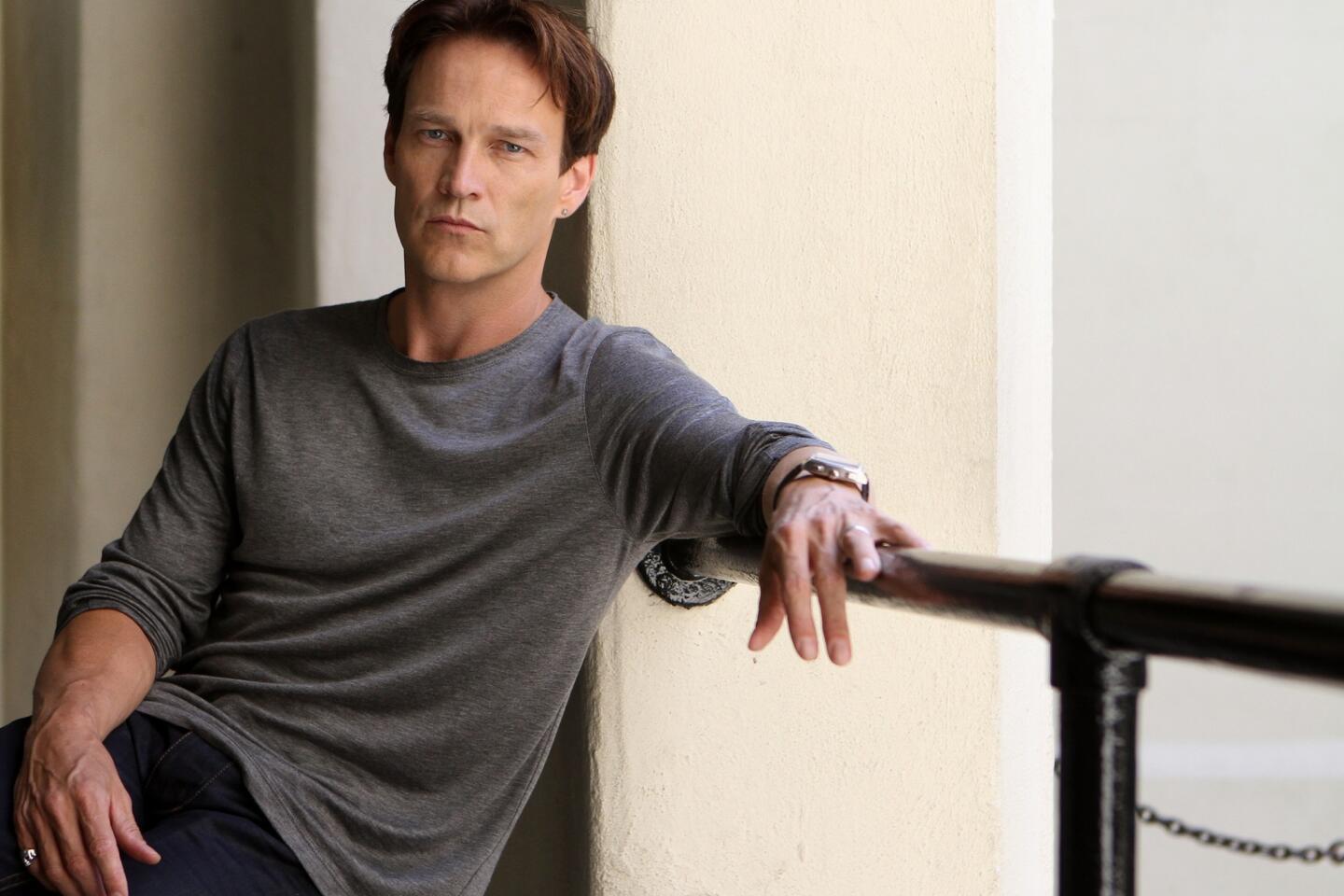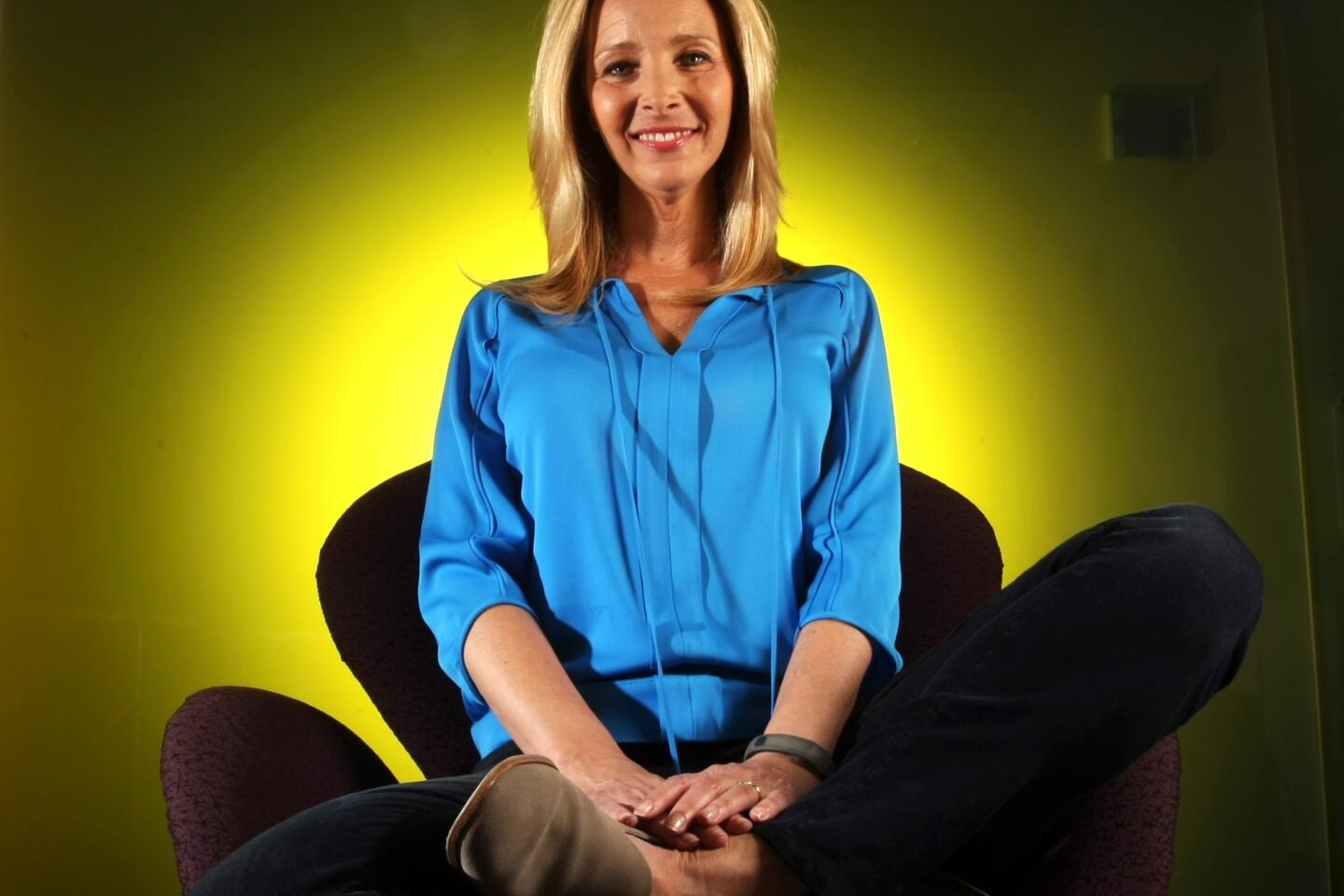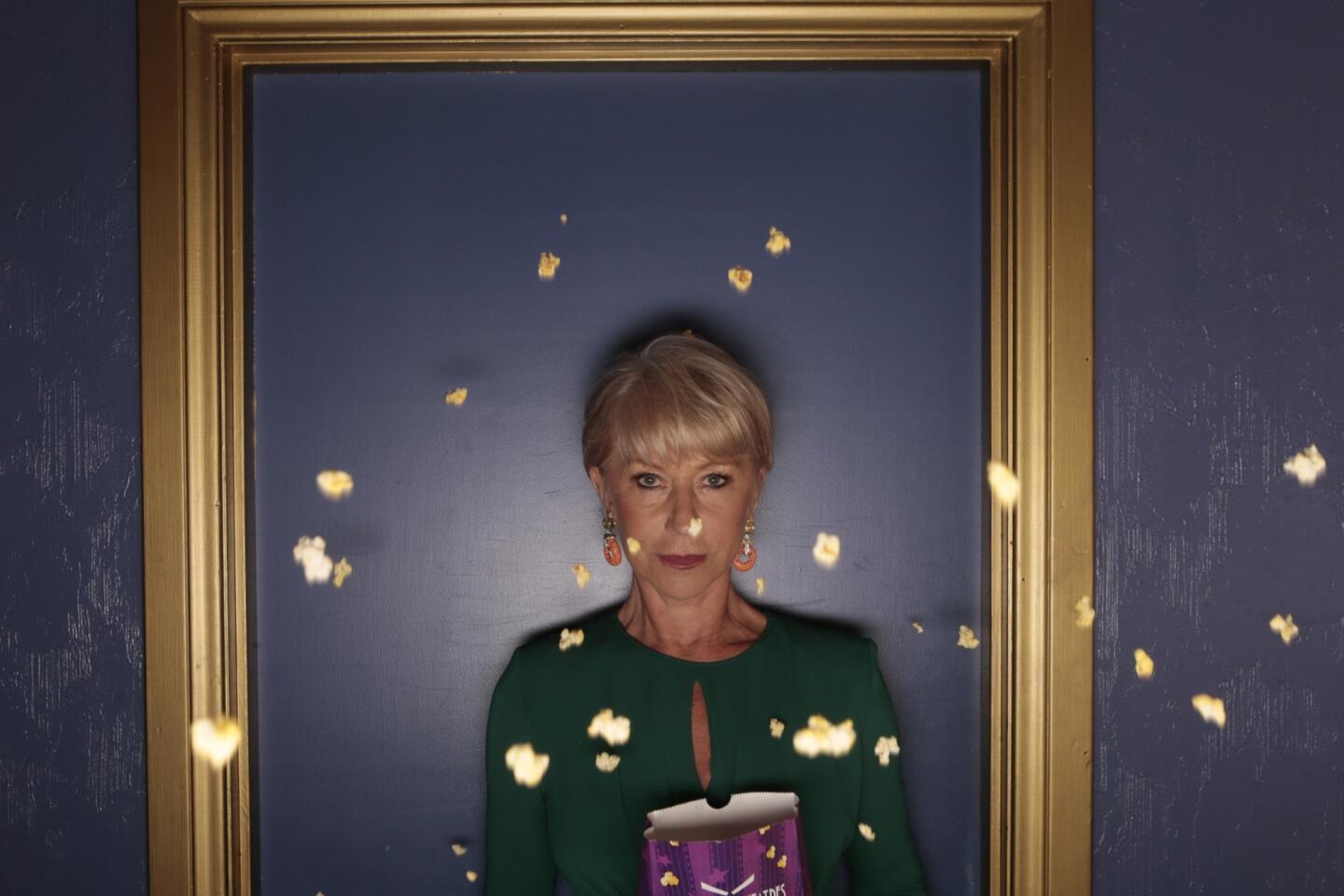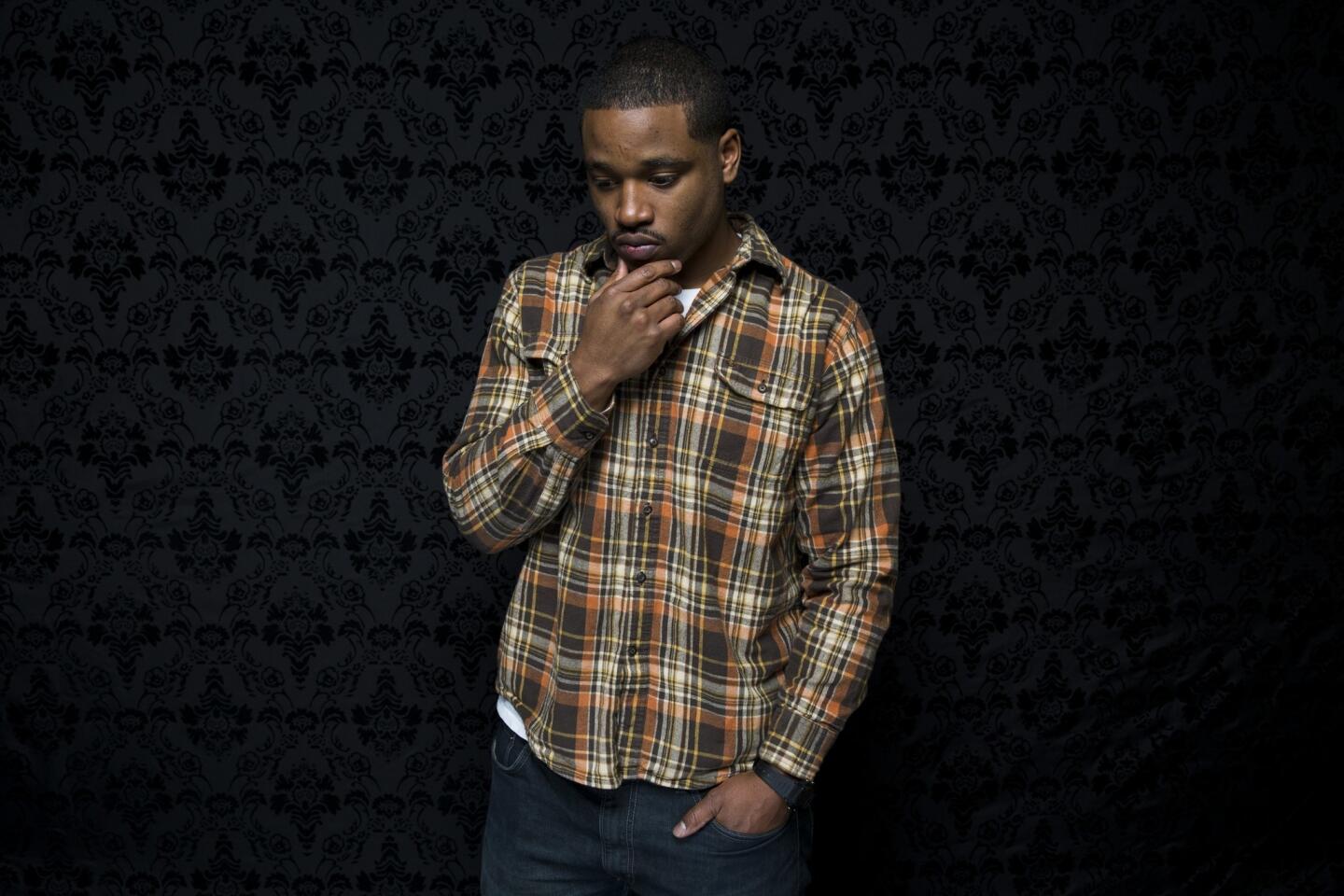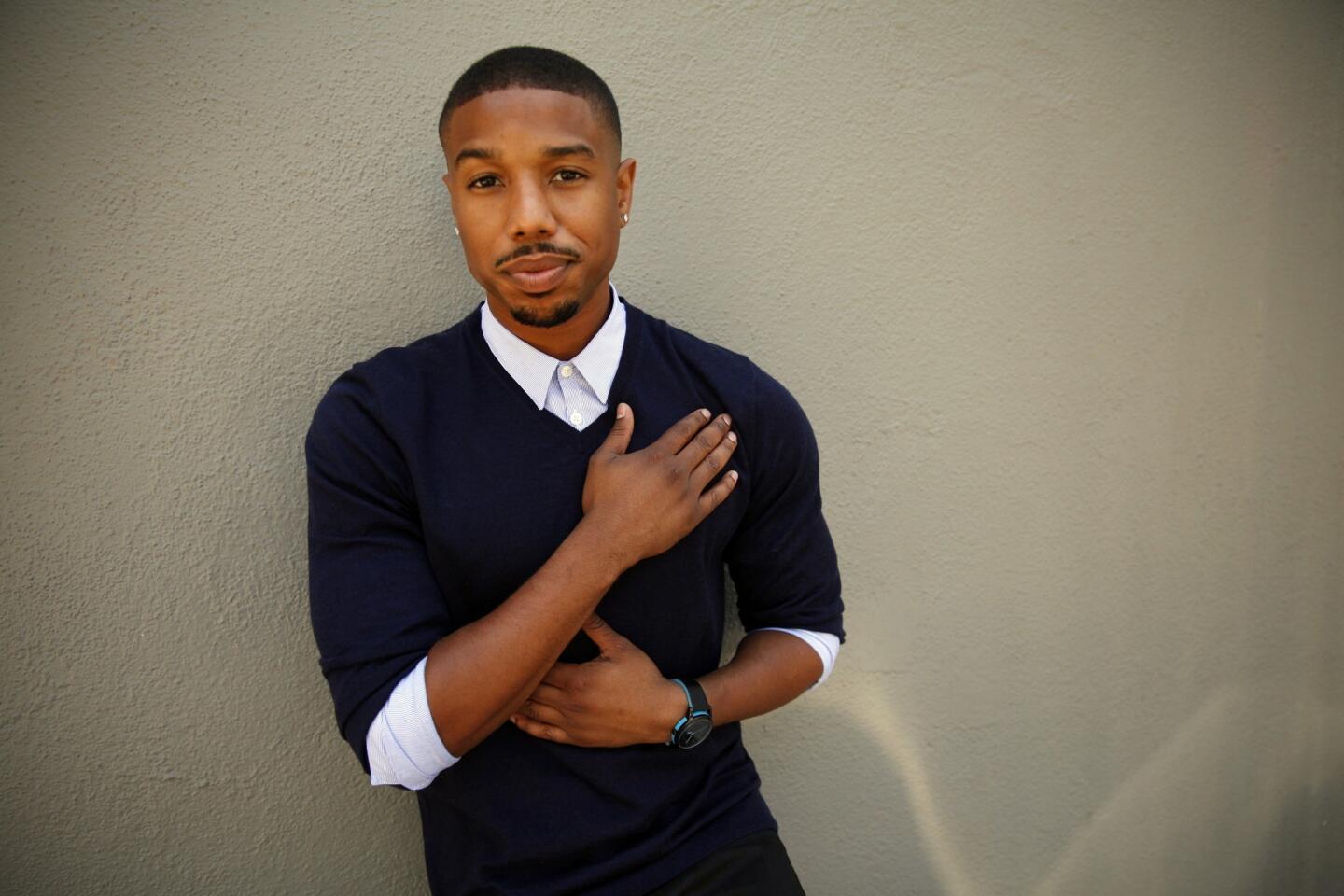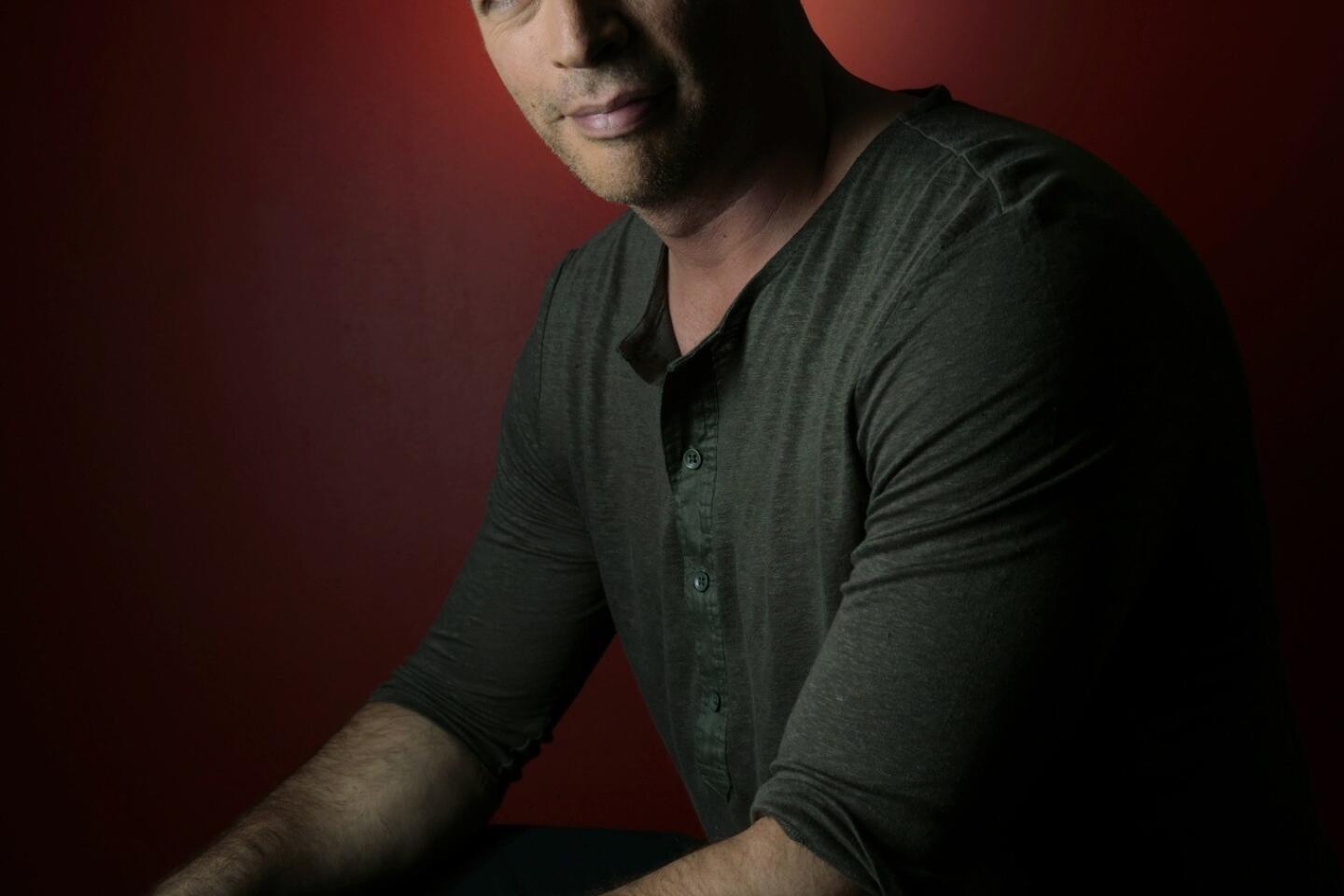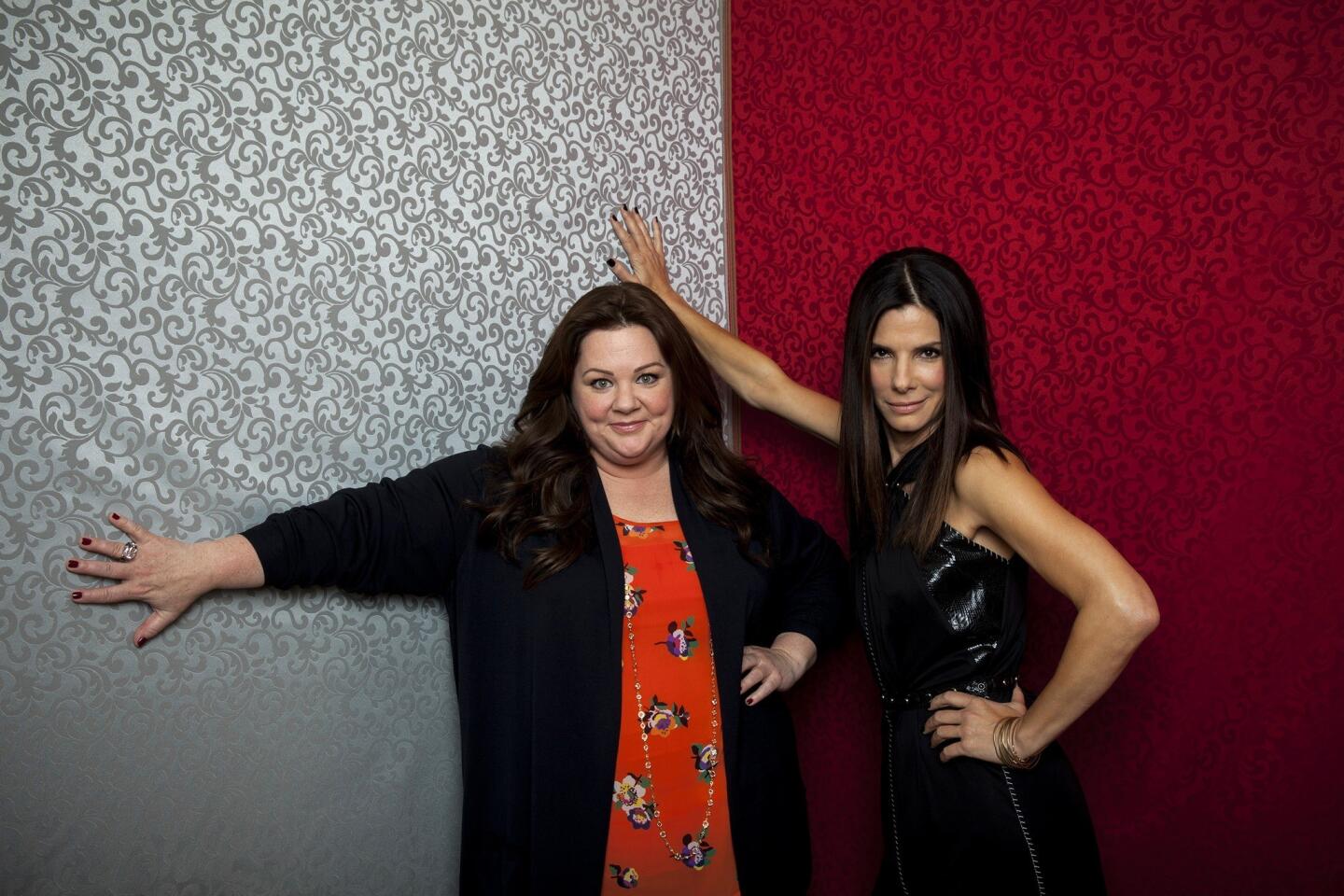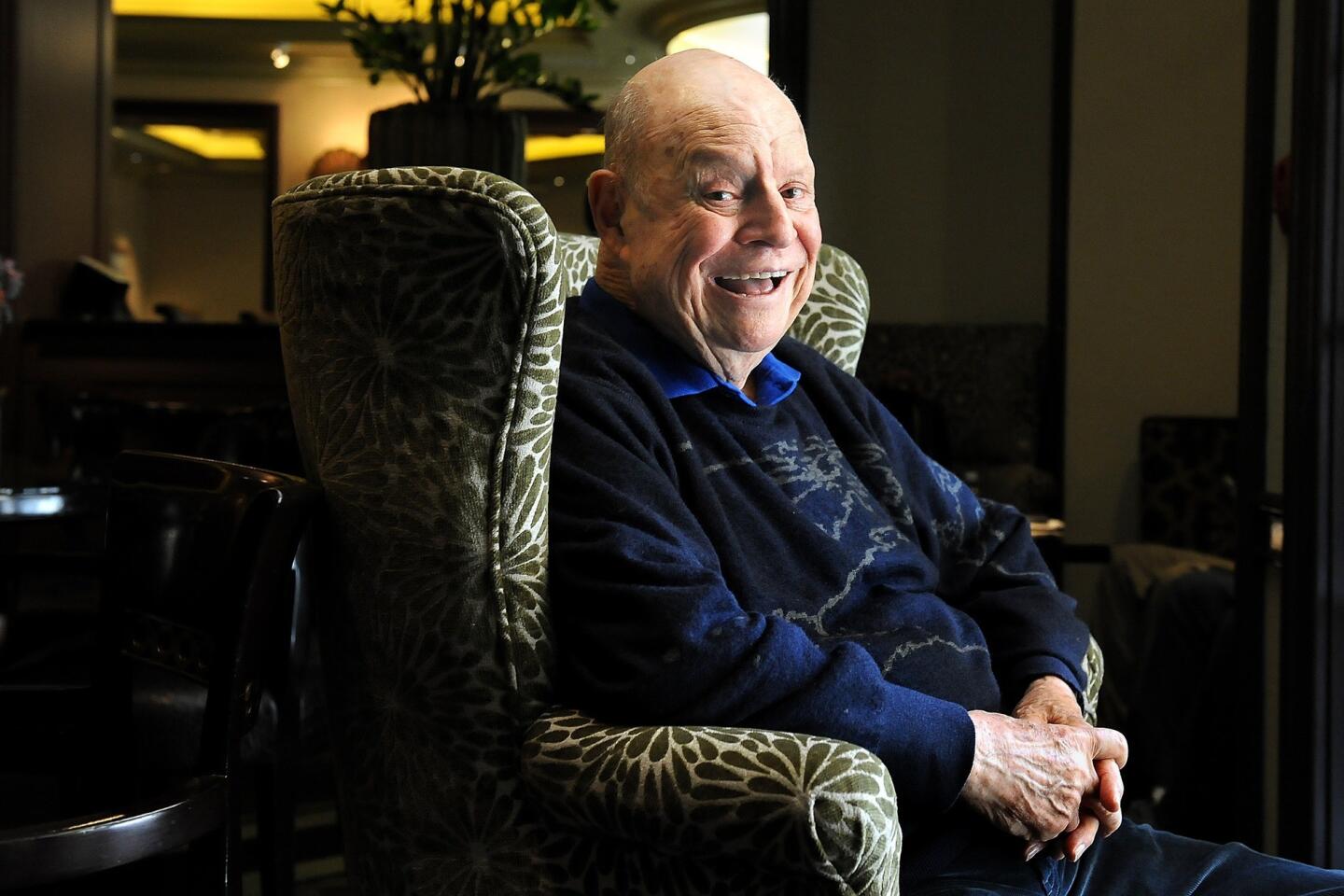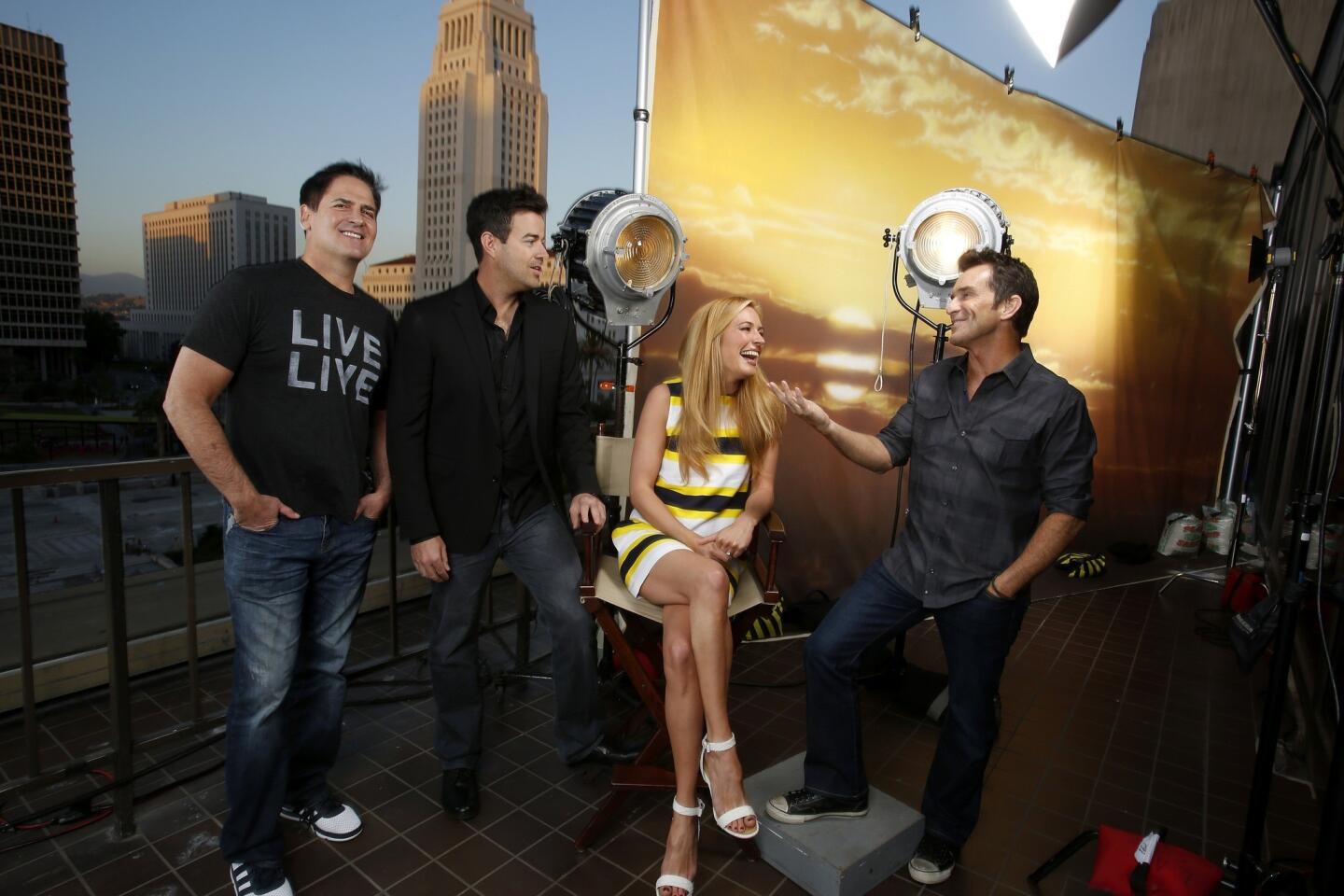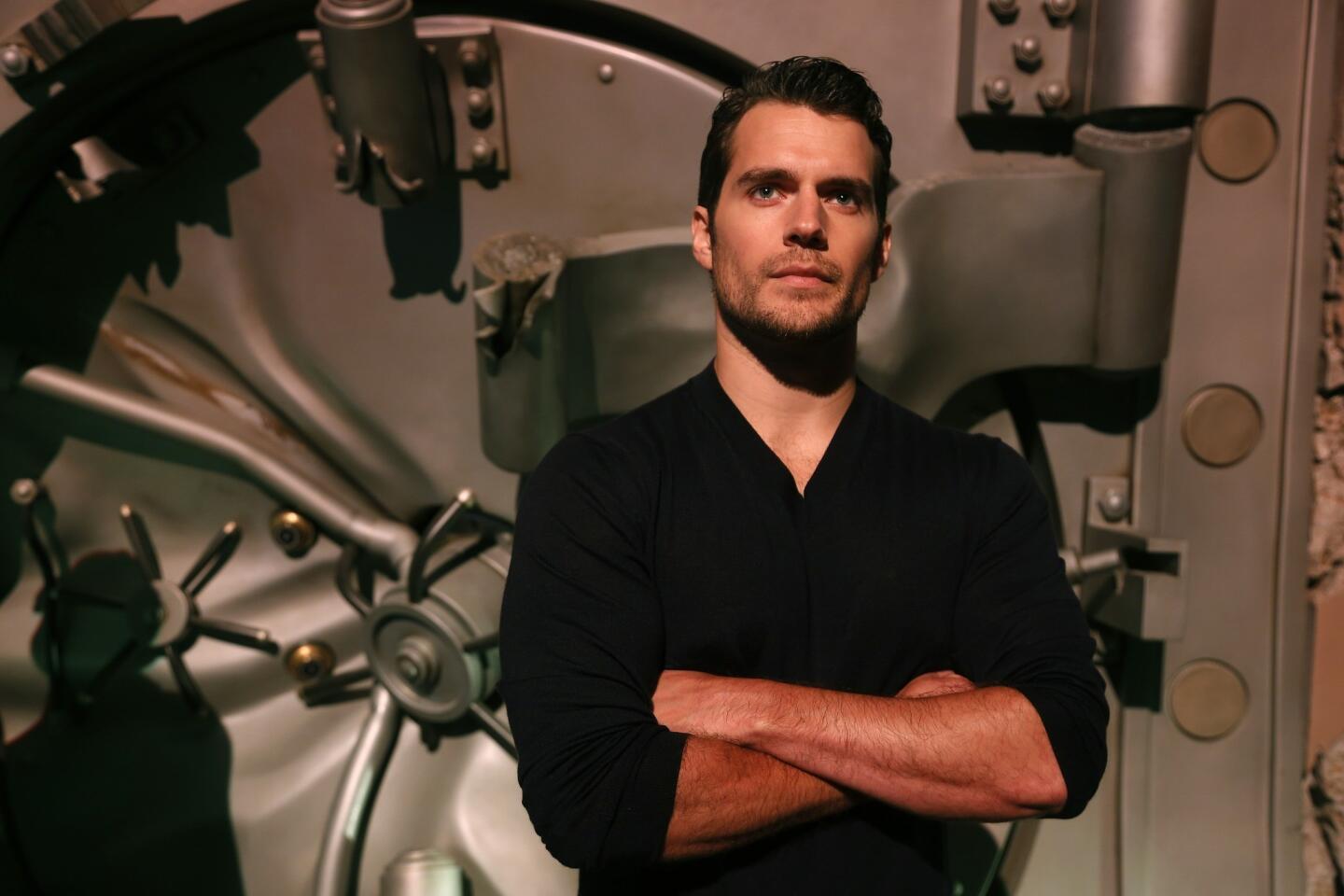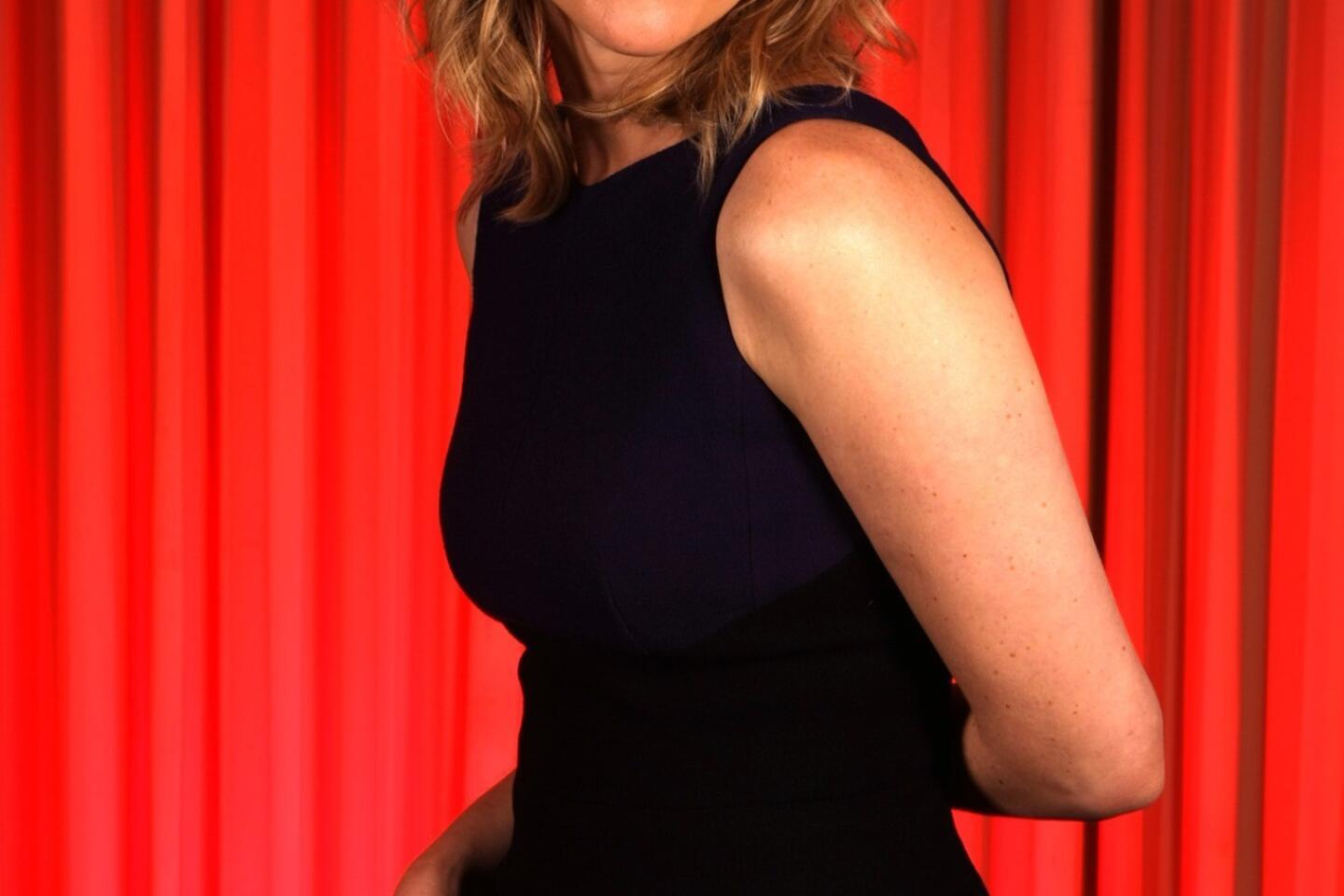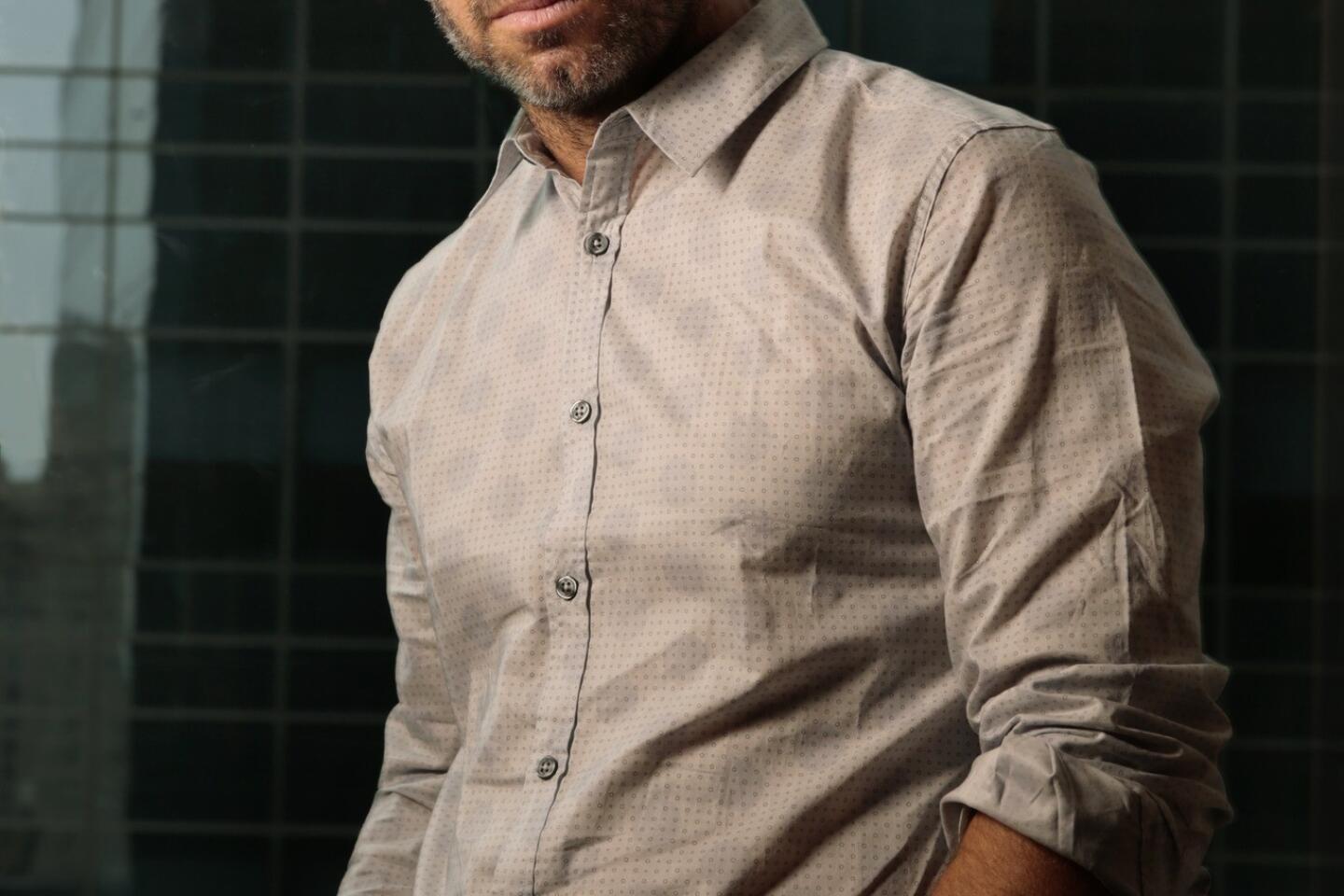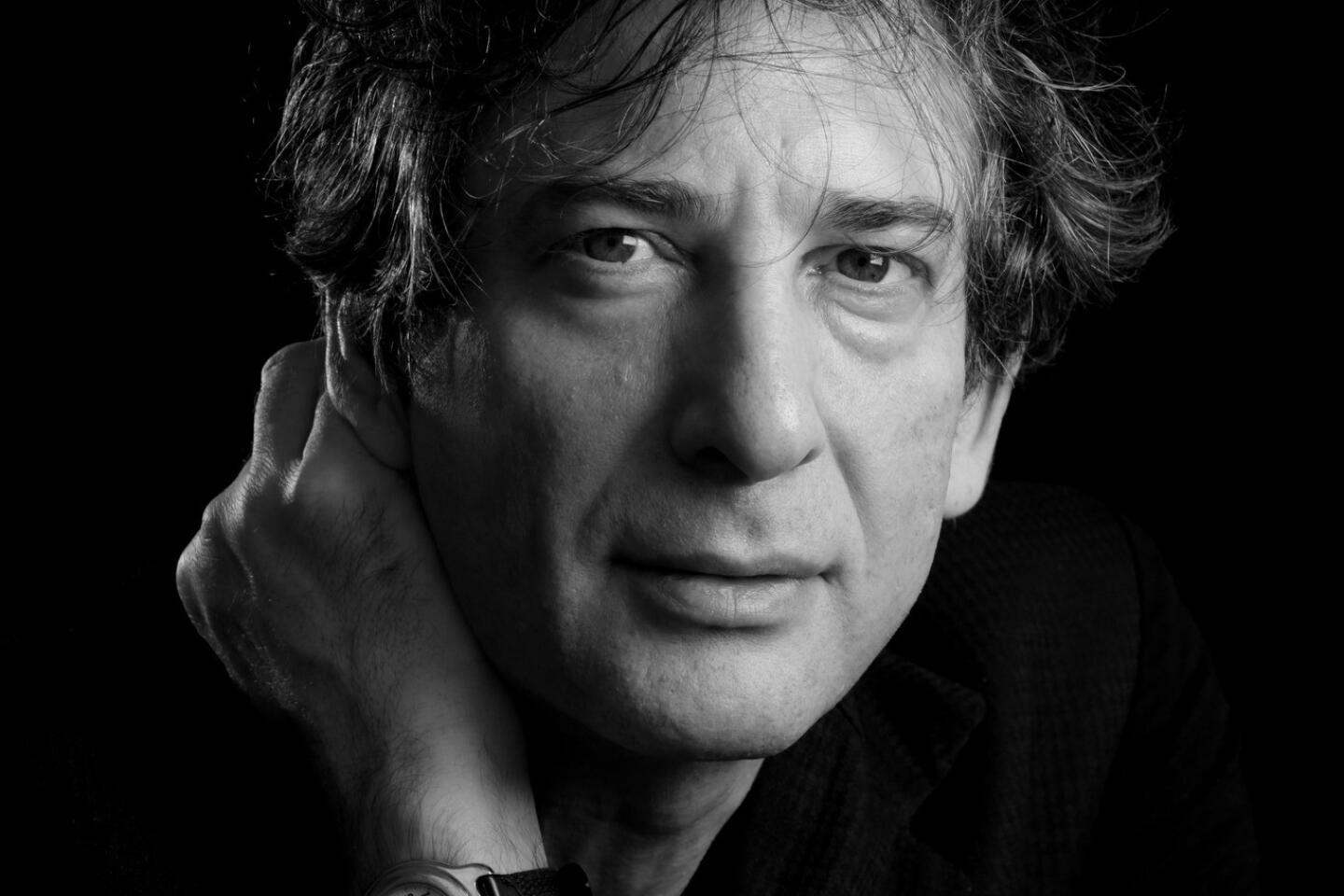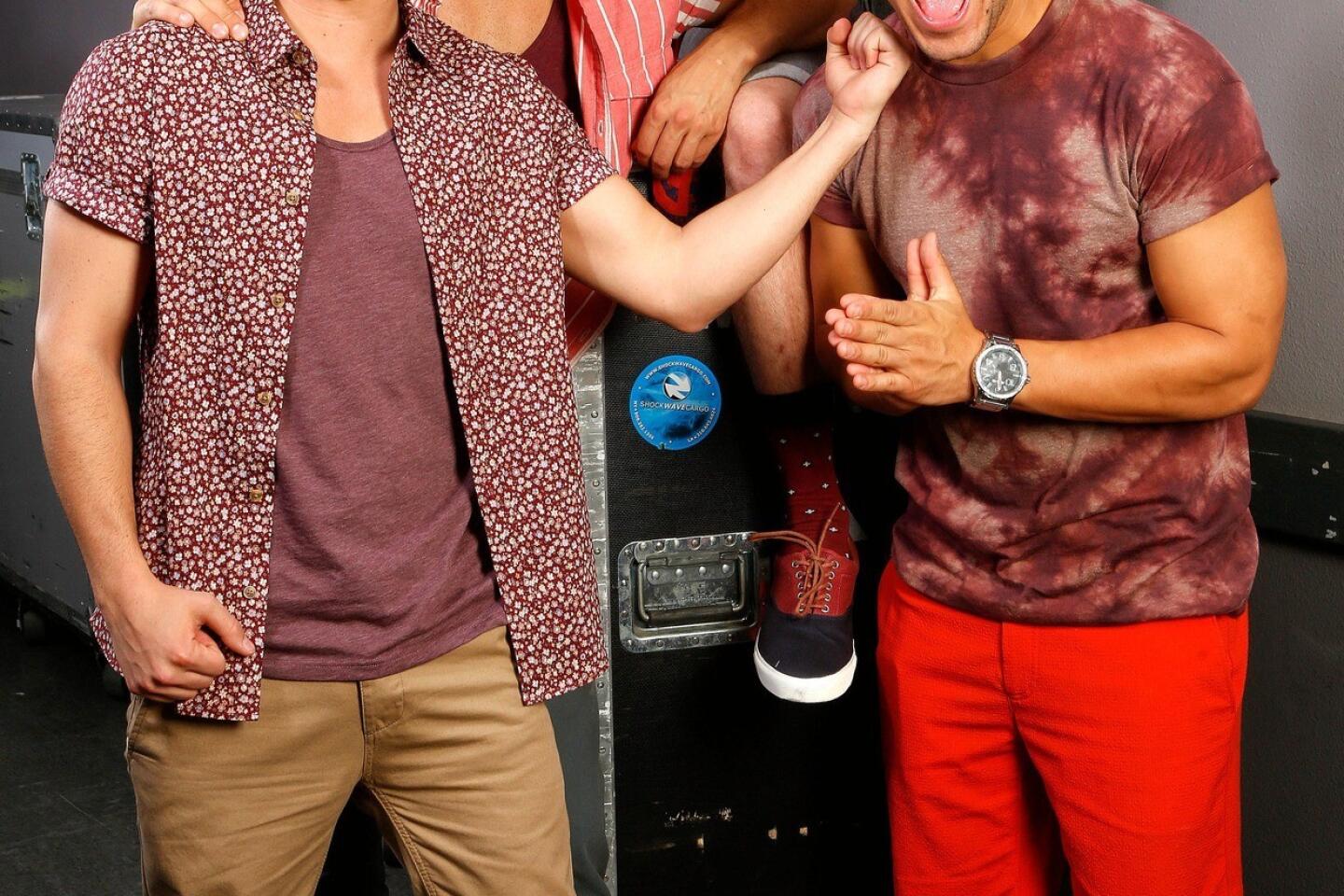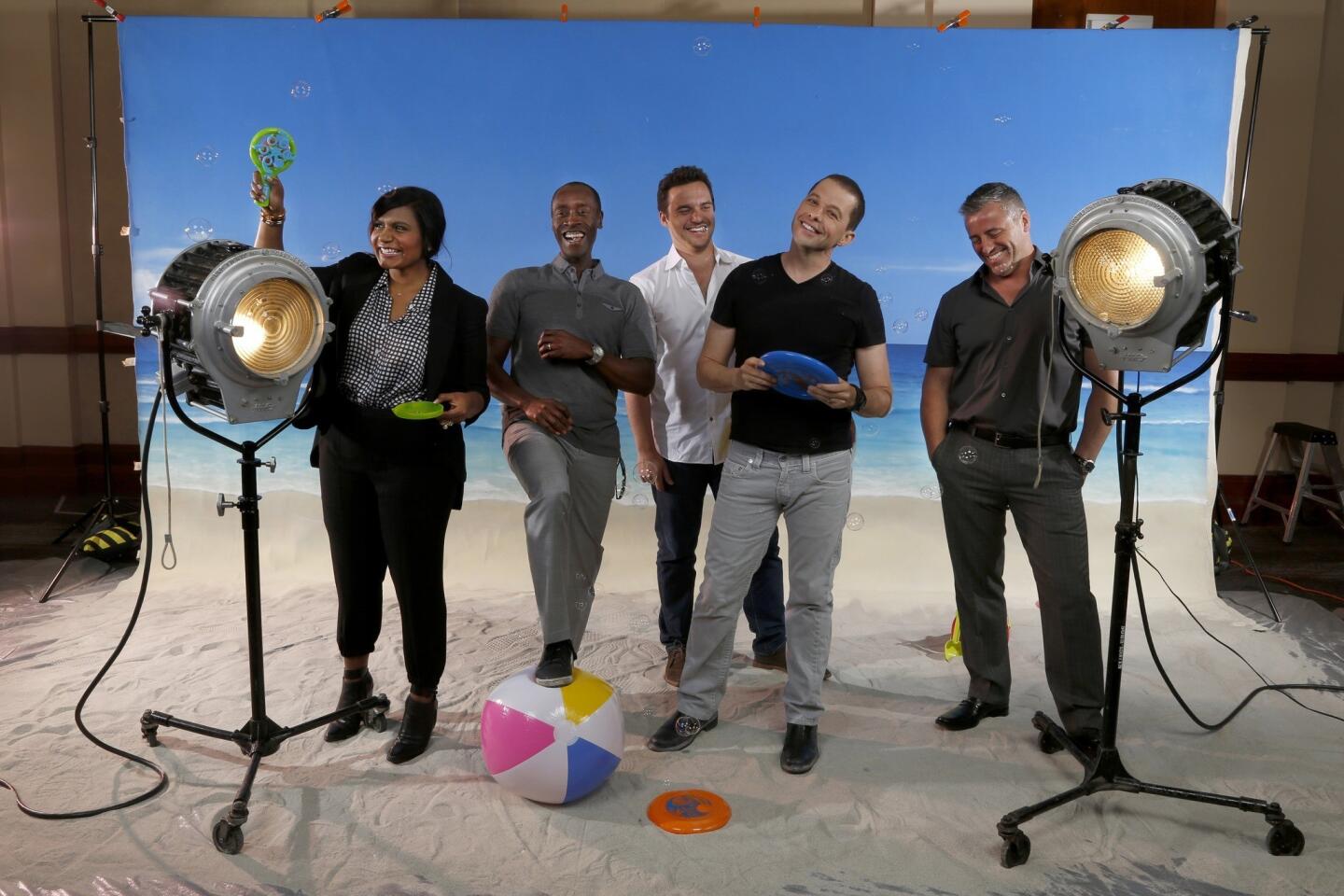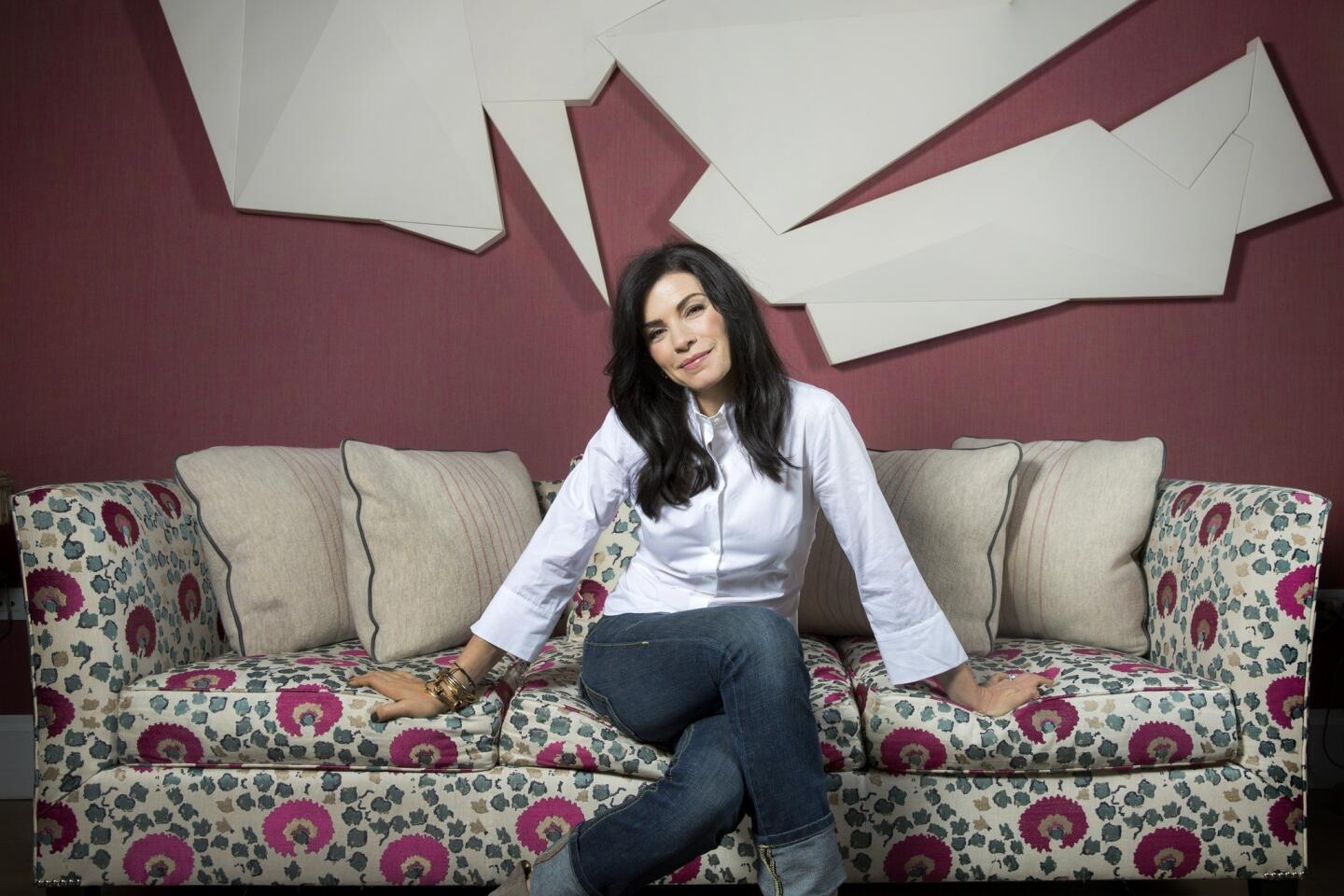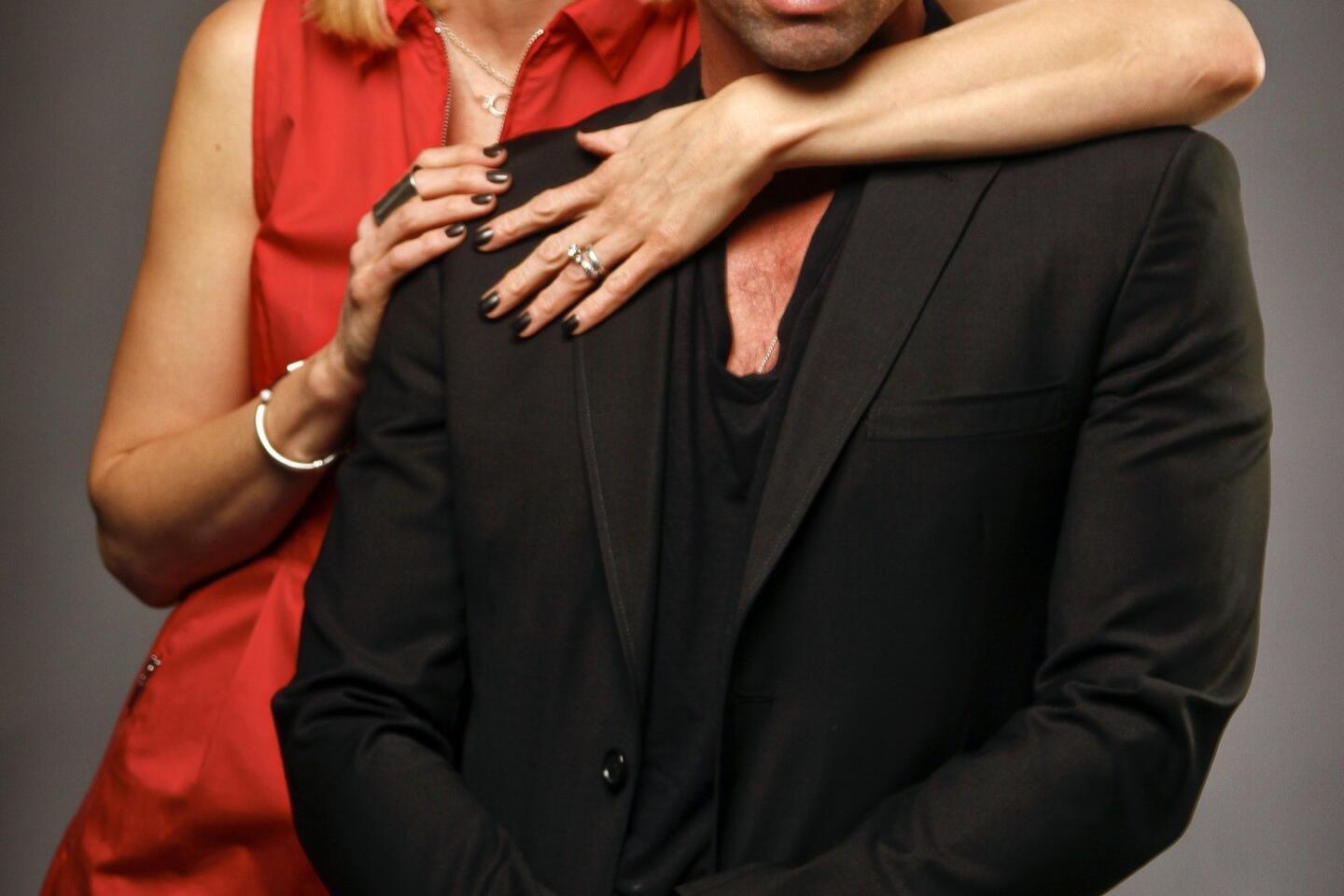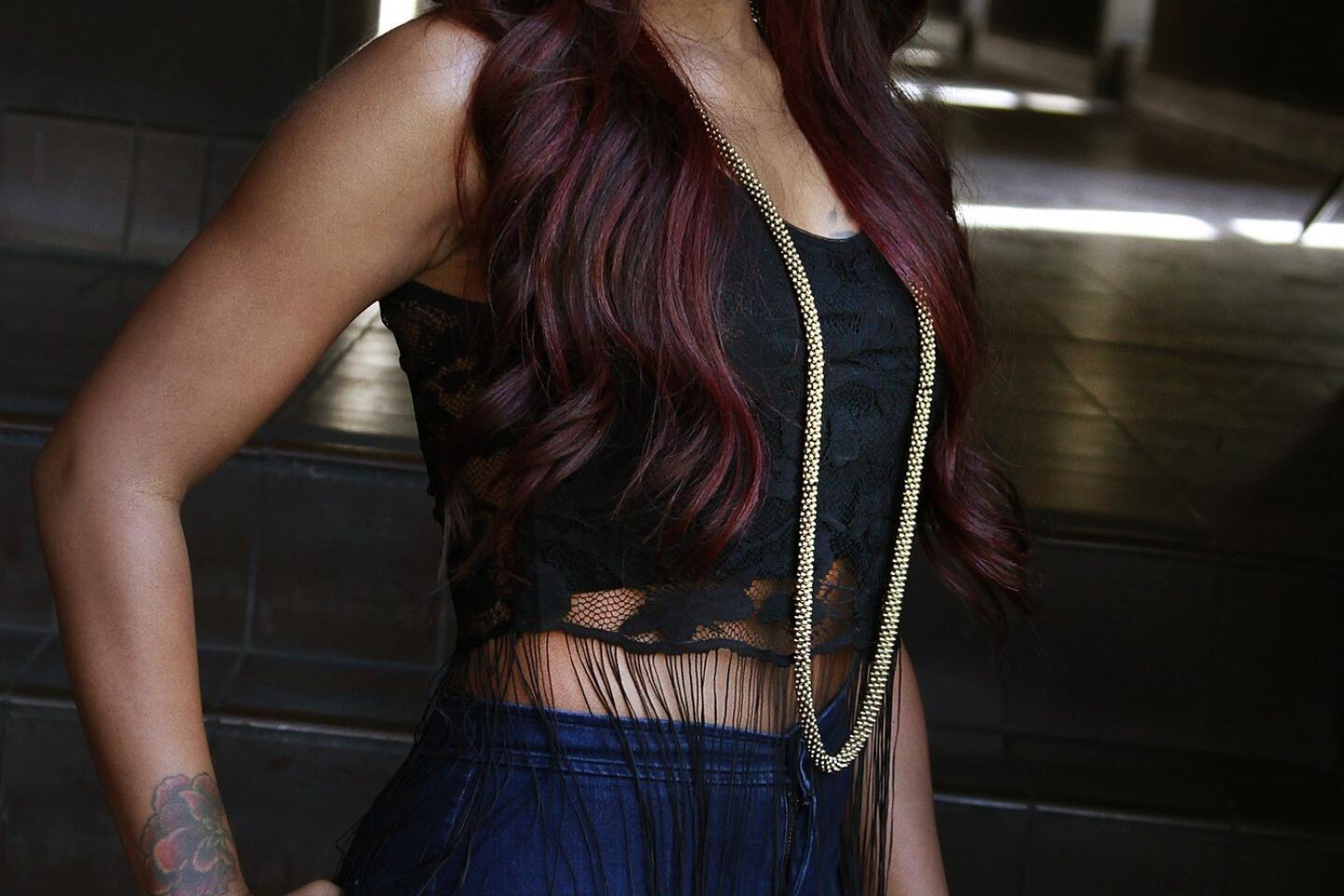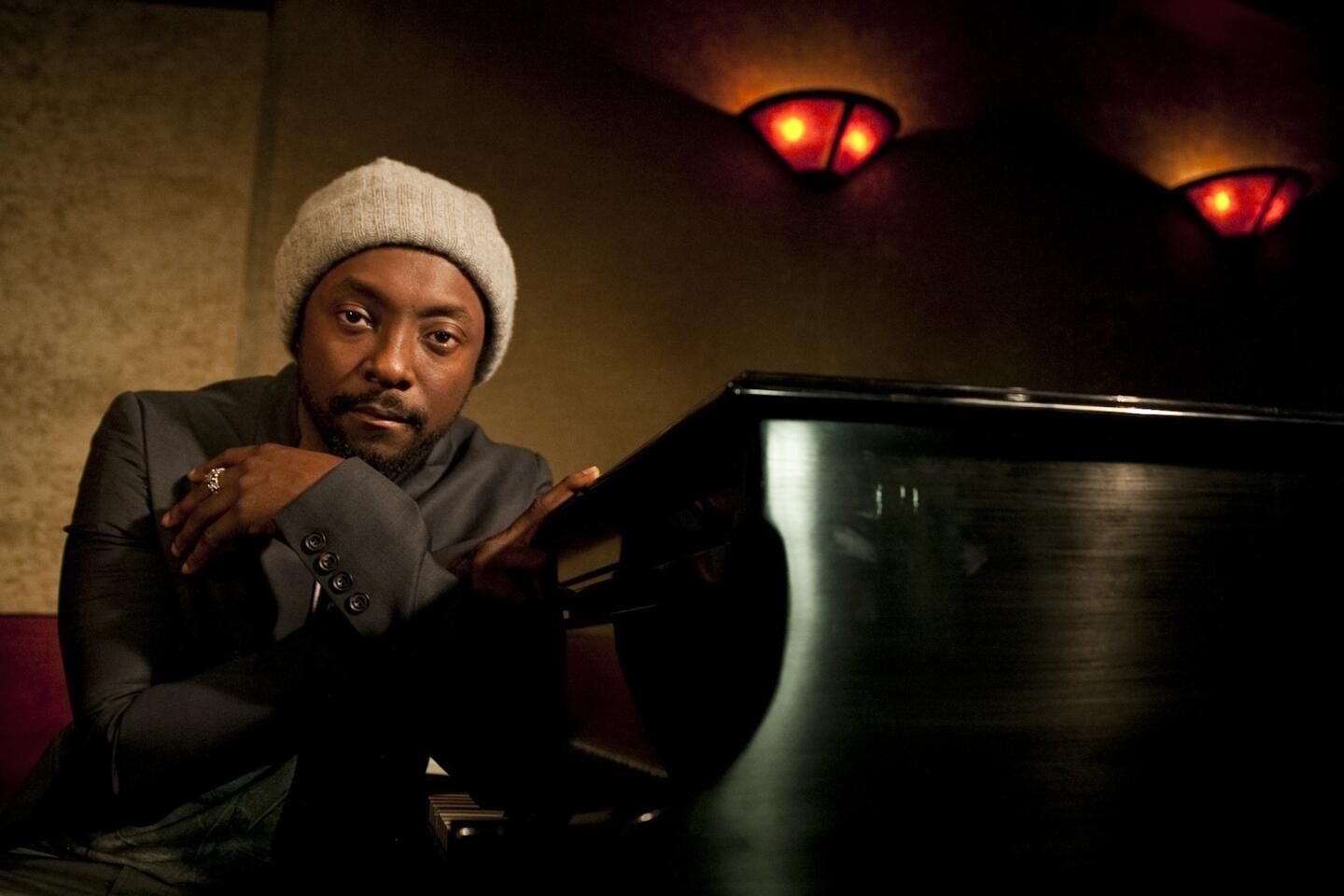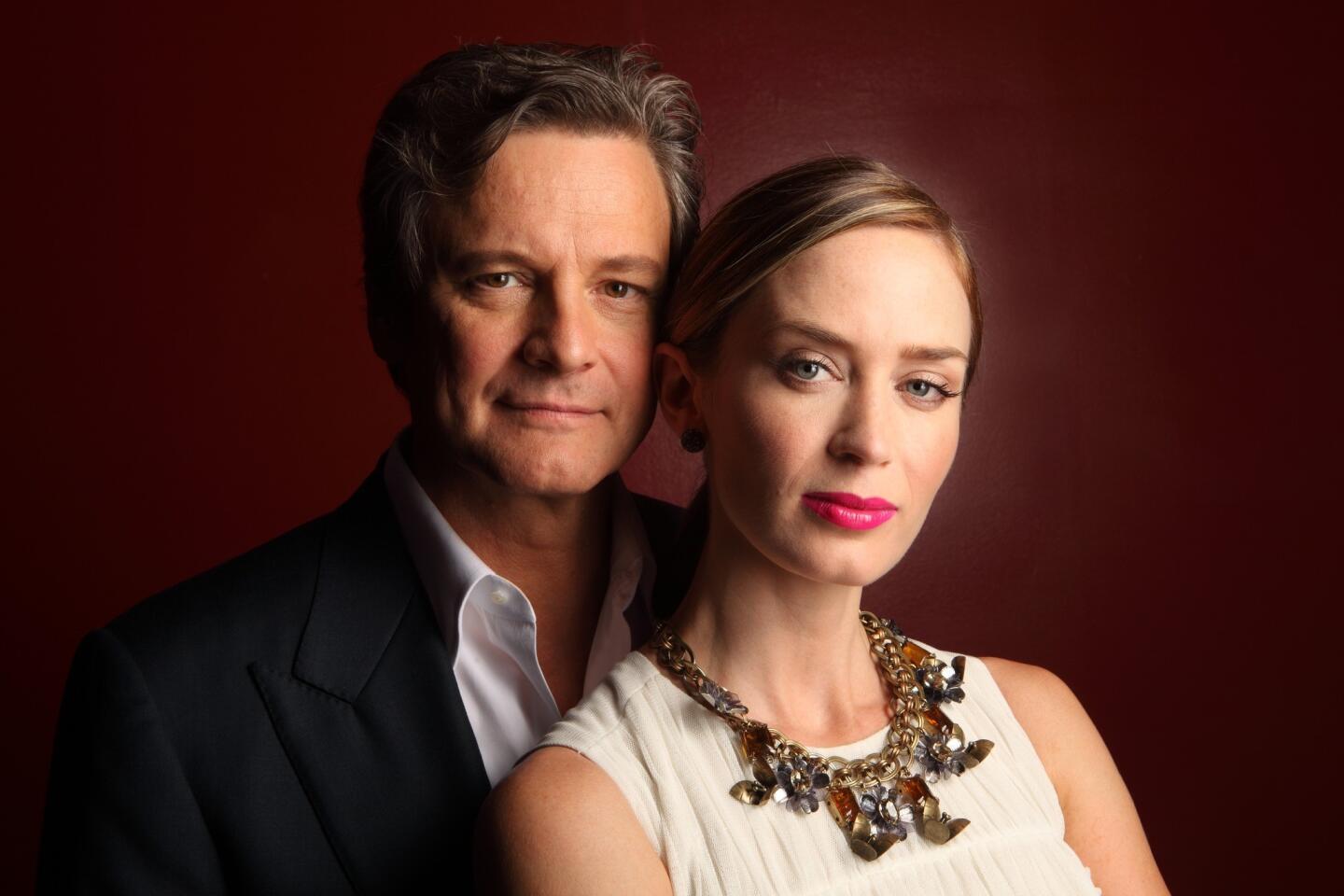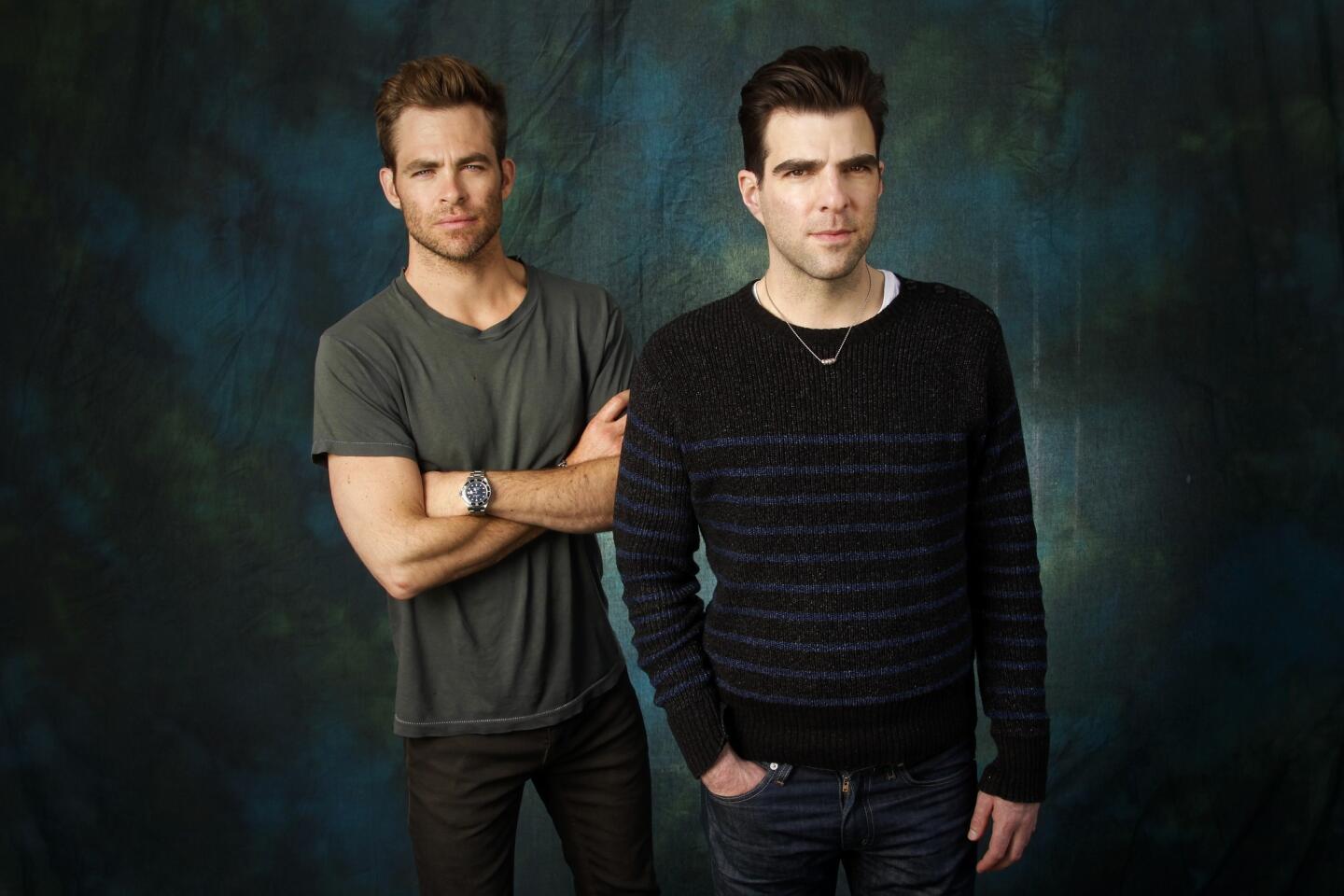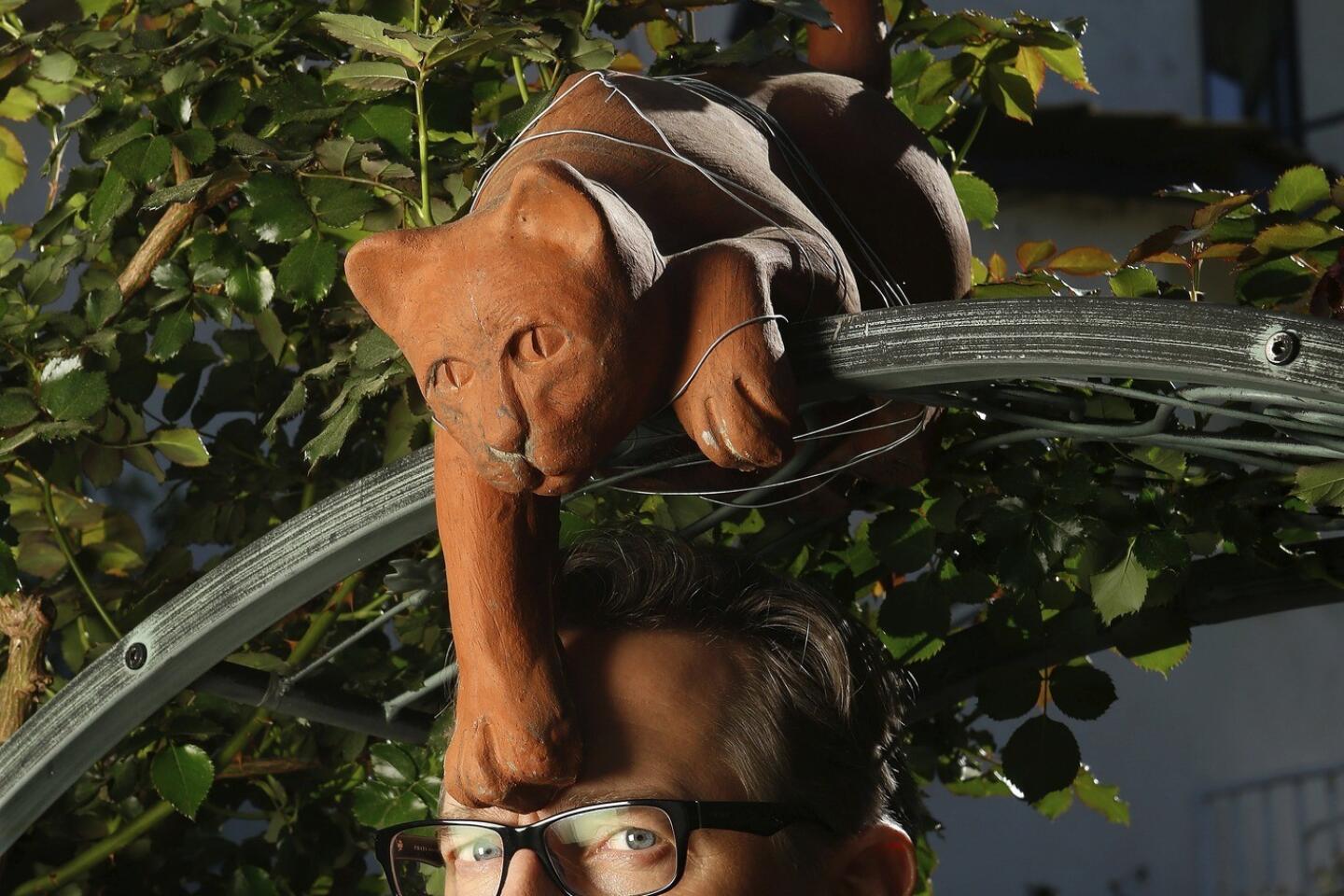Amanda Demme is glad to no longer be the life of the party
- Share via
This story has been updated. See note below.
Amanda Demme isn’t who she used to be. And that’s probably a good thing. Just ask her.
She’ll tell you she’s been in hiding for six years, casting off the pretensions that came with life as a famous (and infamous) Hollywood impresario.
“It was a great time,” Demme said last week of that raucous era at the Roosevelt Hotel, when A-listers clamored to get into her parties. “But it was a time. Lost my mind.”
PHOTOS: Celebrities by The Times
FOR THE RECORD:
Amanda Demme: In the May 4 Calendar section, an article about photographer Amanda Demme said that Demme’s work is being shown at the Venice gallery Oblivion. The gallery’s name is Obsolete.
Now 47, Demme lives a quieter existence as a fine art portrait photographer. Her days revolve around her utilitarian Atwater Village studio, a cavernous space filled with antique ephemera. Everyday objects from the 18th, 19th and early 20th centuries inspire her to create images so hyper-real, they’re often mistaken for oil paintings from some indeterminate past.
“It’s the most vulnerable place you can be,” Demme said of her life as a visual artist. She was traipsing around her studio as she spoke, draped in a vintage men’s jacket, her curly mane covered by a wide-brimmed felt hat she made herself, pausing periodically to dissect one of her images. “I’ve invested my entire world in this work.”
On Saturday, Demme debuts at the Venice gallery Obsolete, showing oversized portraits from her “Work” series. The only sign of her glamorous past are the few celebrity friends who served as subjects, actors Casey Affleck, Ione Skye, Jeanne Tripplehorn and Patricia Arquette among them. She says she doesn’t even know who’s invited to her private opening. “I don’t have anybody’s numbers anymore,” she said.
FULL COVERAGE: 2013 Spring arts preview
Still, Demme’s private opening on Wednesday night was so packed it was tough to see the art. It was a mature, but stylish crowd and not lacking in celebrity. Joaquin Phoenix, Maria Bello, Vince Vaughn and Gina Gershon milled around while lesser knowns ate spaghetti off small plates and marveled at the work’s realism.
On a cloudy afternoon last week, Demme was scrambling to prepare for the show. One of her long antique worktables was strewn with prints and she studied every one, as if seeing it for the first time. A dozen or more portraits were stacked against a far wall, each image depicting various shades of resignation and even naked despair.
In one, a Fatty Arbuckle type in an old-fashioned pilot’s helmet gazes at the darkness below as if preparing to leap. In a black-and-white photo next to it, Spike Jonze crouches in a makeshift phone booth with a fedora over his face, a la Buster Keaton. In another, Skye wears a vintage housekeeper uniform and vacuums with one hand at her brow. When asked if there’s a particular era she’s trying to telegraph, Demme shook her head.
“It’s more about an emotional state,” she said. “Each one of the characters is an extension of me. Abandonment. Loneliness. Isolation. Some things I feel every day.”
Demme doesn’t elaborate because she doesn’t really have to; the details of her tragedy have been public for years. Her filmmaker husband, Ted Demme, died in 2002 of a heart attack at age 38 after playing a charity basketball game, leaving Demme to raise her 6-week-old son and a 4-year-old daughter. She was forced to grieve publicly while groping for a new identity, because, as she told The Times in 2004, “I sunk my entire persona into the backbone of that man.”
Demme continued her rise as a music supervisor, with films such as “Garden State” and “Mean Girls.” Then she branched out to event production and in 2005 was hired by Thompson Hotels to give the nightclubs in the newly renovated Roosevelt some celebrity cred.
PHOTOS: Arts and culture in pictures by The Times
It worked — too well. In a matter of weeks, celebrities packed the poolside Tropicana Bar, and anybody else who made it past Demme’s velvet rope could consider it a career achievement in itself. In one three-week period, Courtney Love left in an ambulance and Demme herself ended up in police custody for a noise violation.
Then, former Denver Broncos star Terrell Davis sued the hotel for alleged discrimination over a tussle at the Tropicana. (That part of the suit was later dismissed.) Complaints of underage drinking and noise became routine. Hotel management eventually got fed up with the drama and three days after Demme got Prince to play a show in the lobby, surprised her with an email, terminating her contract.
“It ended in a real fury,” she says now, “for no fault but my own.”
Demme says the grind of nightclubs “threw me into isolation” and she began earning a more discreet living designing rooms in celebrity homes. On a whim, she took up photography in 2010, hiring art students to teach her the basics so she could cultivate her own style. Right away, Demme started photographing friends in her Studio City home with no intention of selling or even exhibiting her work.
A few of those early black-and-white portraits hang in her studio. There’s Phoenix getting punched in the face while smoking a cigarette, an image published in Interview magazine late last year. Another shows Sting’s daughter, actress Mickey Sumner, a blur in motion. Gradually, Demme started bringing the antique objects into her shoots and the work began to morph into something more emotional and dark, even cinematic.
Obsolete gallery owner Ray Azoulay heard about the portraits through a mutual friend. At first, he was skeptical, but the mystery and timelessness of Demme’s portraits intrigued him.
“They’re conveying a lot in this very still type of image,” he said. “When you see how the work has evolved, it gets more interesting and dynamic.”
Demme’s evolution from a spirited self-promoter in leather pants with celebrities on speed-dial to a self-conscious Atwater Village artist who hates to have her picture taken and tells a reporter, “I don’t care who’s hot and who’s not,” may not be as great a leap as it sounds.
Some mellowing comes with age and Demme is the first to admit the rigors of parenting have shifted her priorities. “I would never ever go back to the nightclub business,” she said, particularly now that her daughter is 16 and has “the hustle” that fueled her ambitious parents. Besides, Demme says nightclubs are about selling drinks and she was more invested in the art of the experience.
“Amanda was always an artist,” said event producer Bryan Rabin, a longtime friend who’s coincidentally part of the team relaunching Teddy’s, the club that ended Demme’s era at the Roosevelt. Still, he said, her portraits are especially masterful.
As a nightclub entrepreneur, Demme was expert at “building a room,” choosing a precise mix of guests, sculpting space with light and shadow, cultivating a mood until the entire experience was something akin to performance. Now, said Rabin, “she’s just following her heart and her authentic self.”
In her vast work space, Demme is eager to show the corner where she crafts hats, the loft where she paints massive backdrops and builds lights. She explains that her portraits demand 20 pieces of lighting that take two hours to set up, that she often spends an entire day with one subject, occasionally driving them to an emotional breaking point just to get her shot.
“I only want the honesty,” she explained. “I want to show people who they really are.”
[For the record, May 4, 3:10 p.m.: In the May 4 Calendar section, an article about photographer Amanda Demme said that Demme’s work is being shown at the Venice gallery Oblivion. The gallery’s name is Obsolete.]
More to Read
The biggest entertainment stories
Get our big stories about Hollywood, film, television, music, arts, culture and more right in your inbox as soon as they publish.
You may occasionally receive promotional content from the Los Angeles Times.
